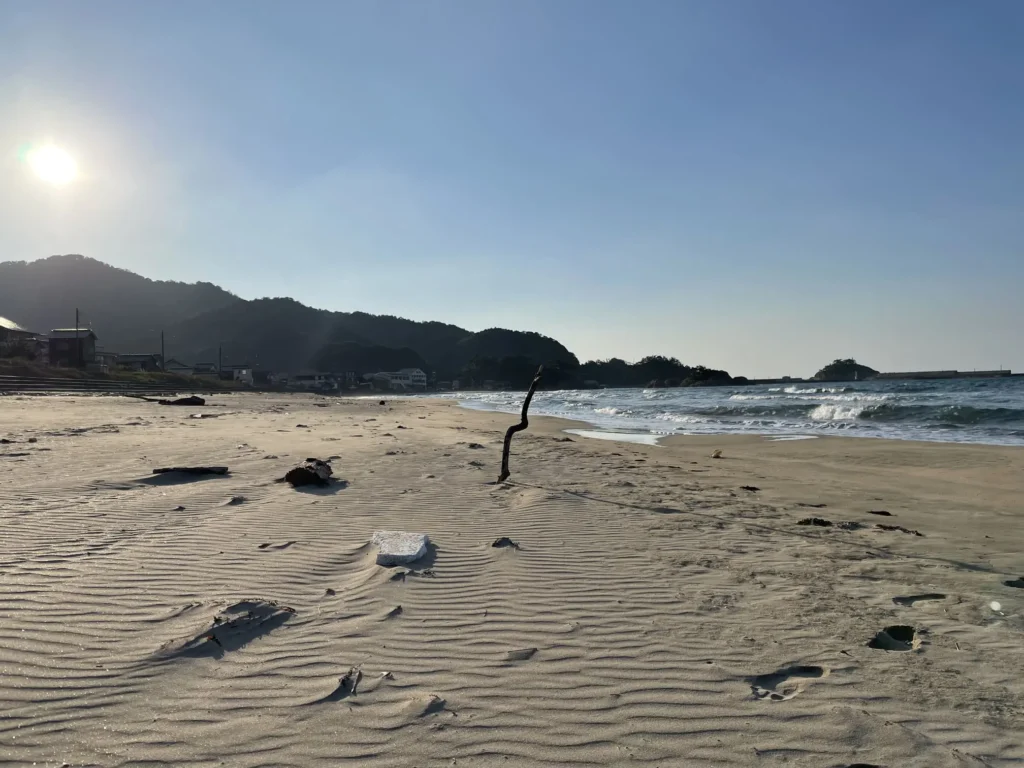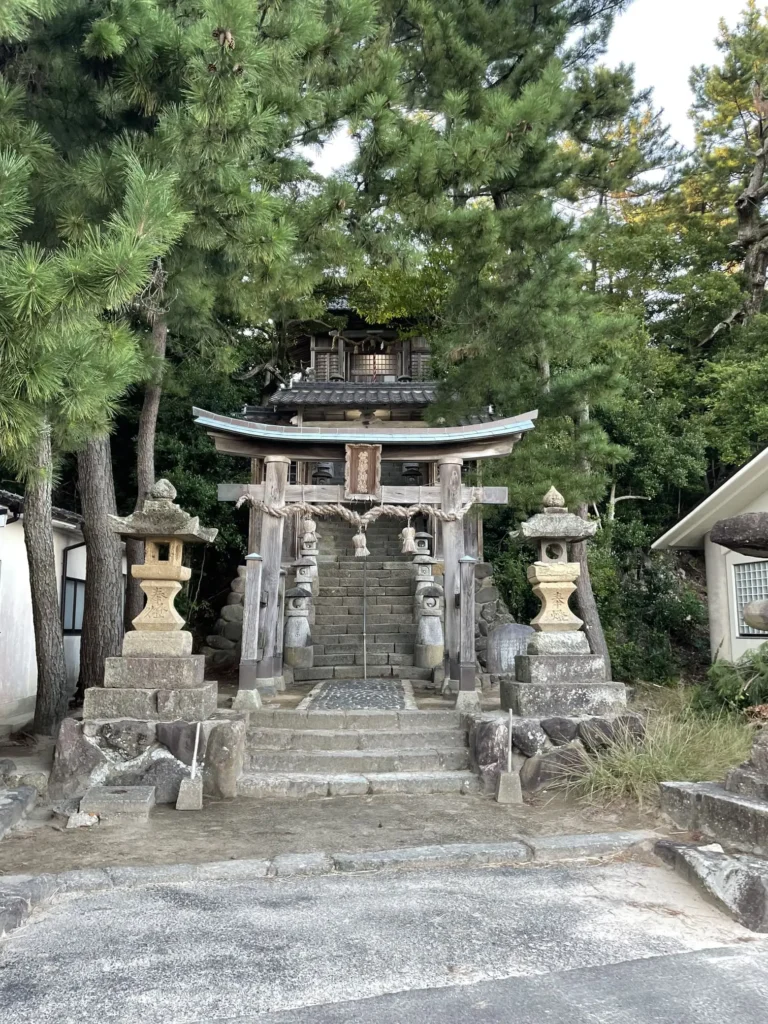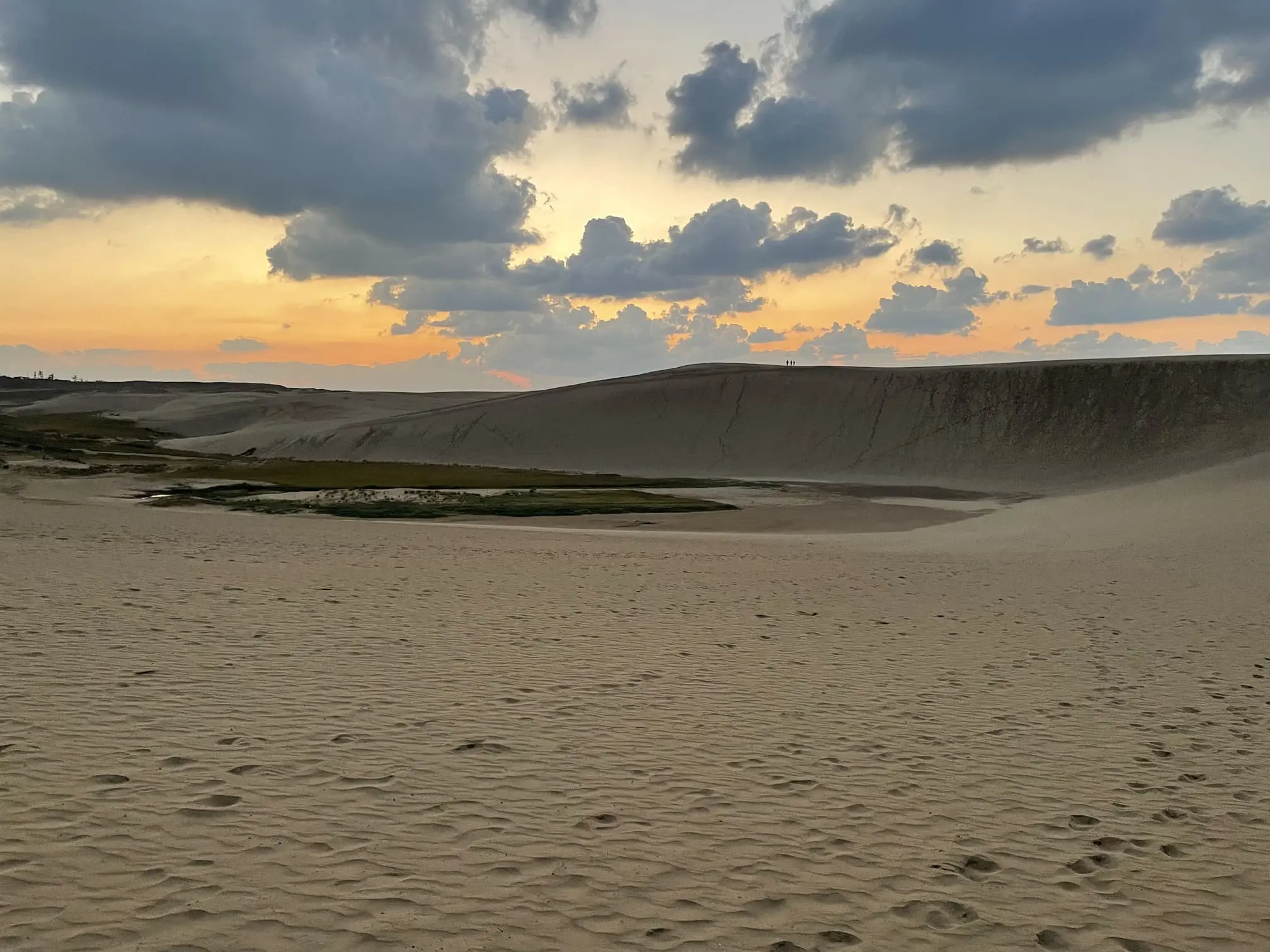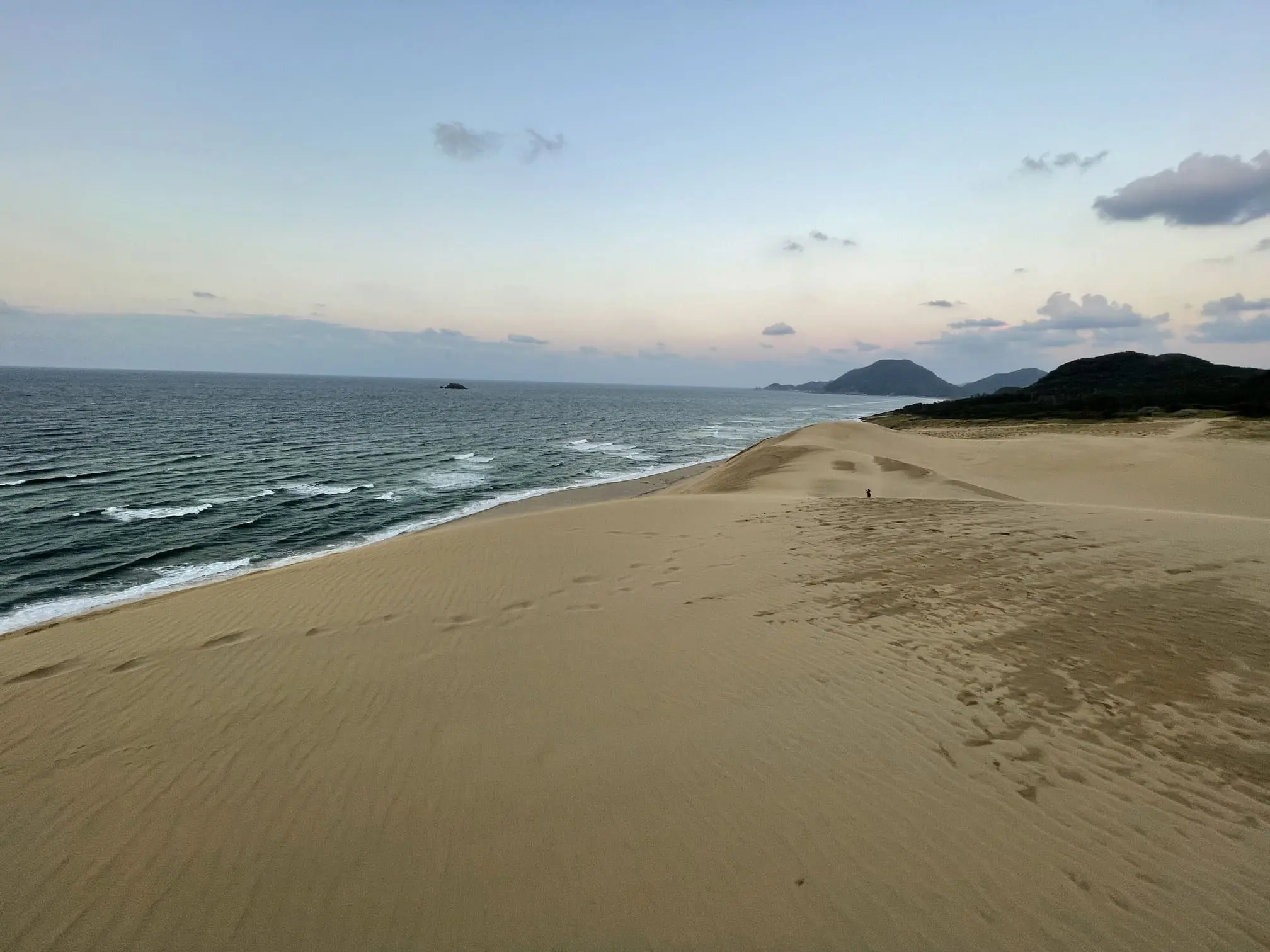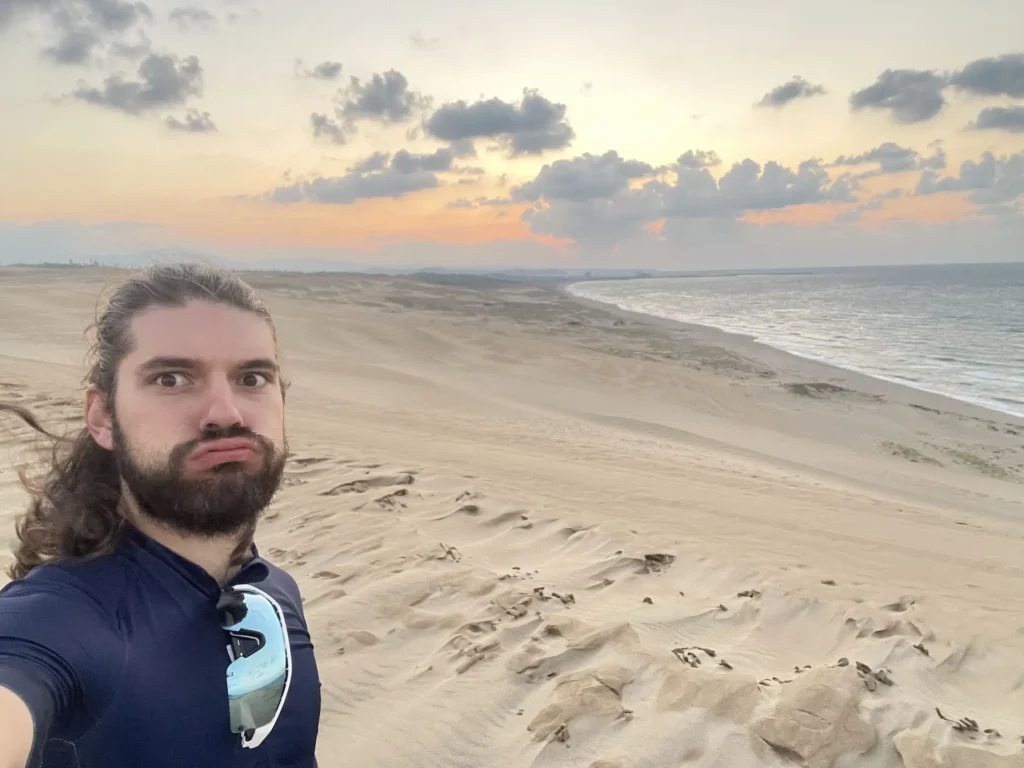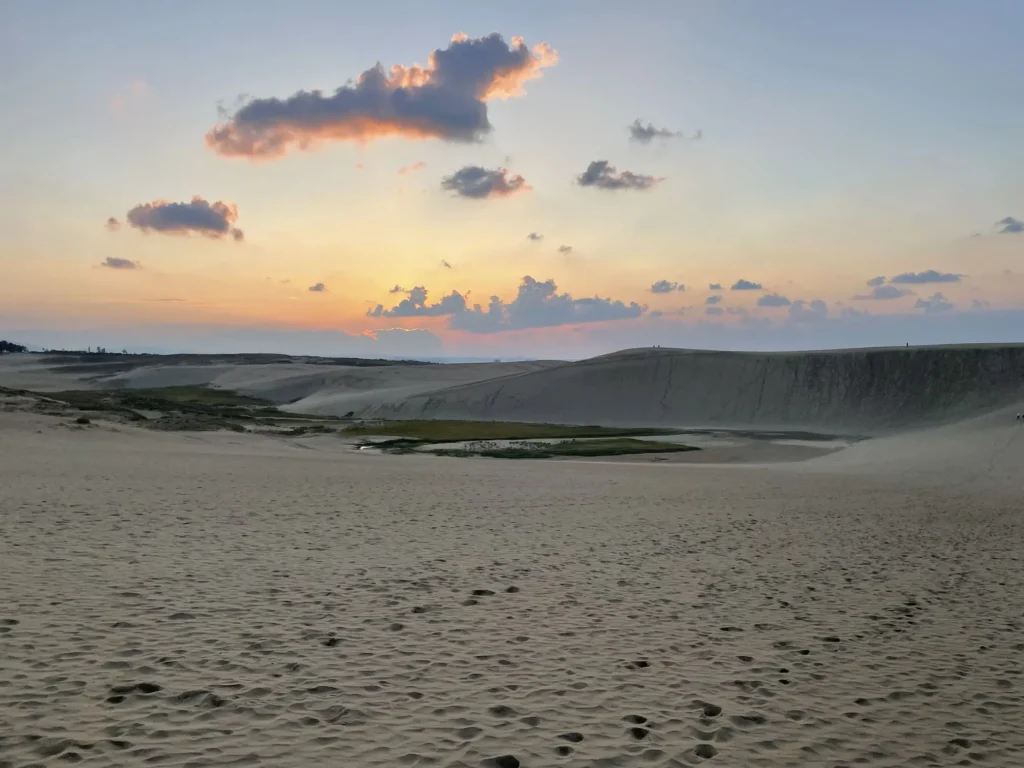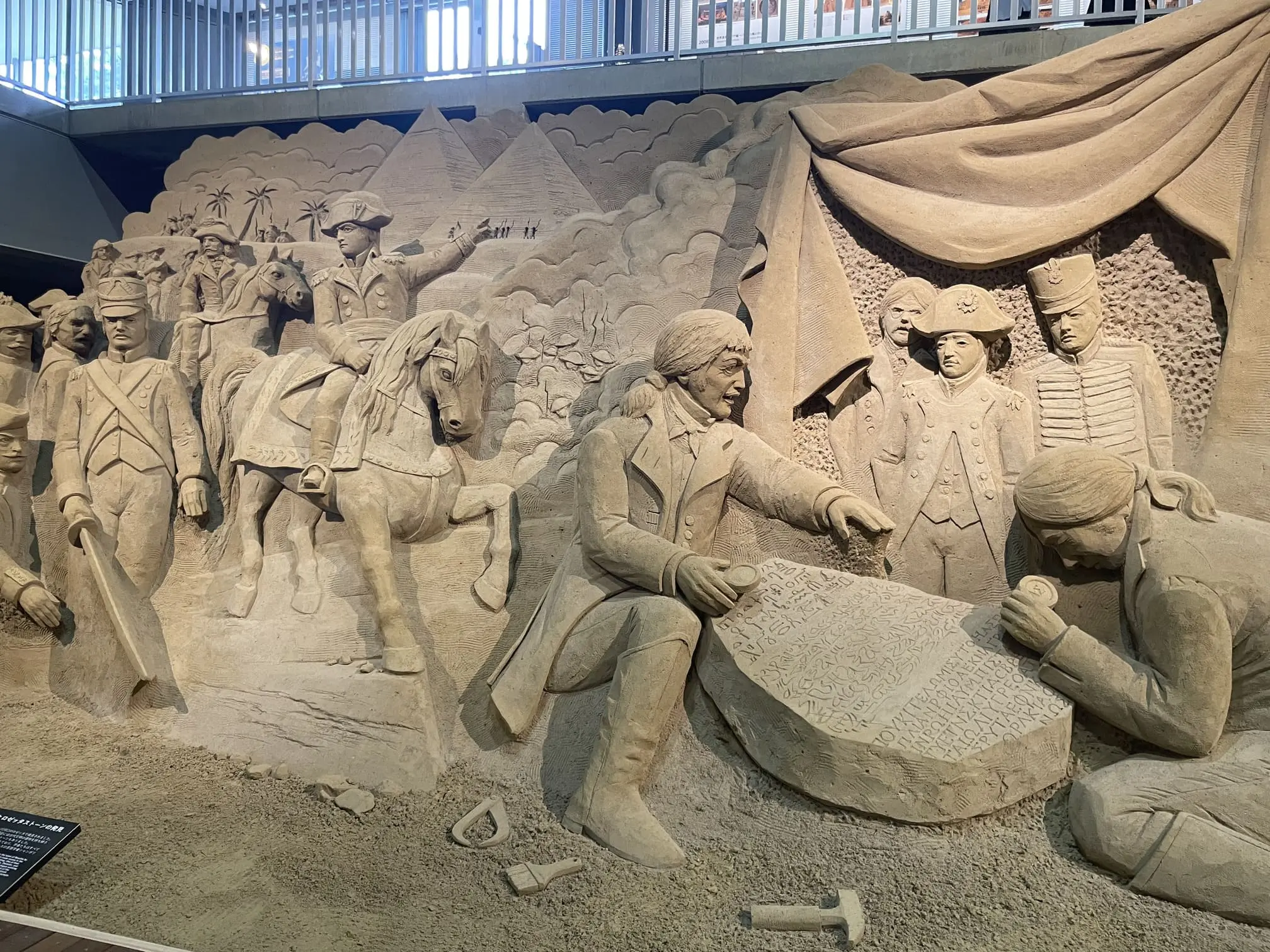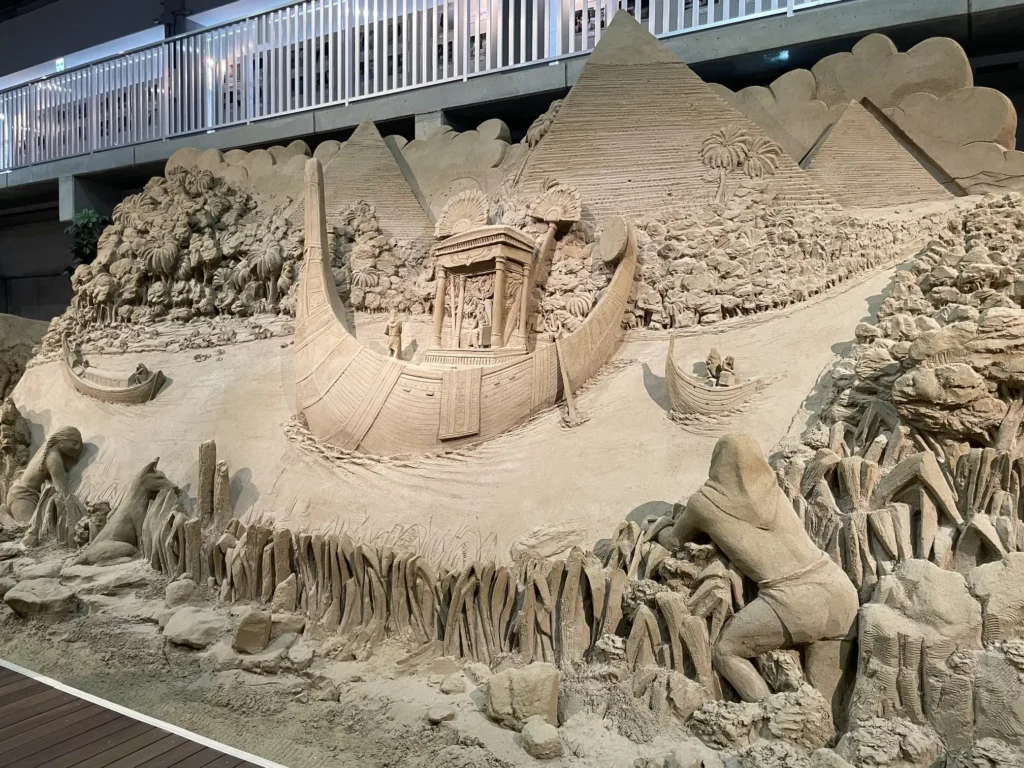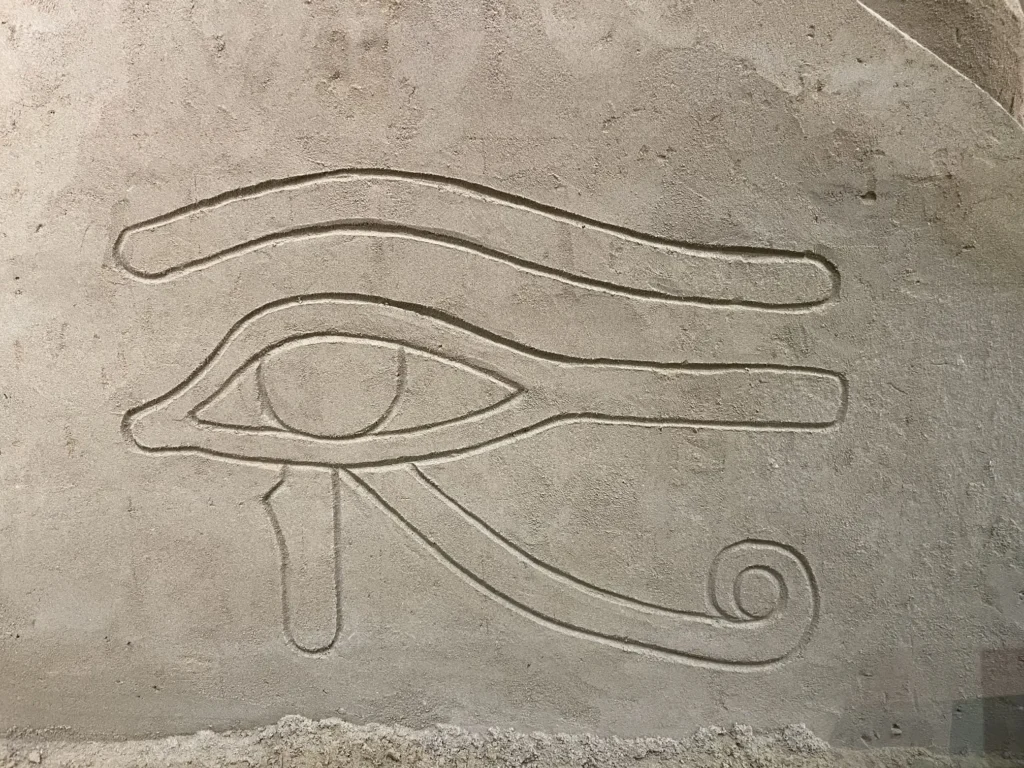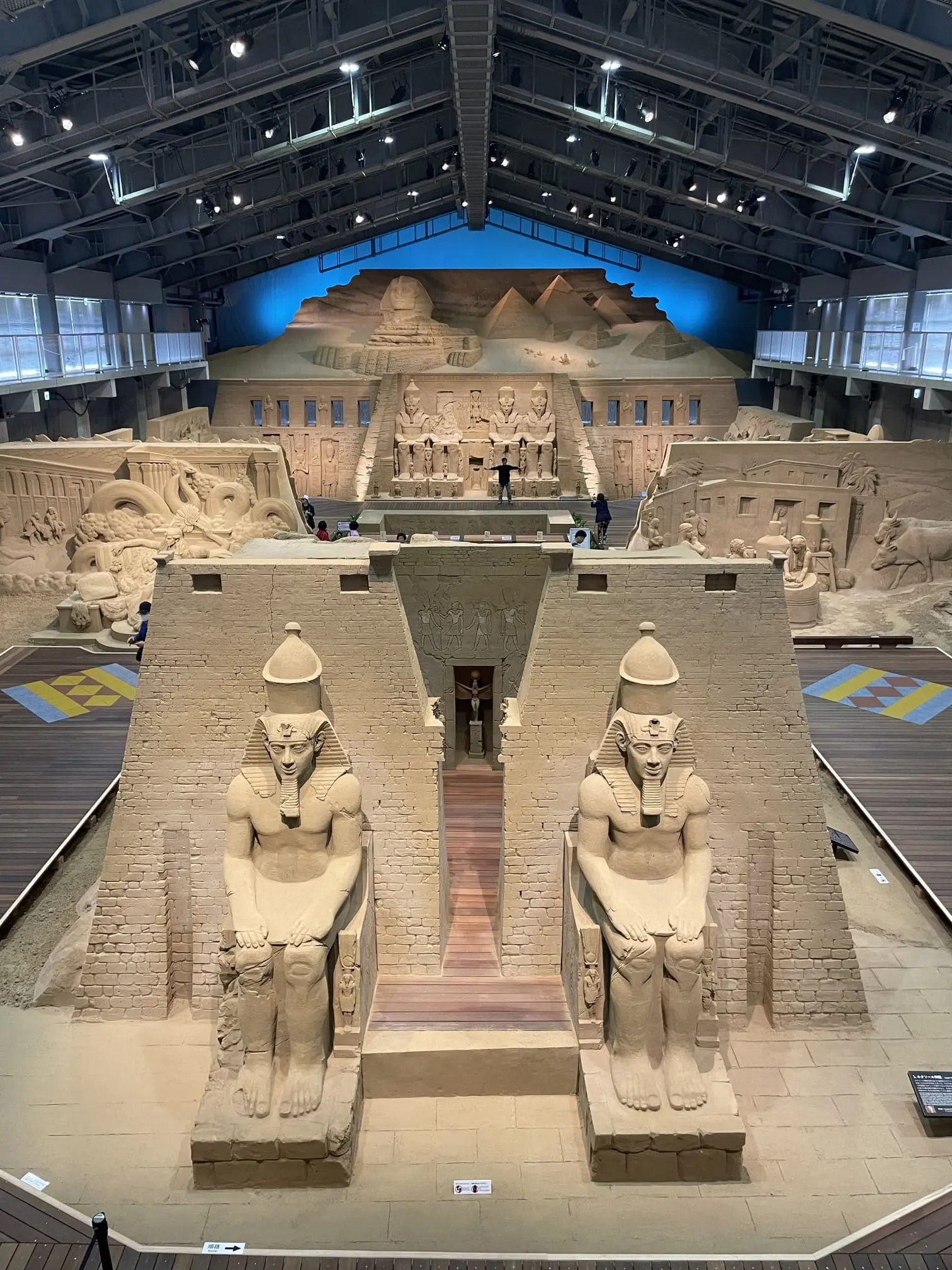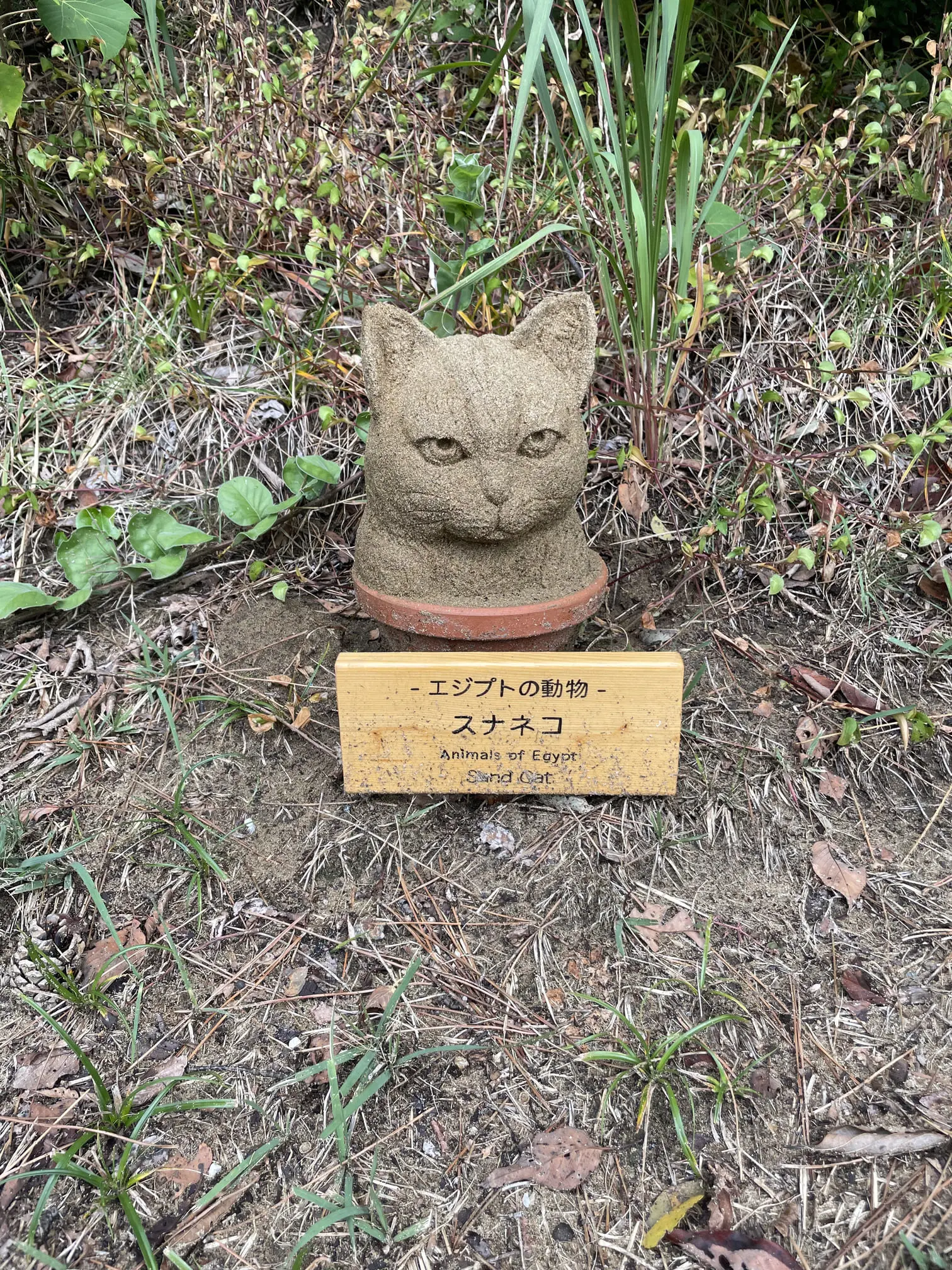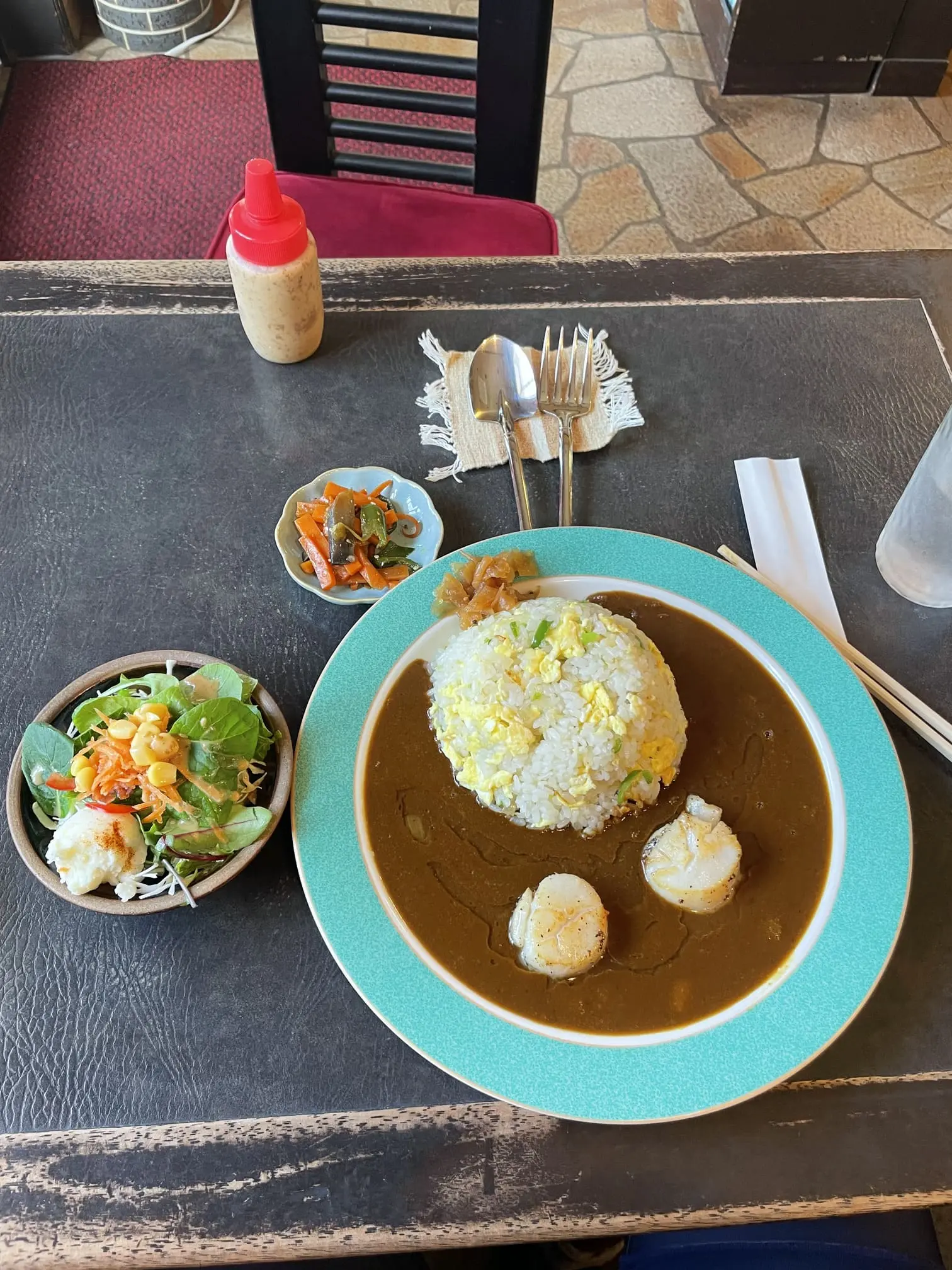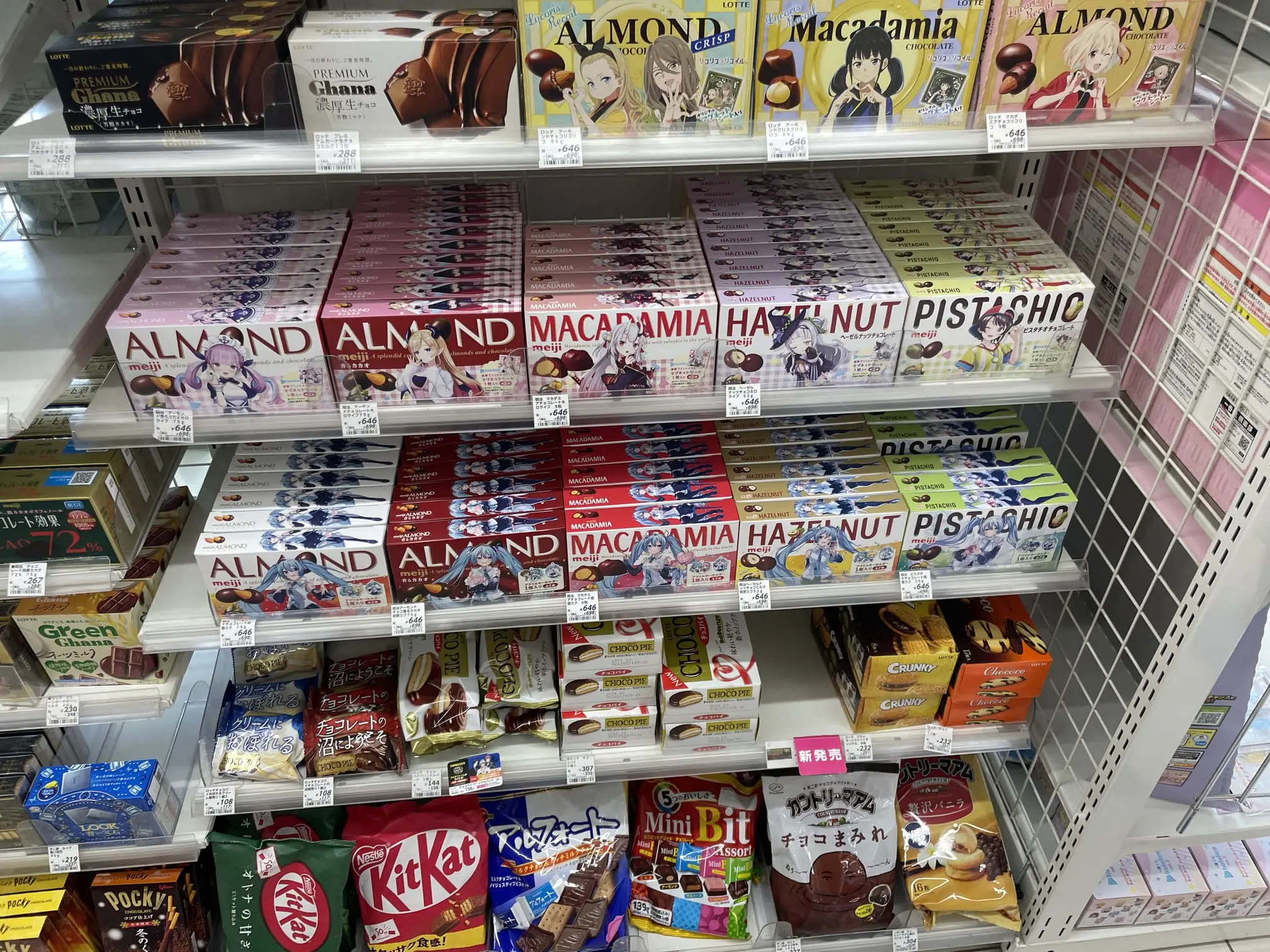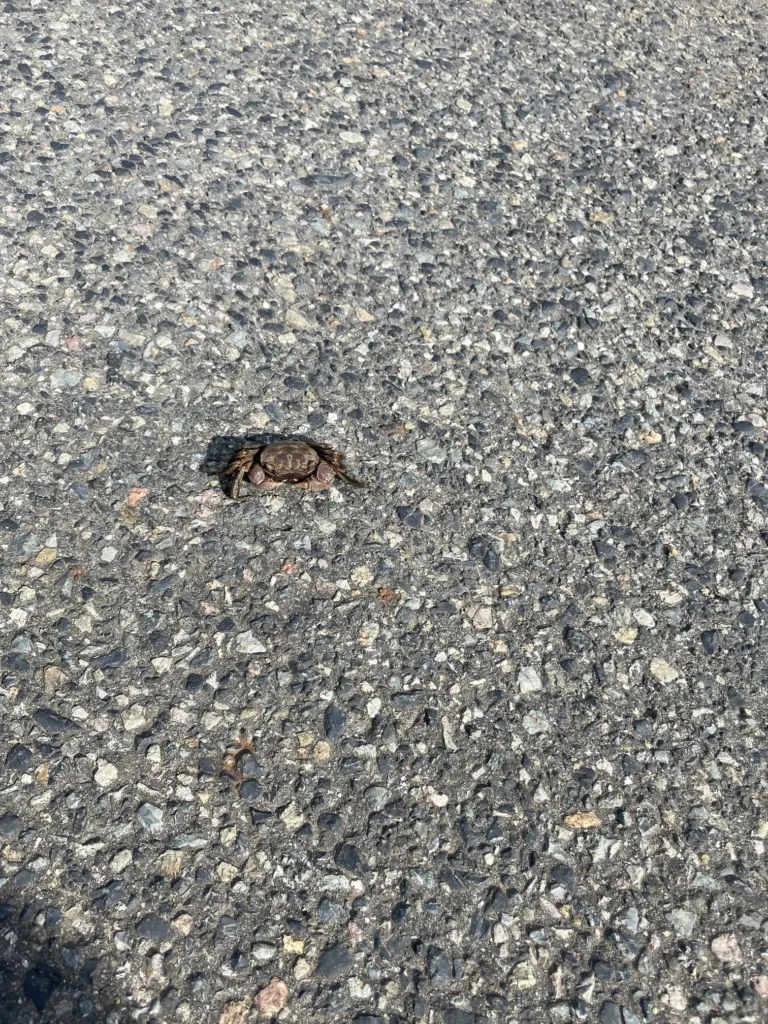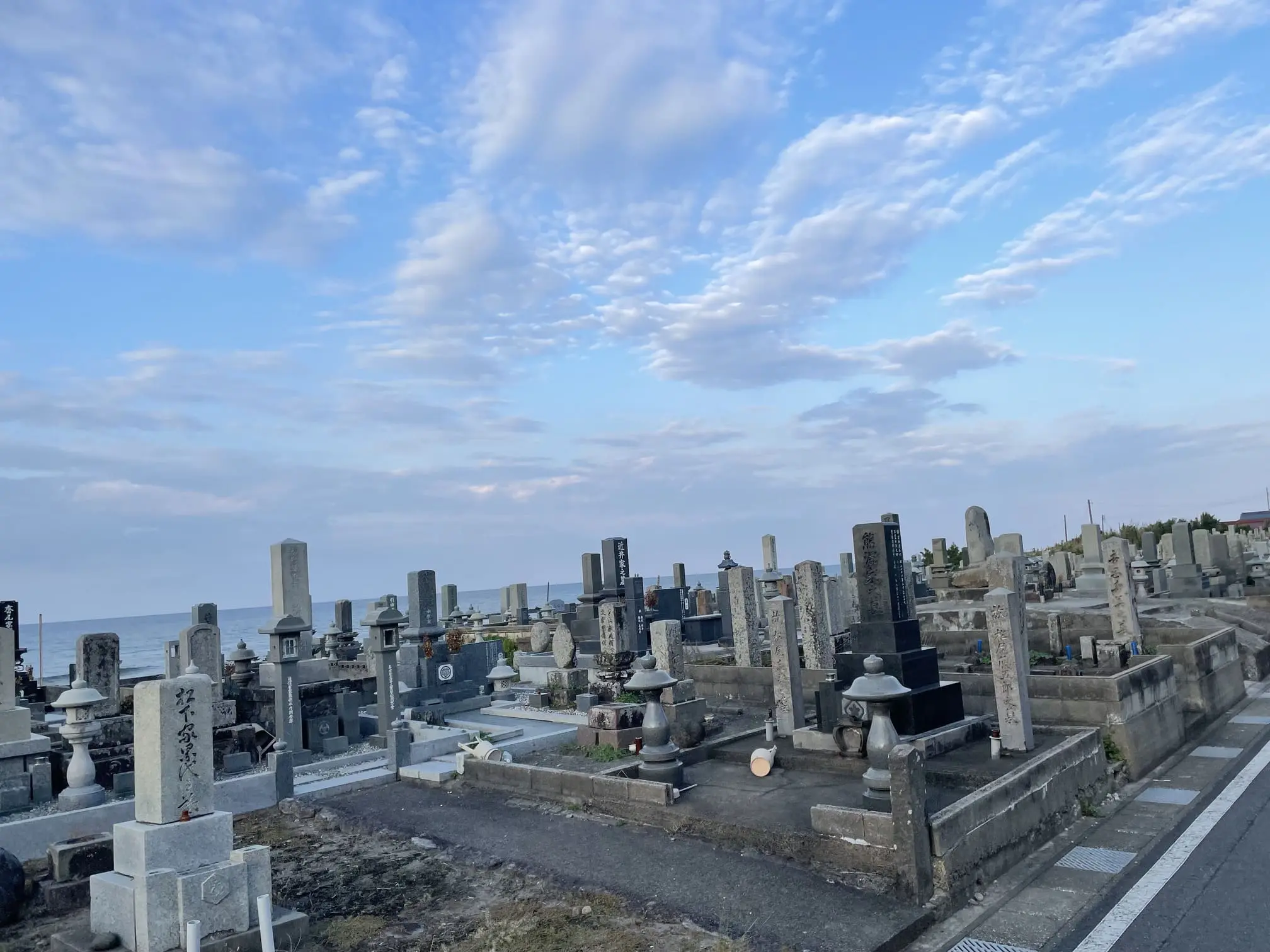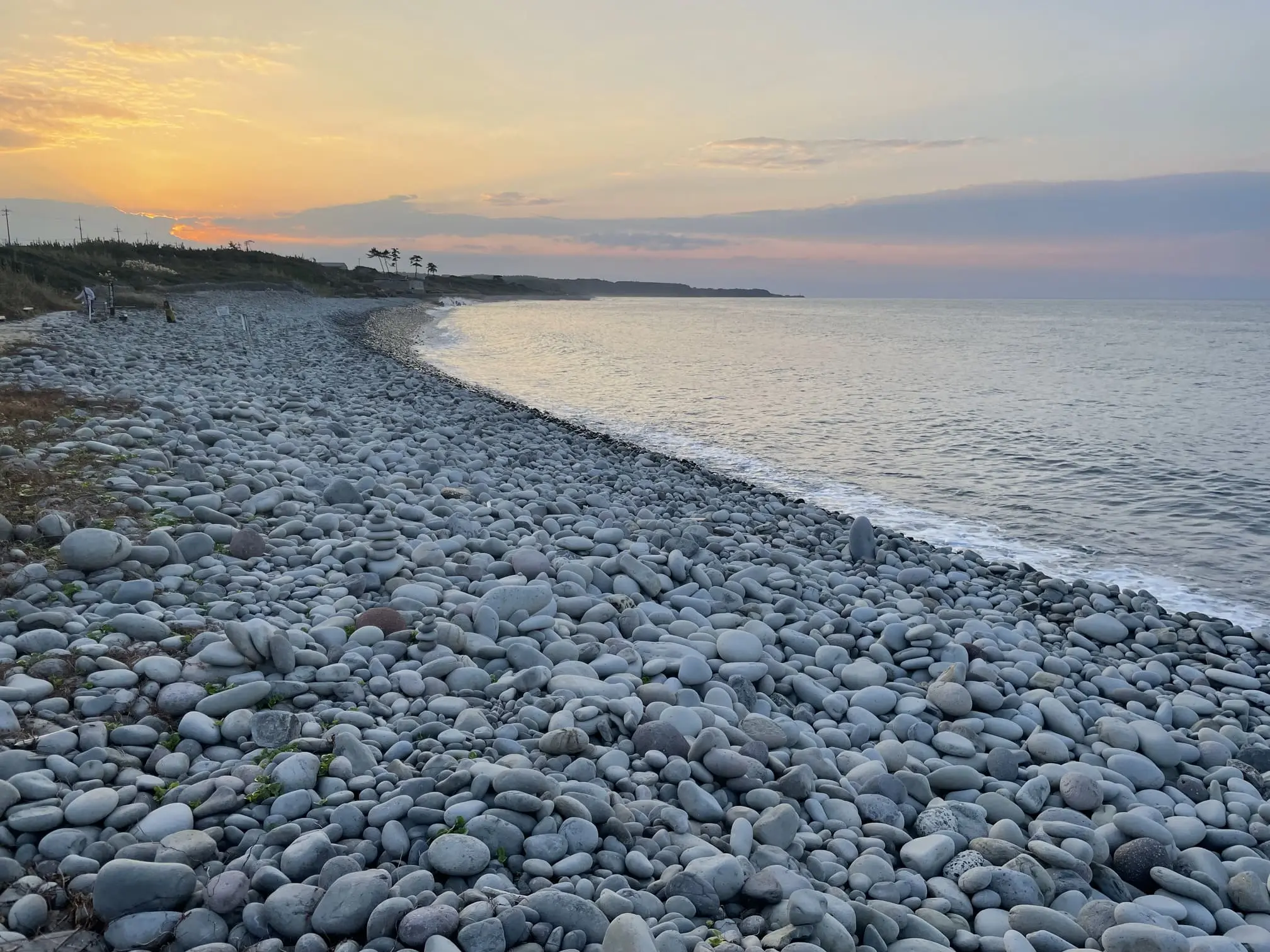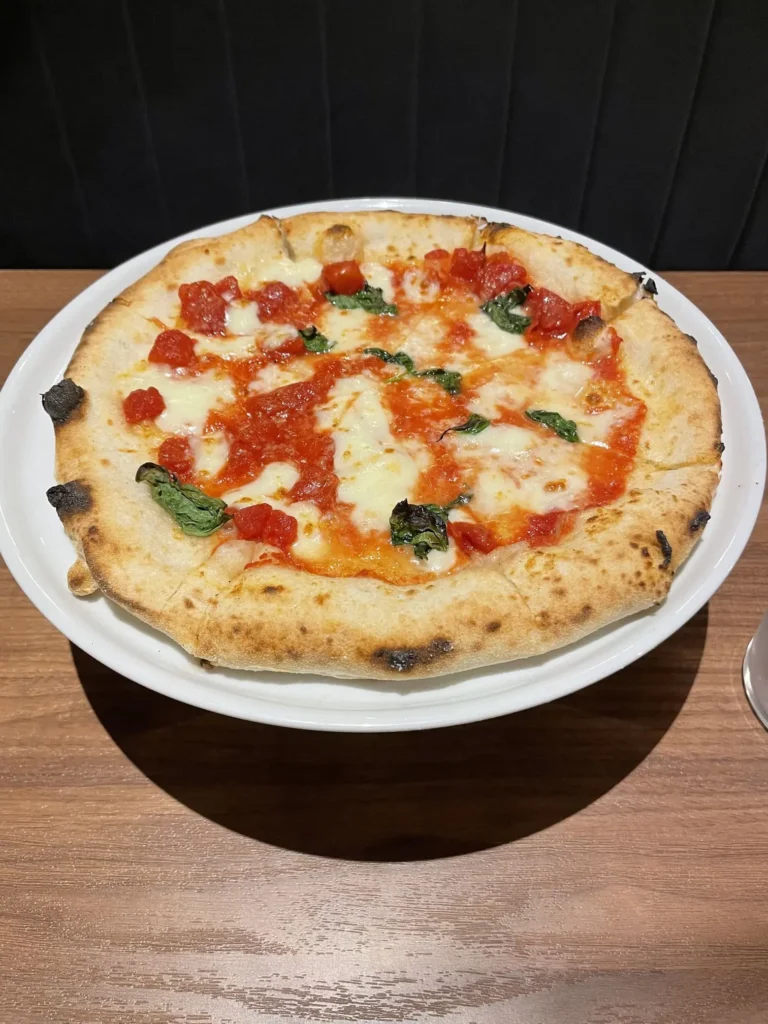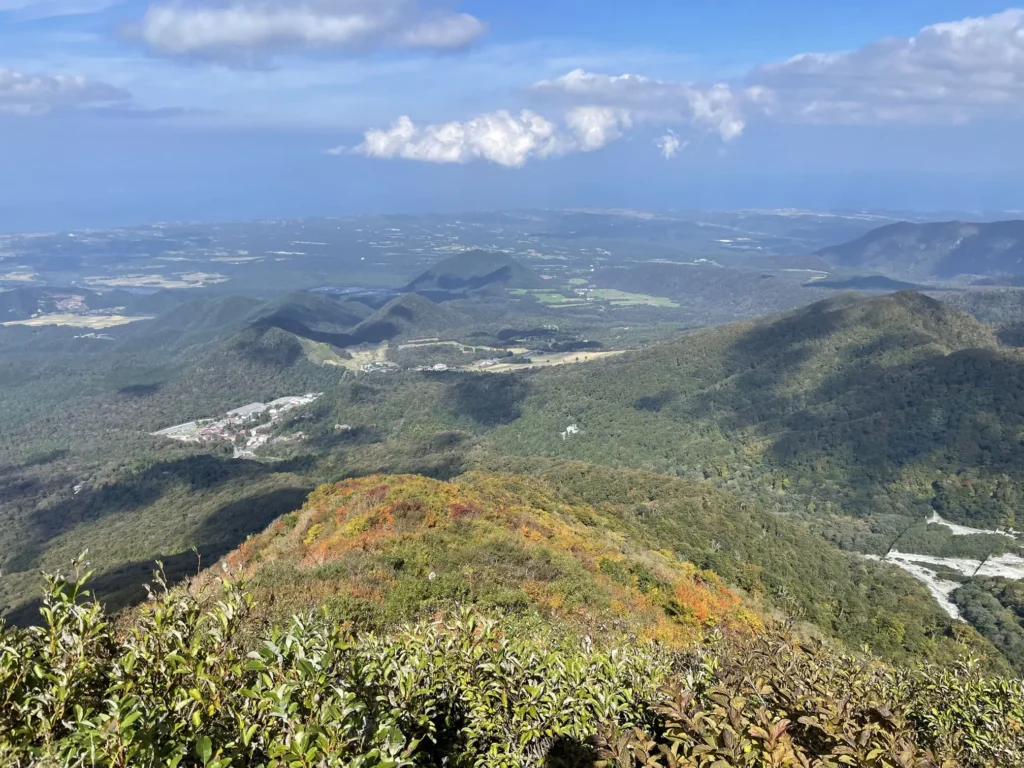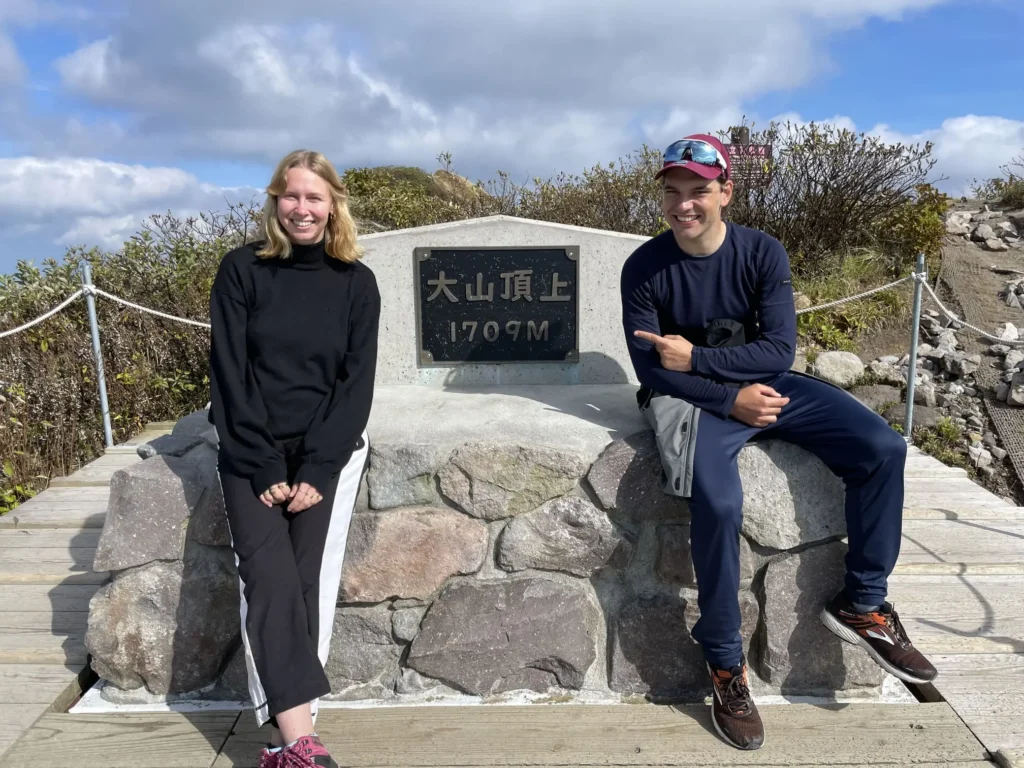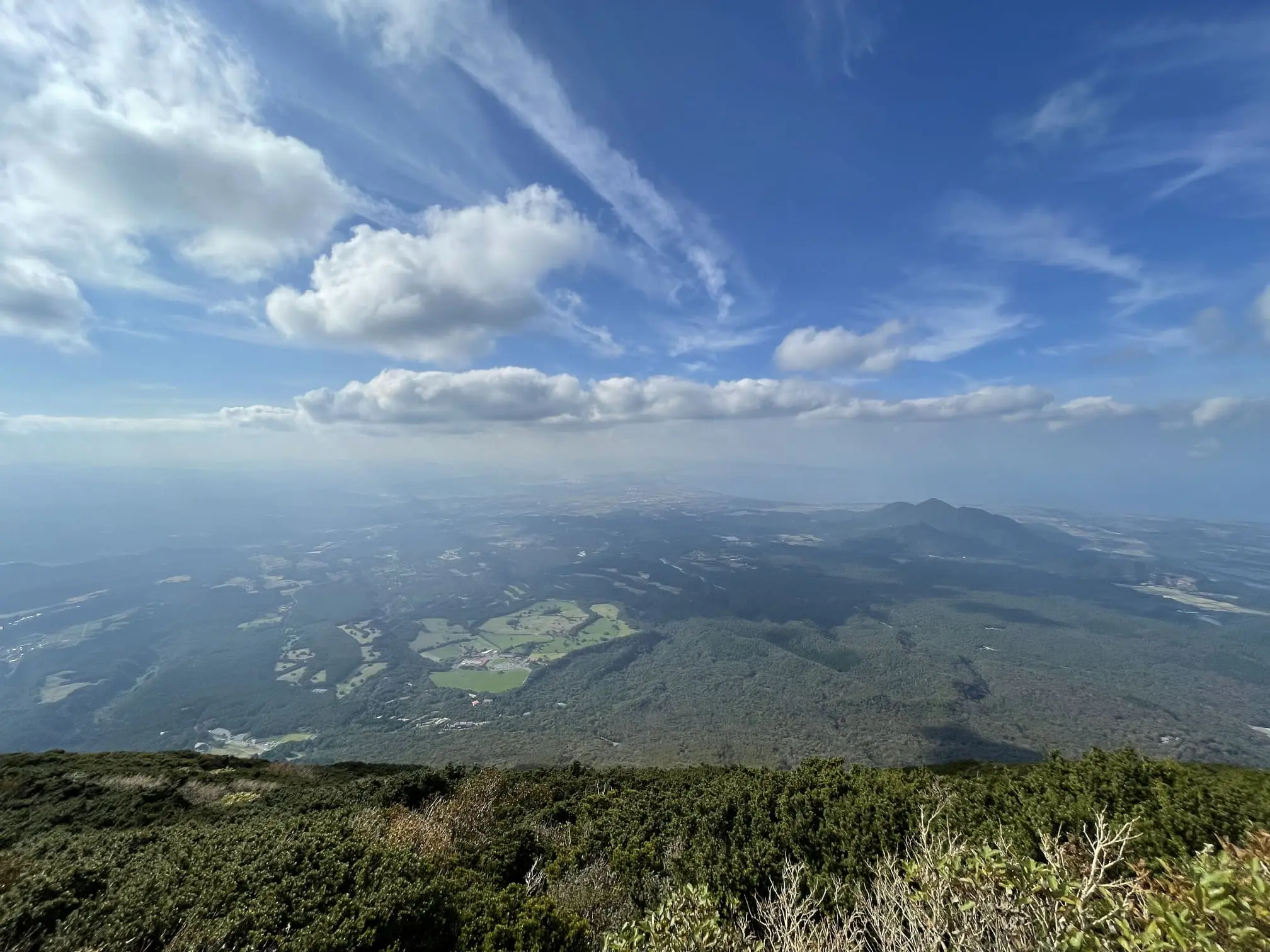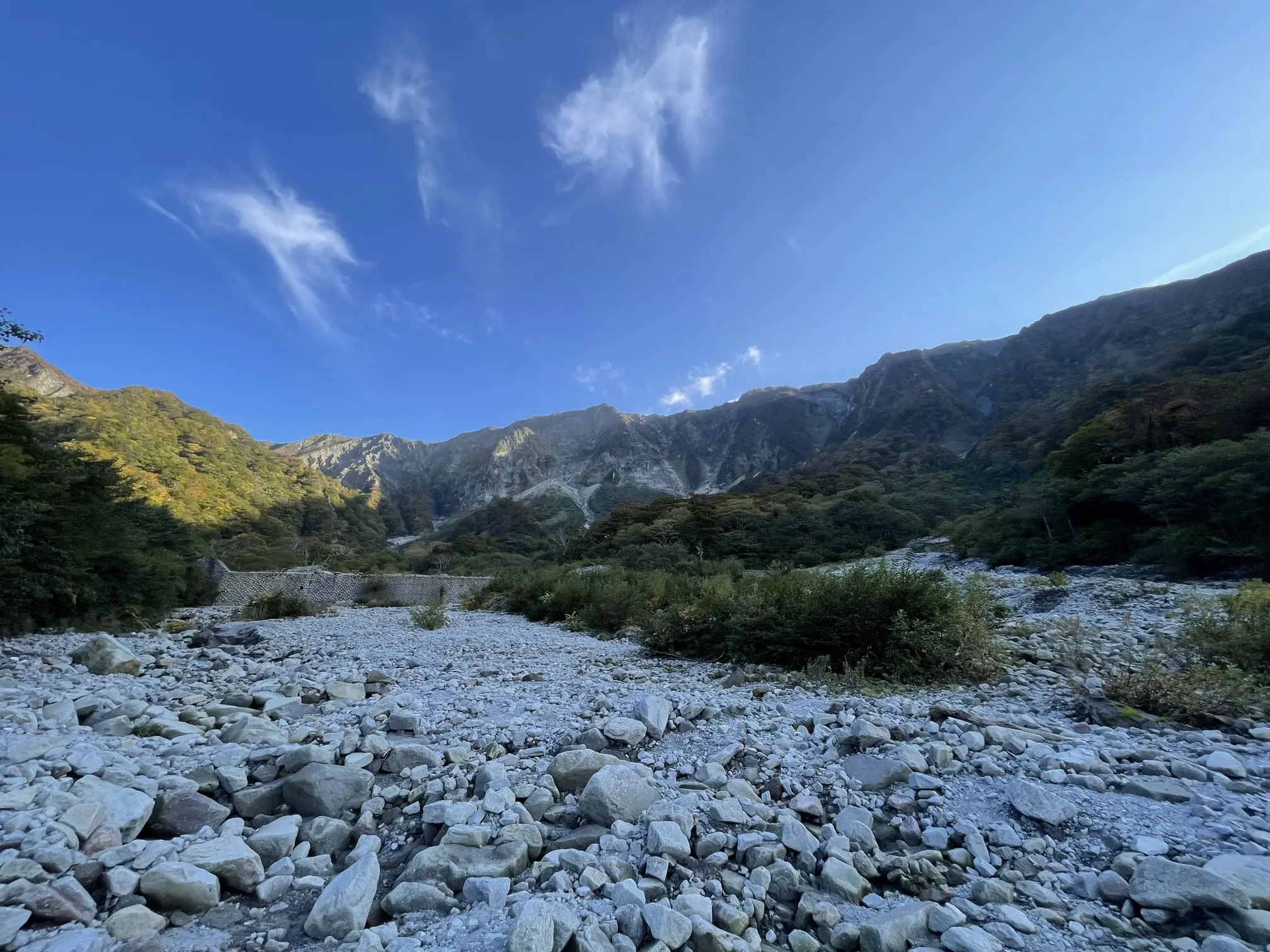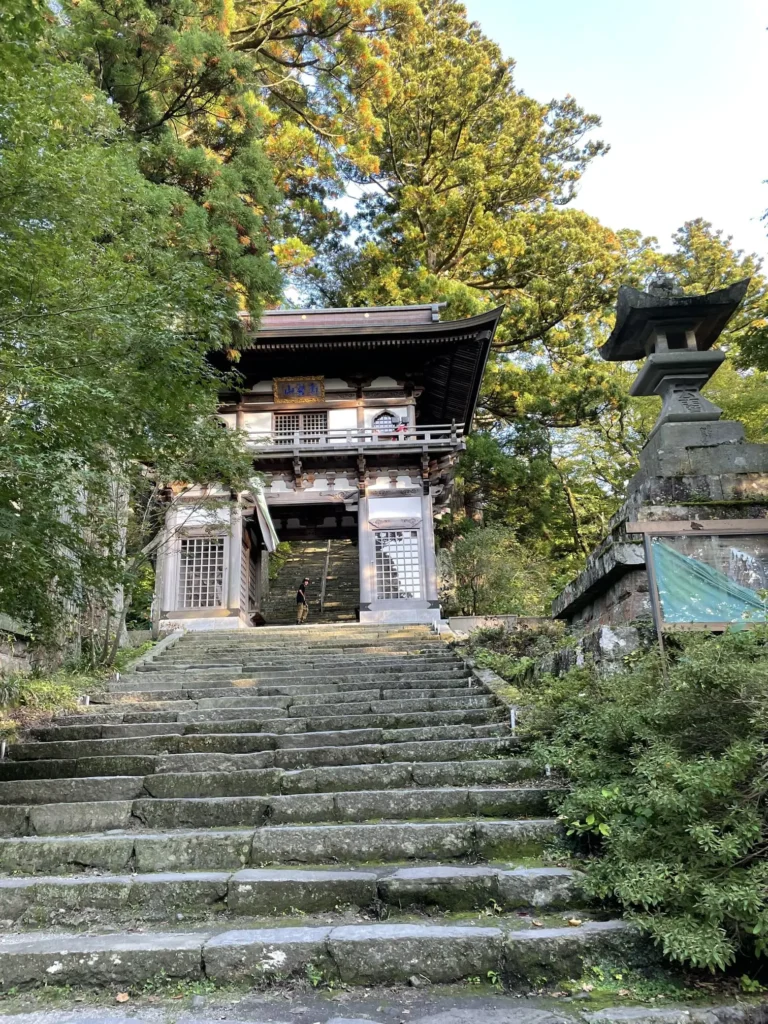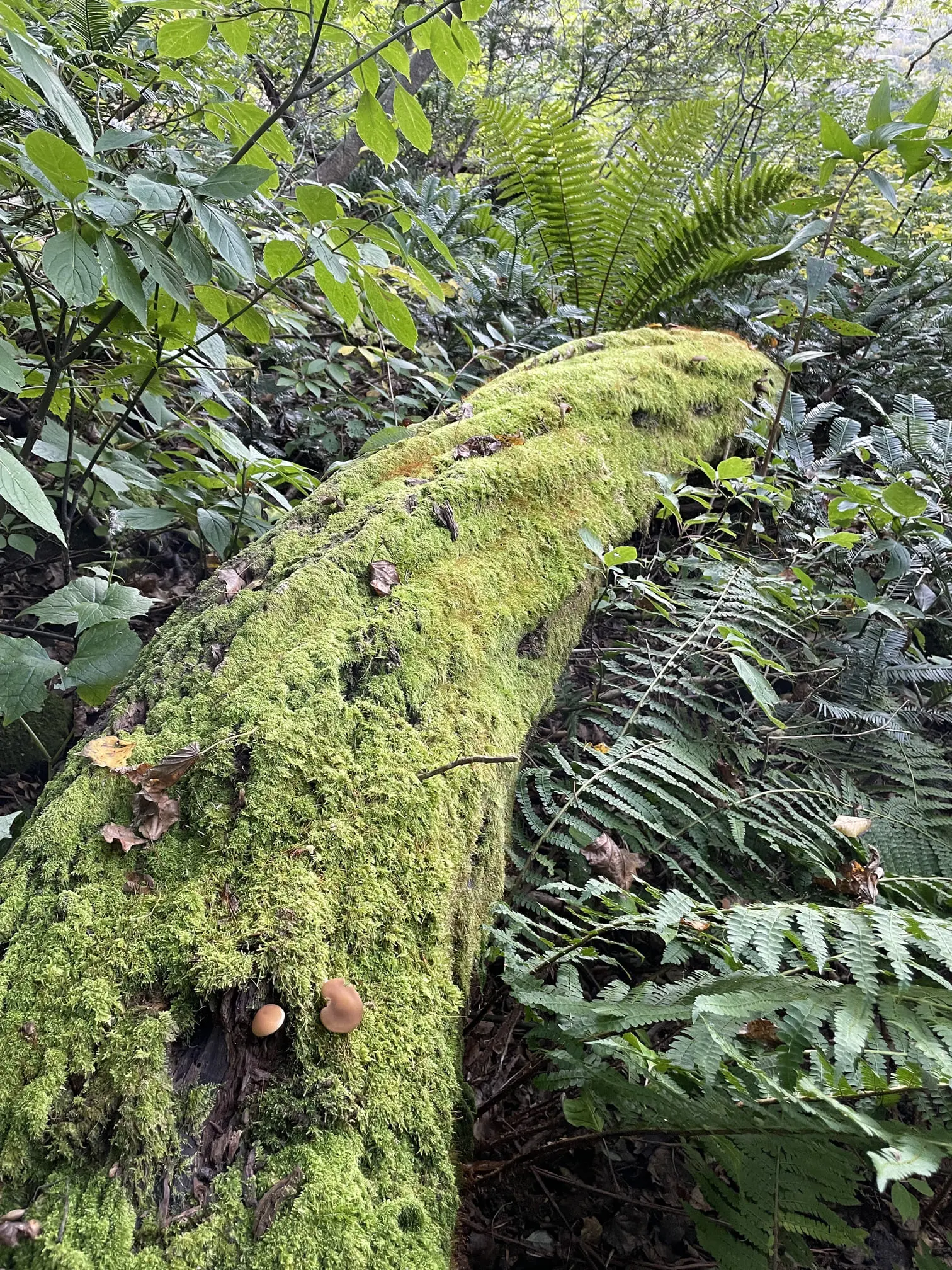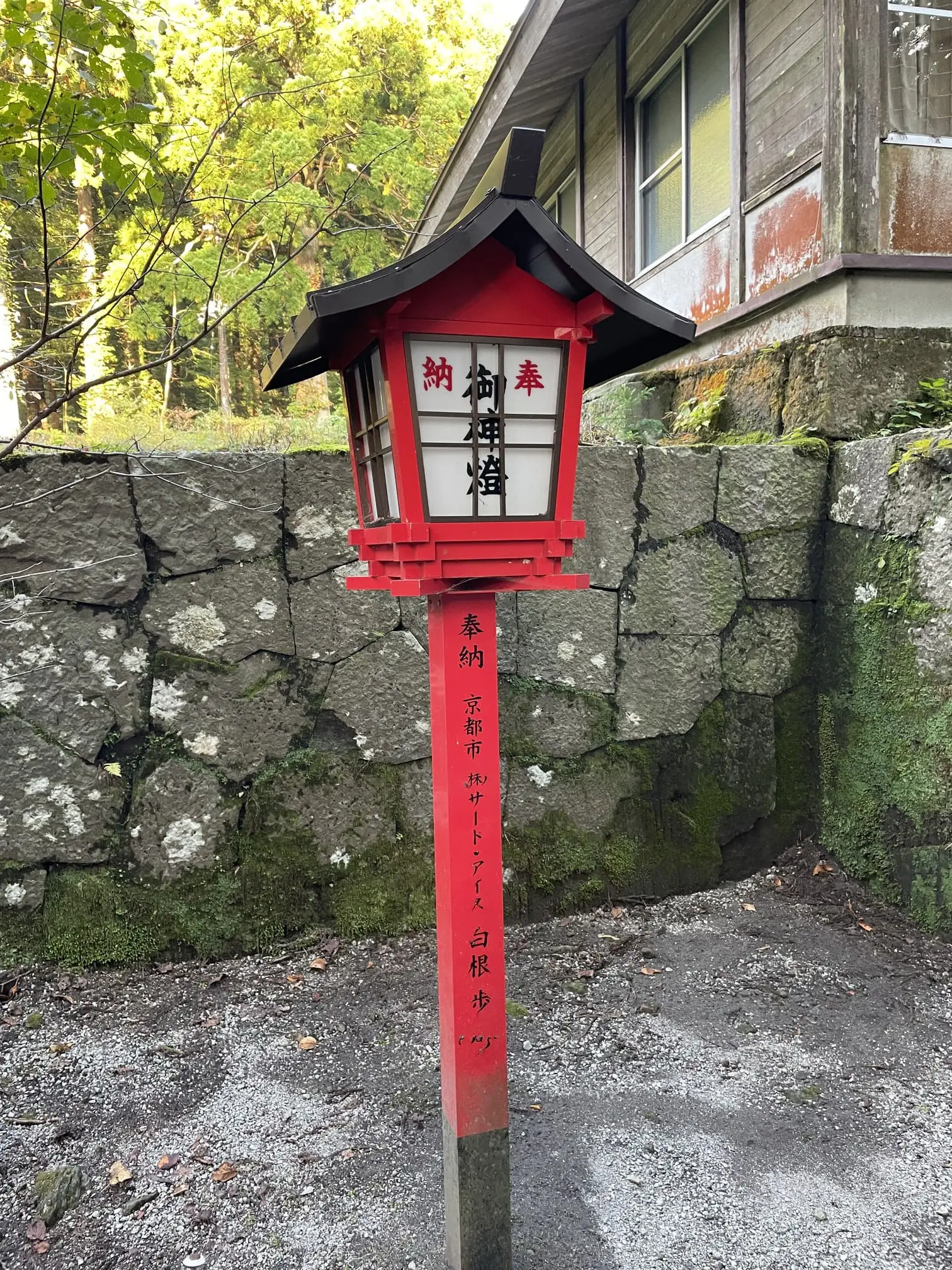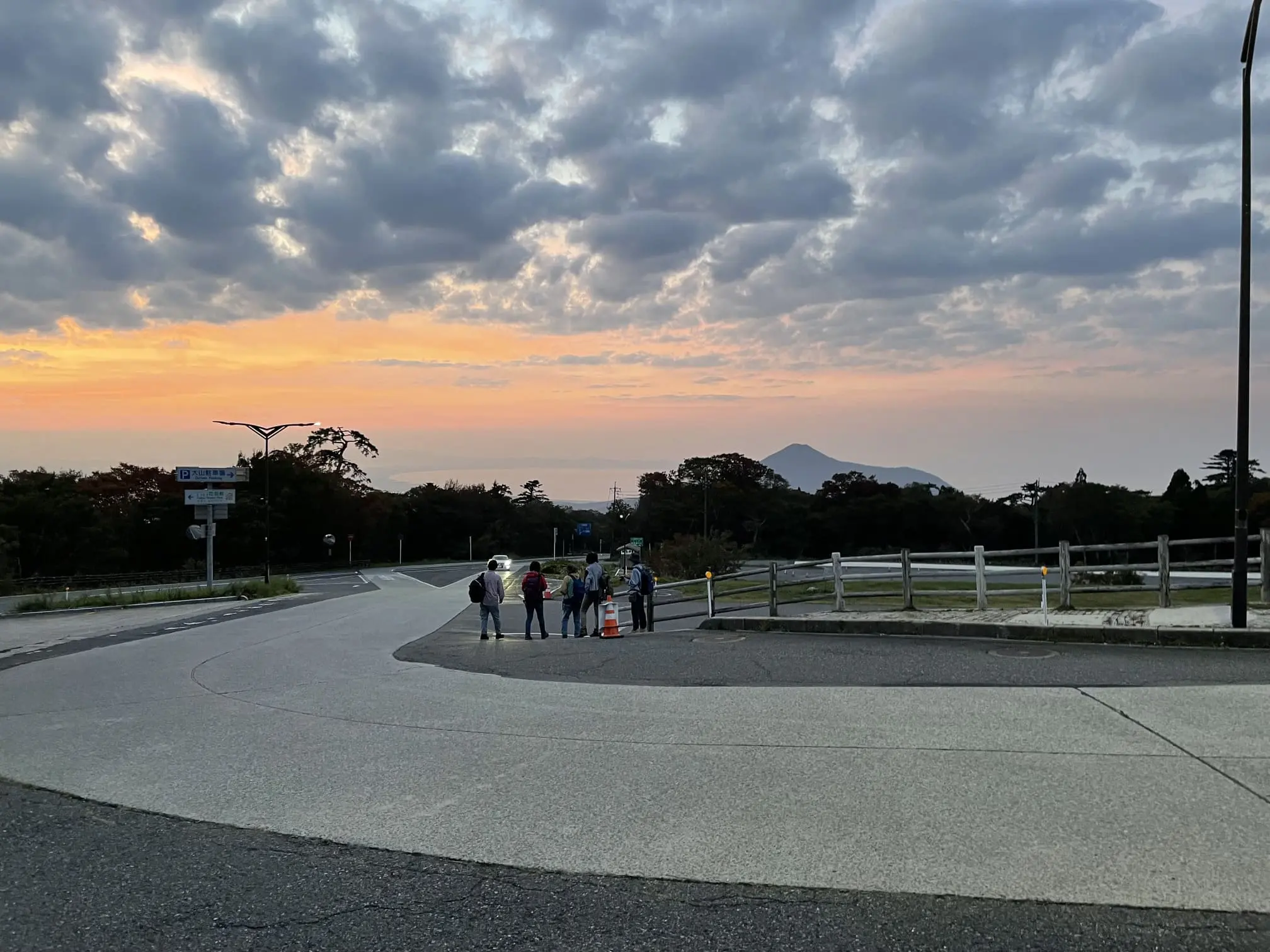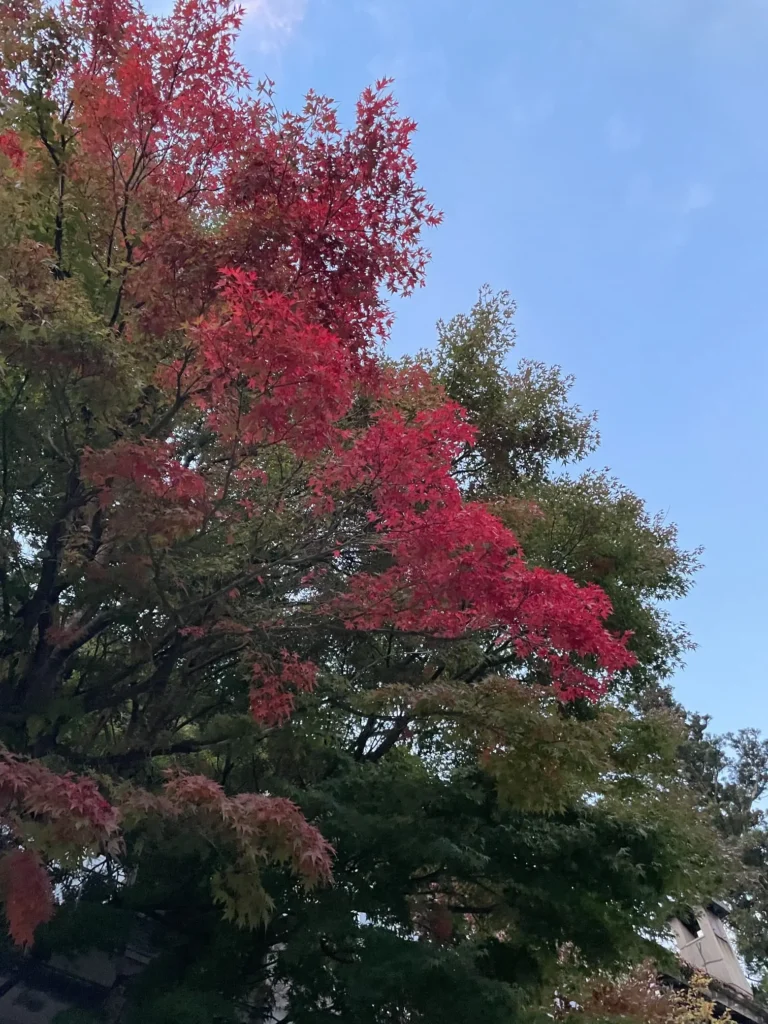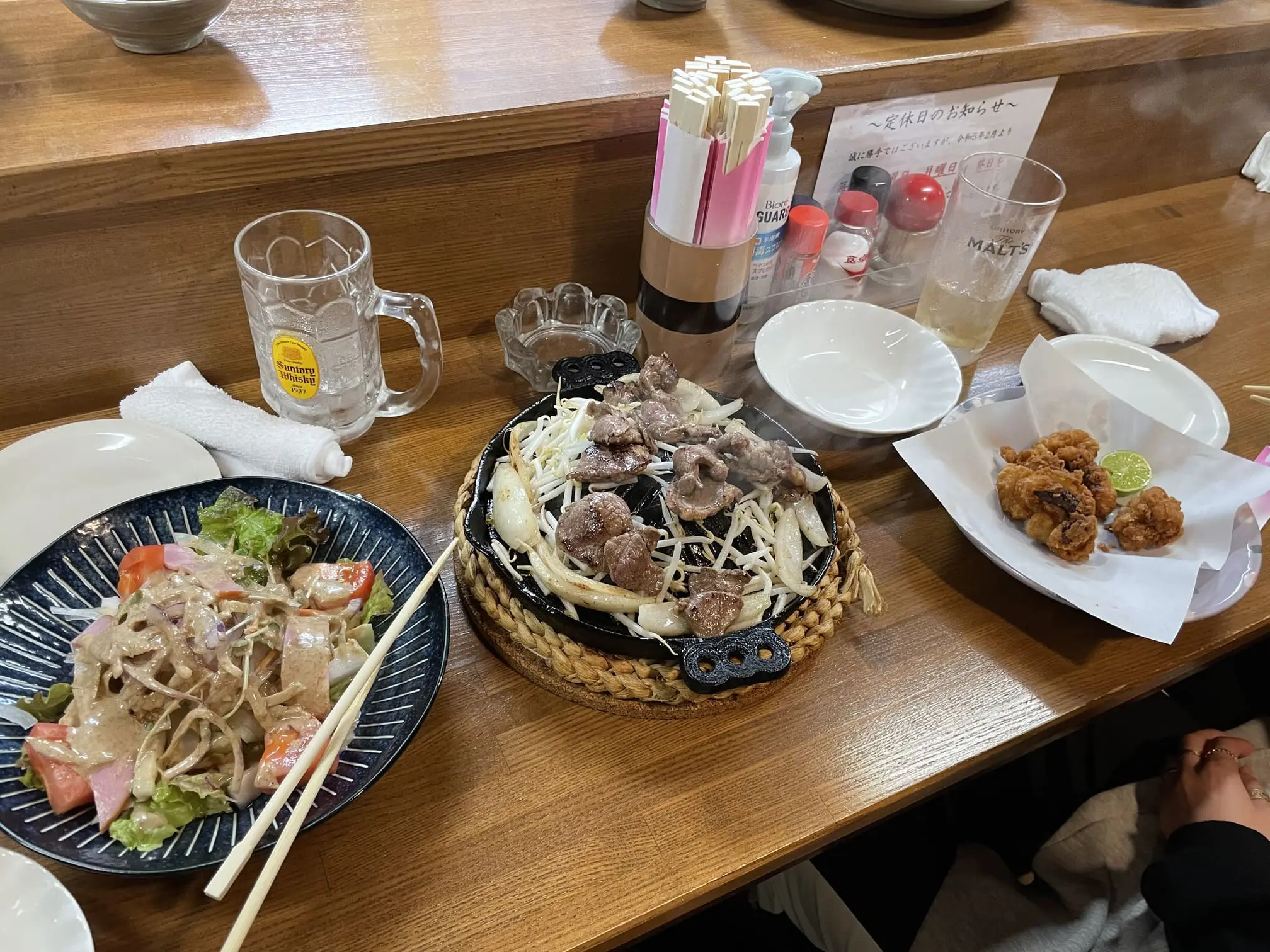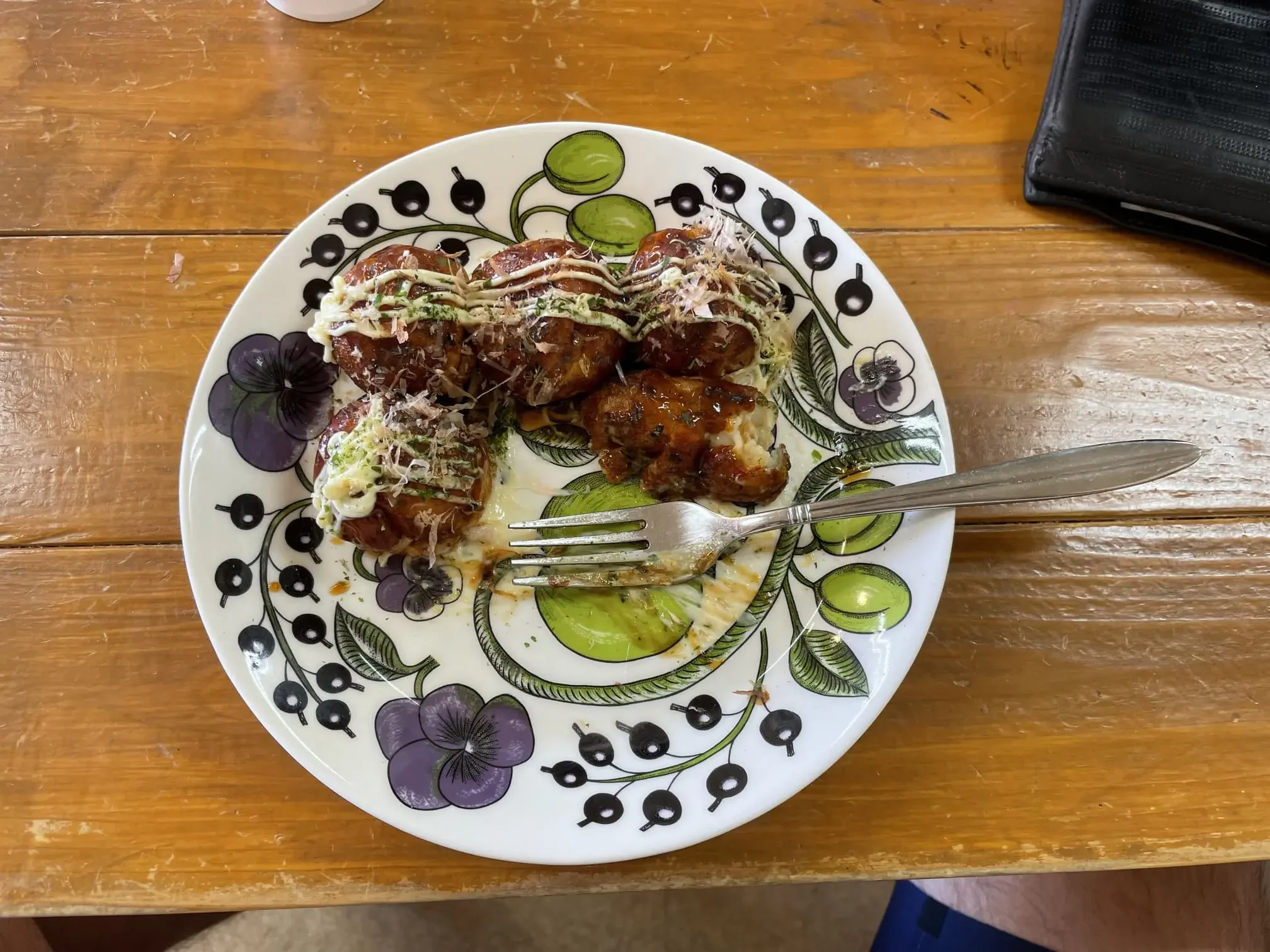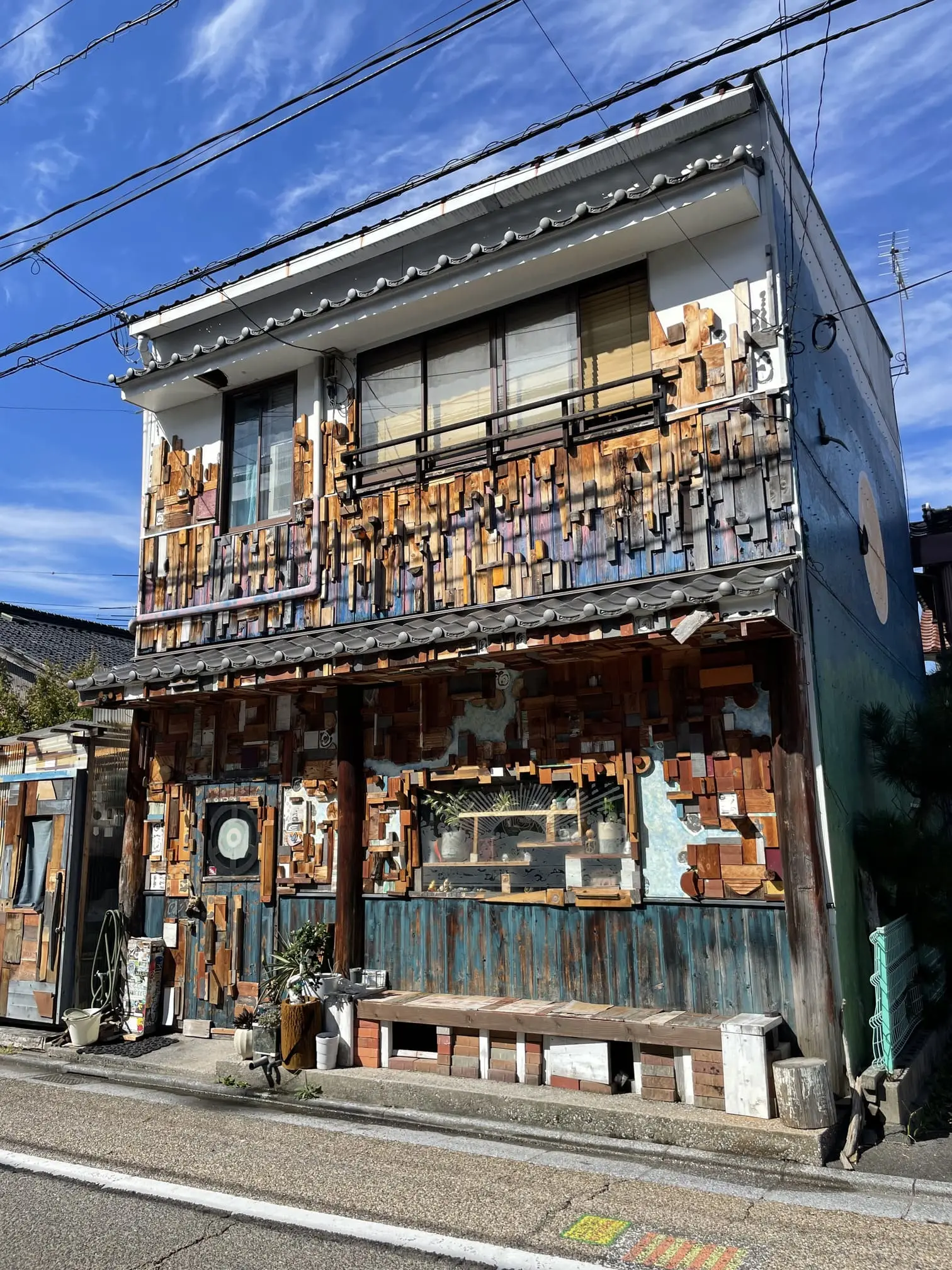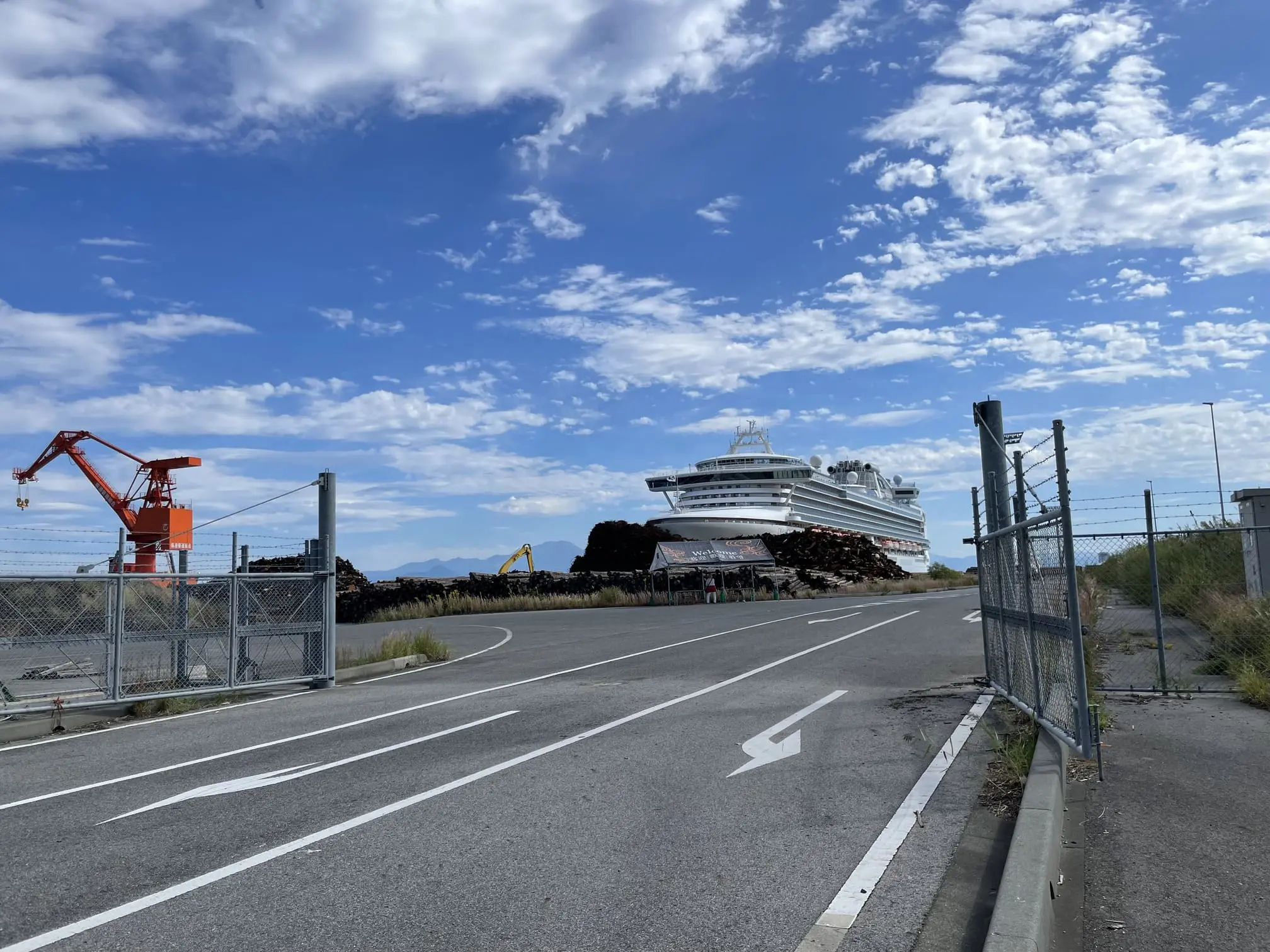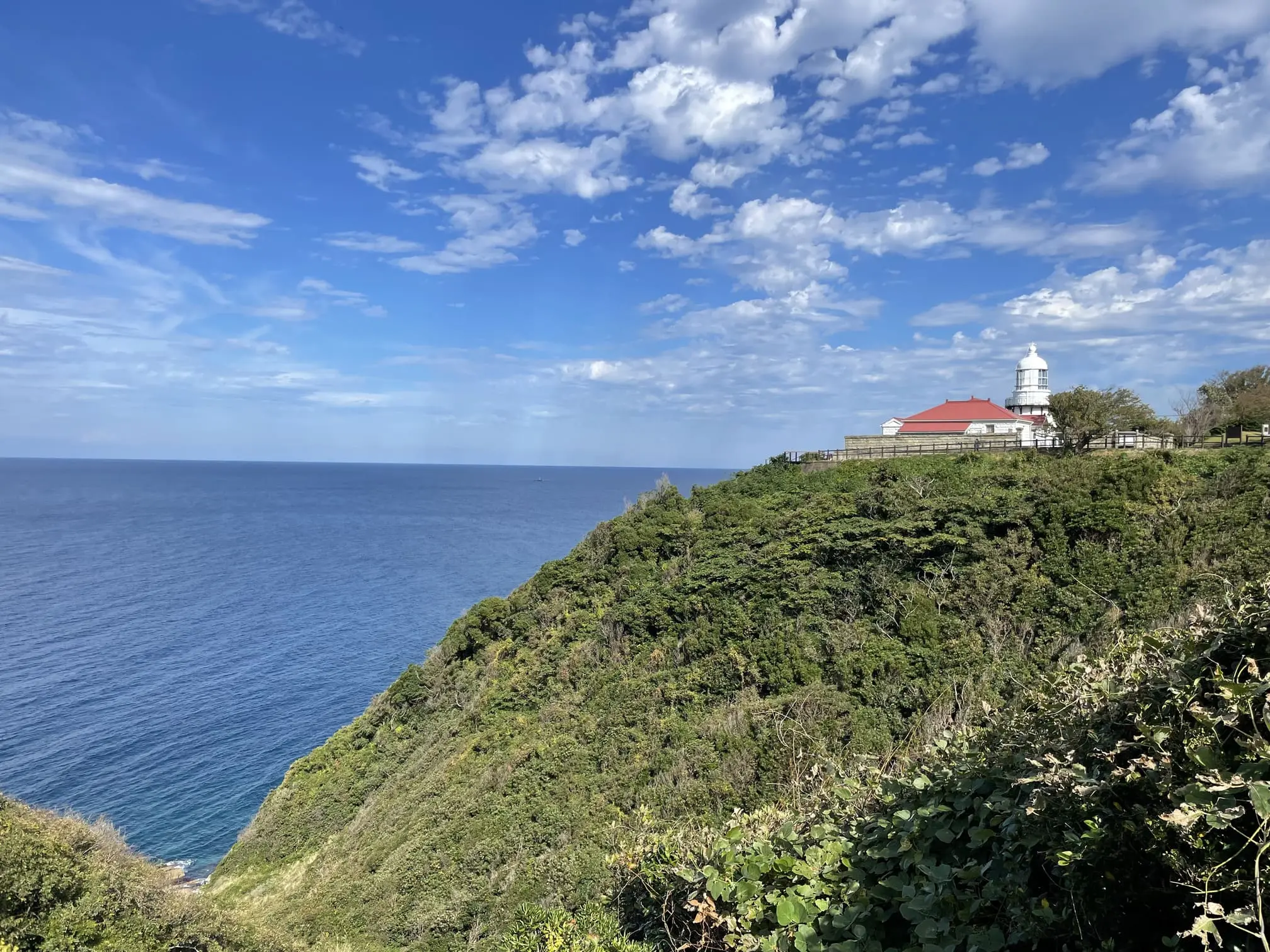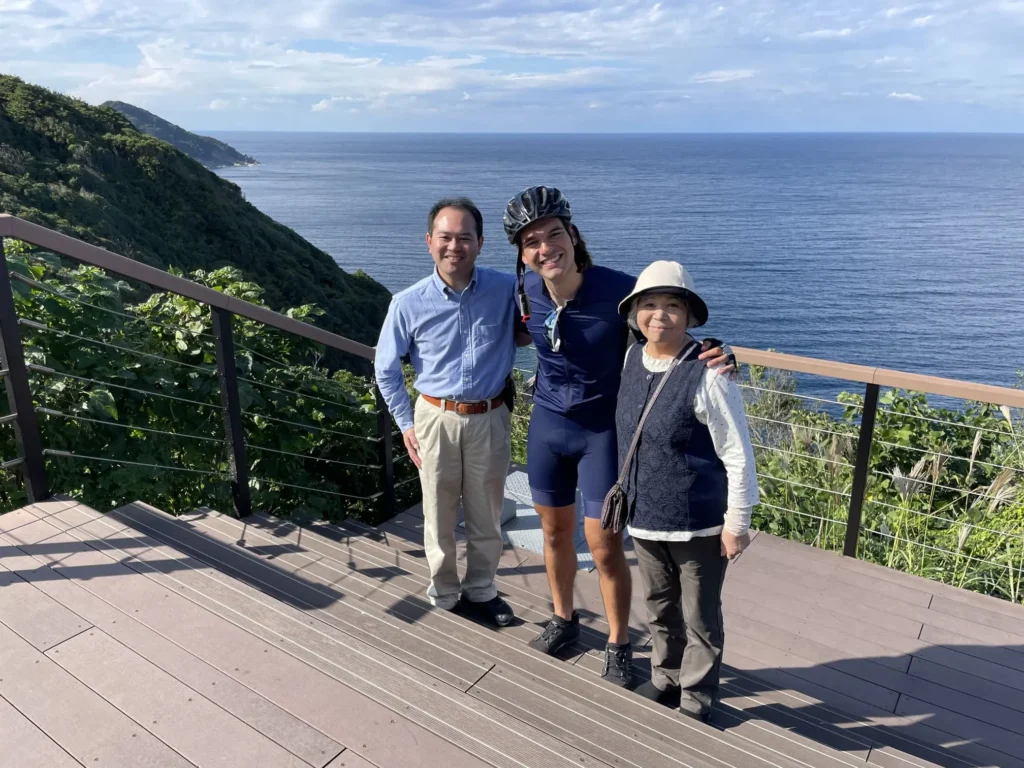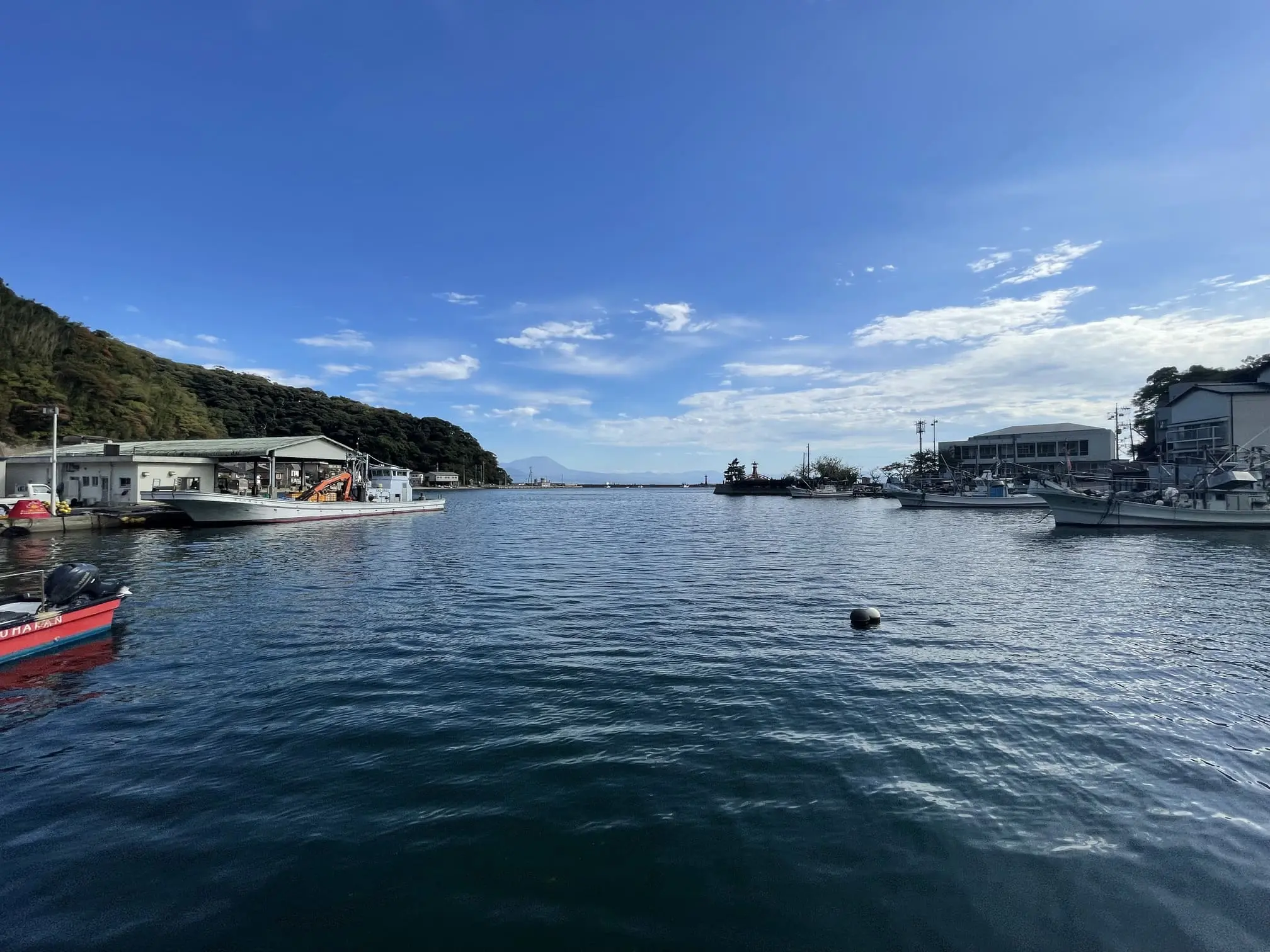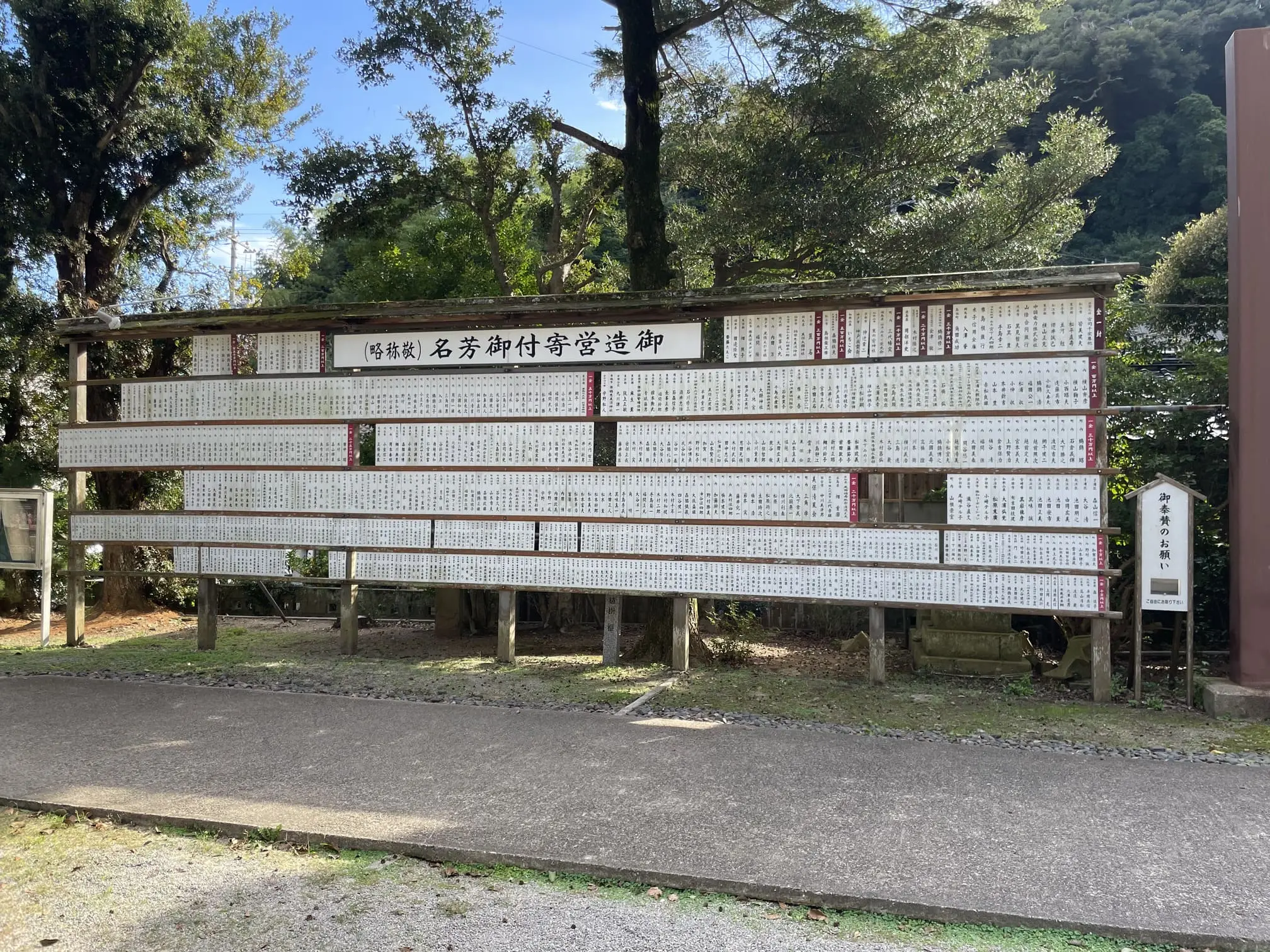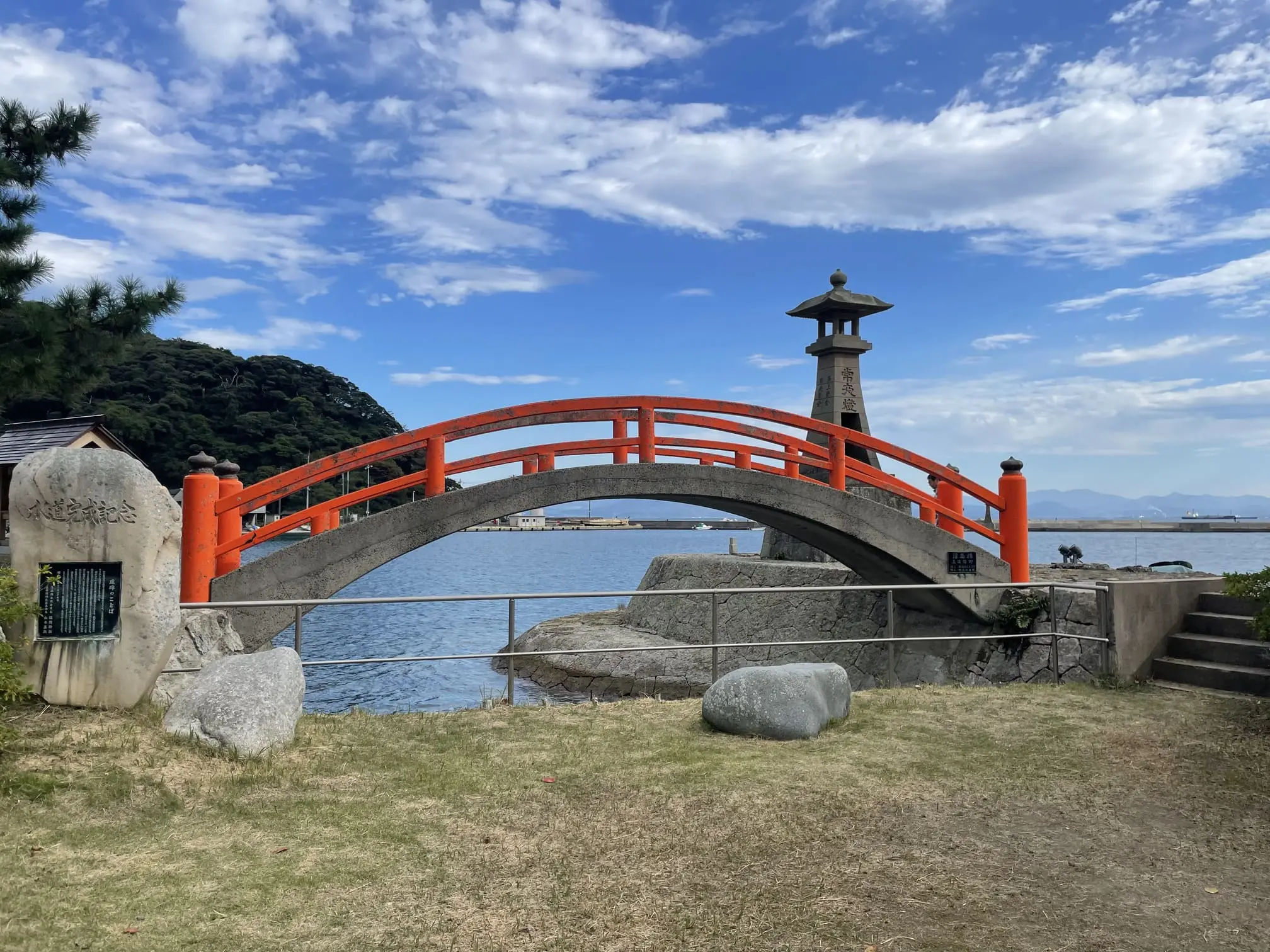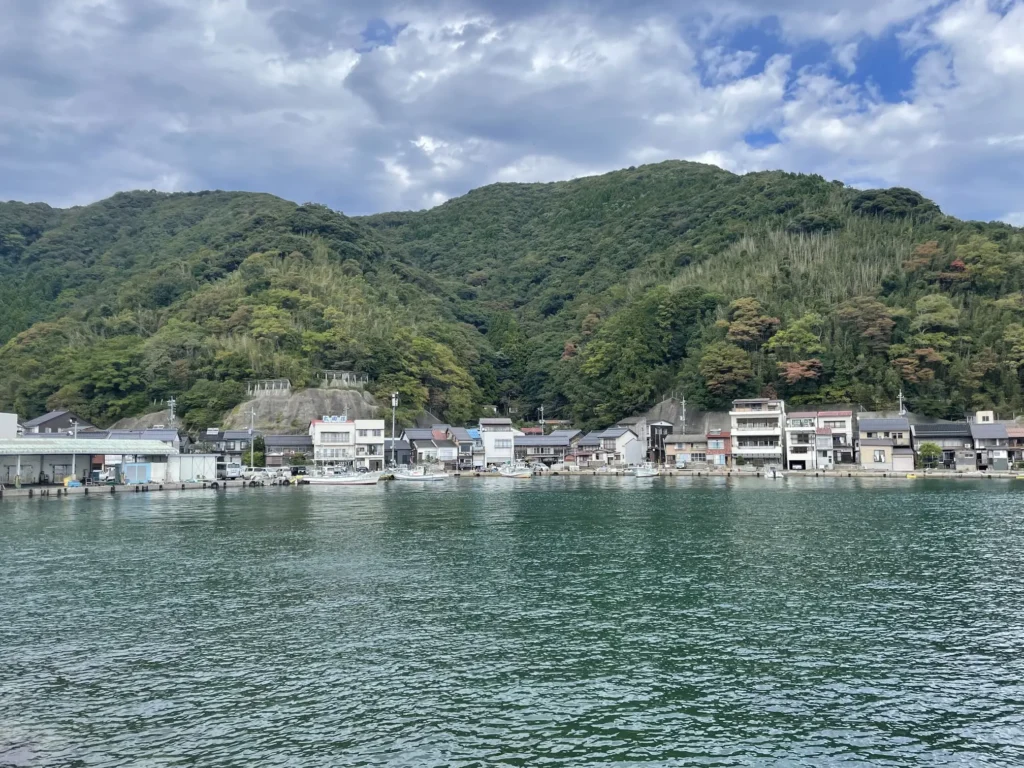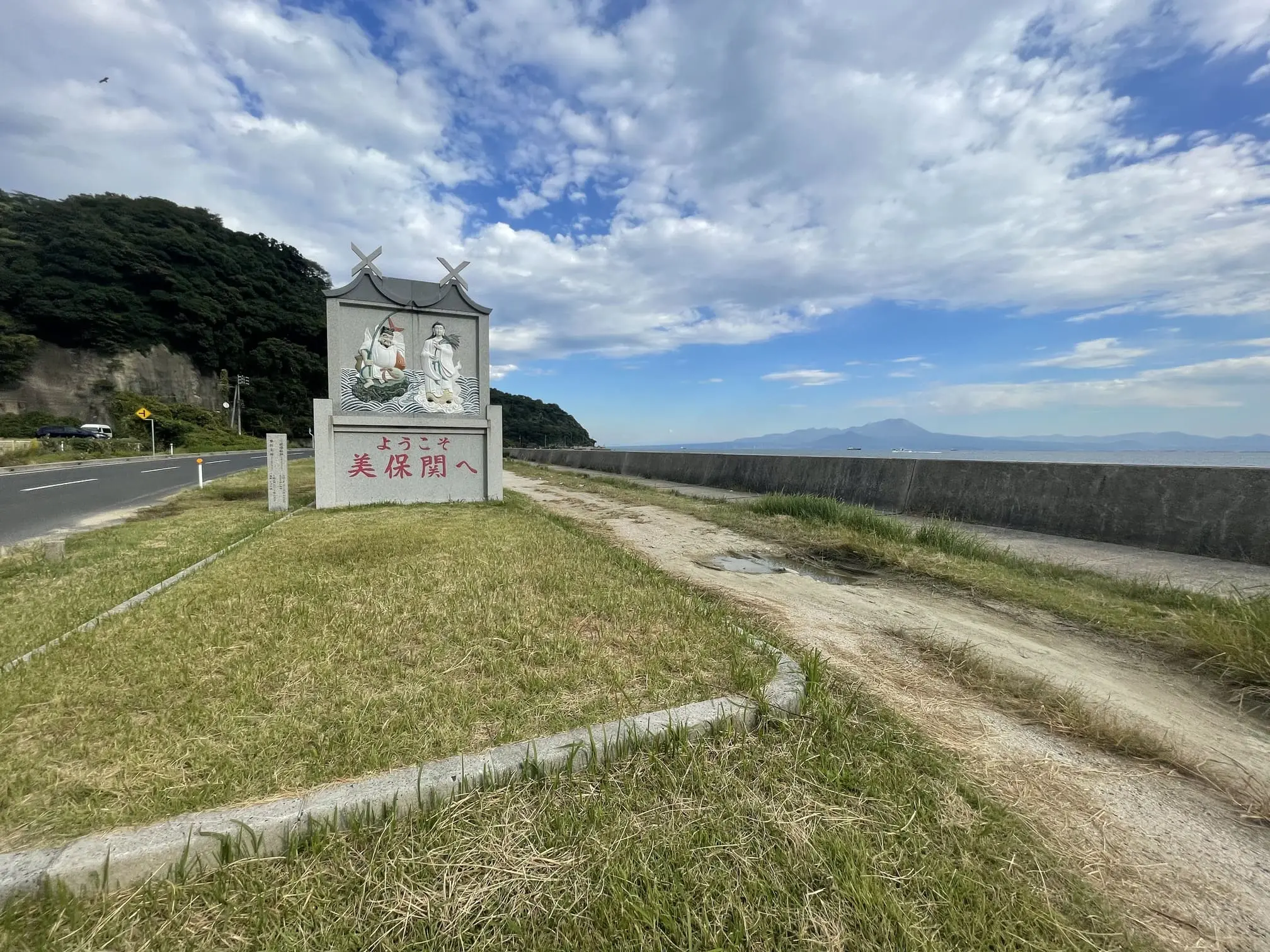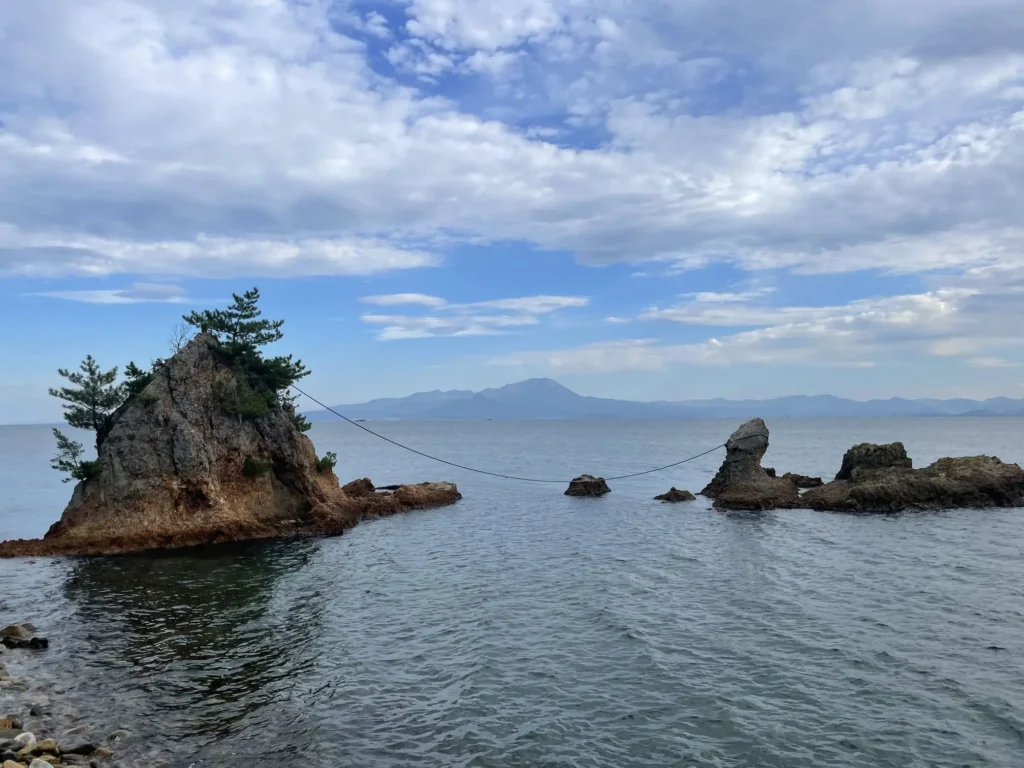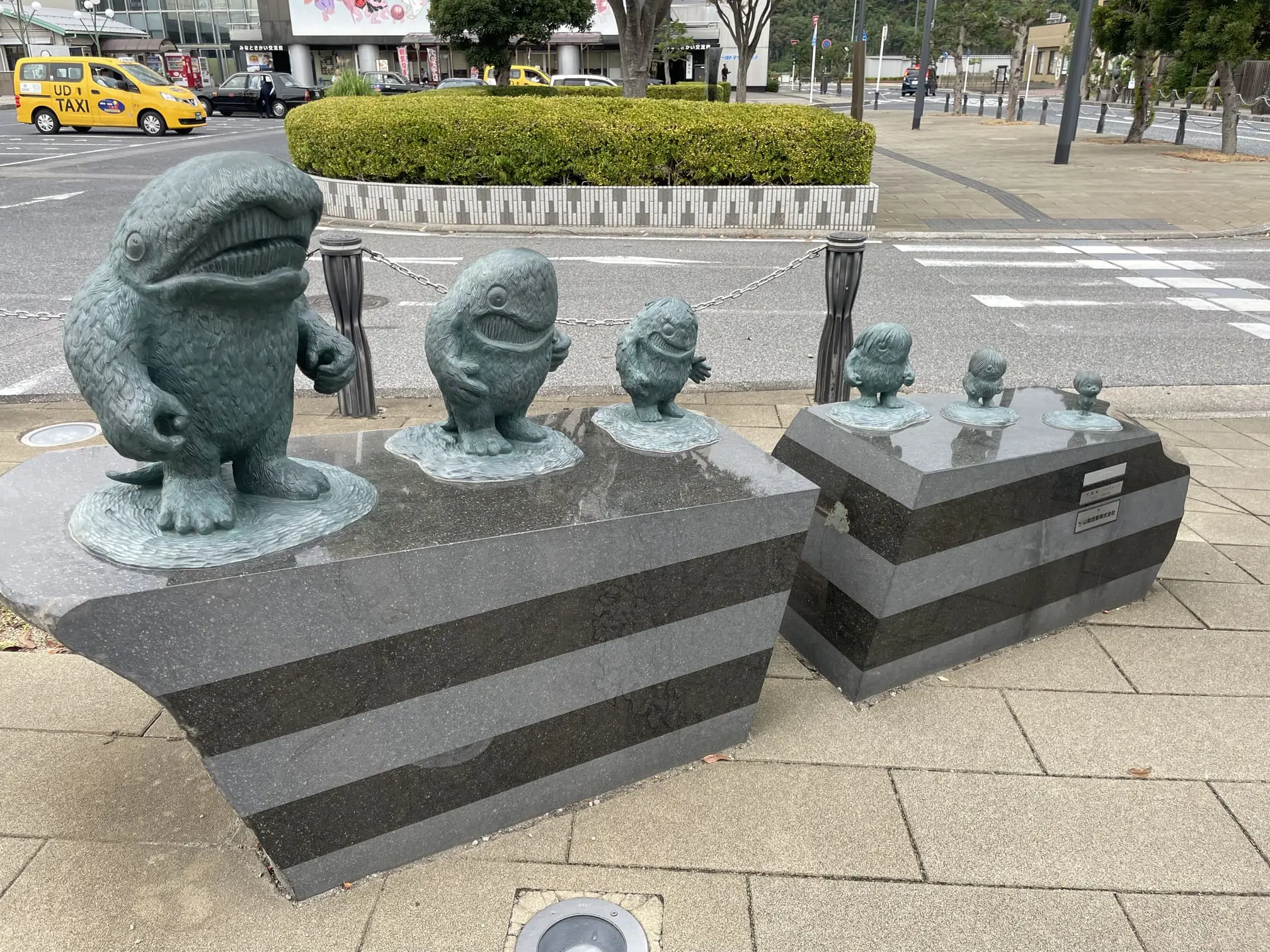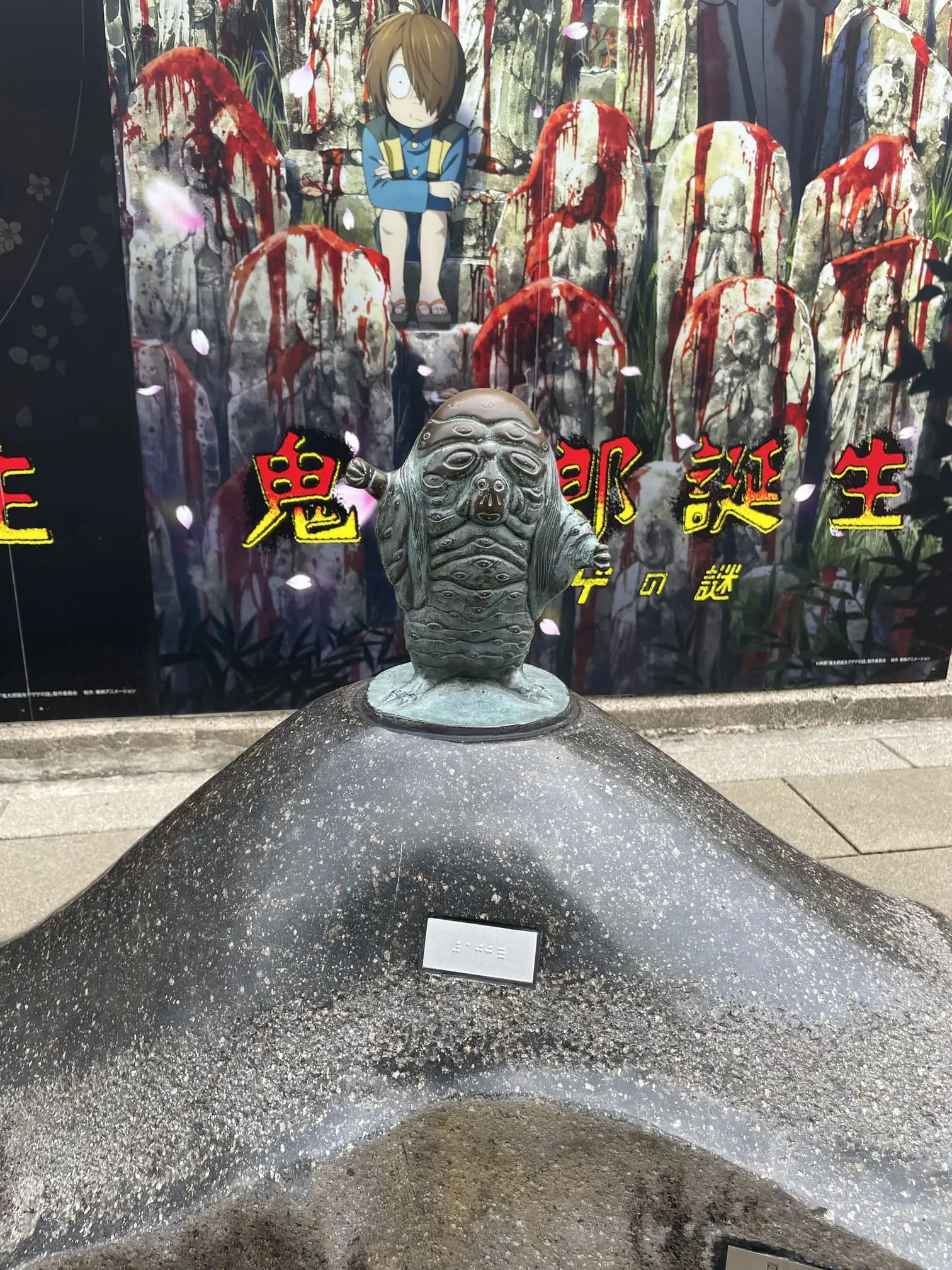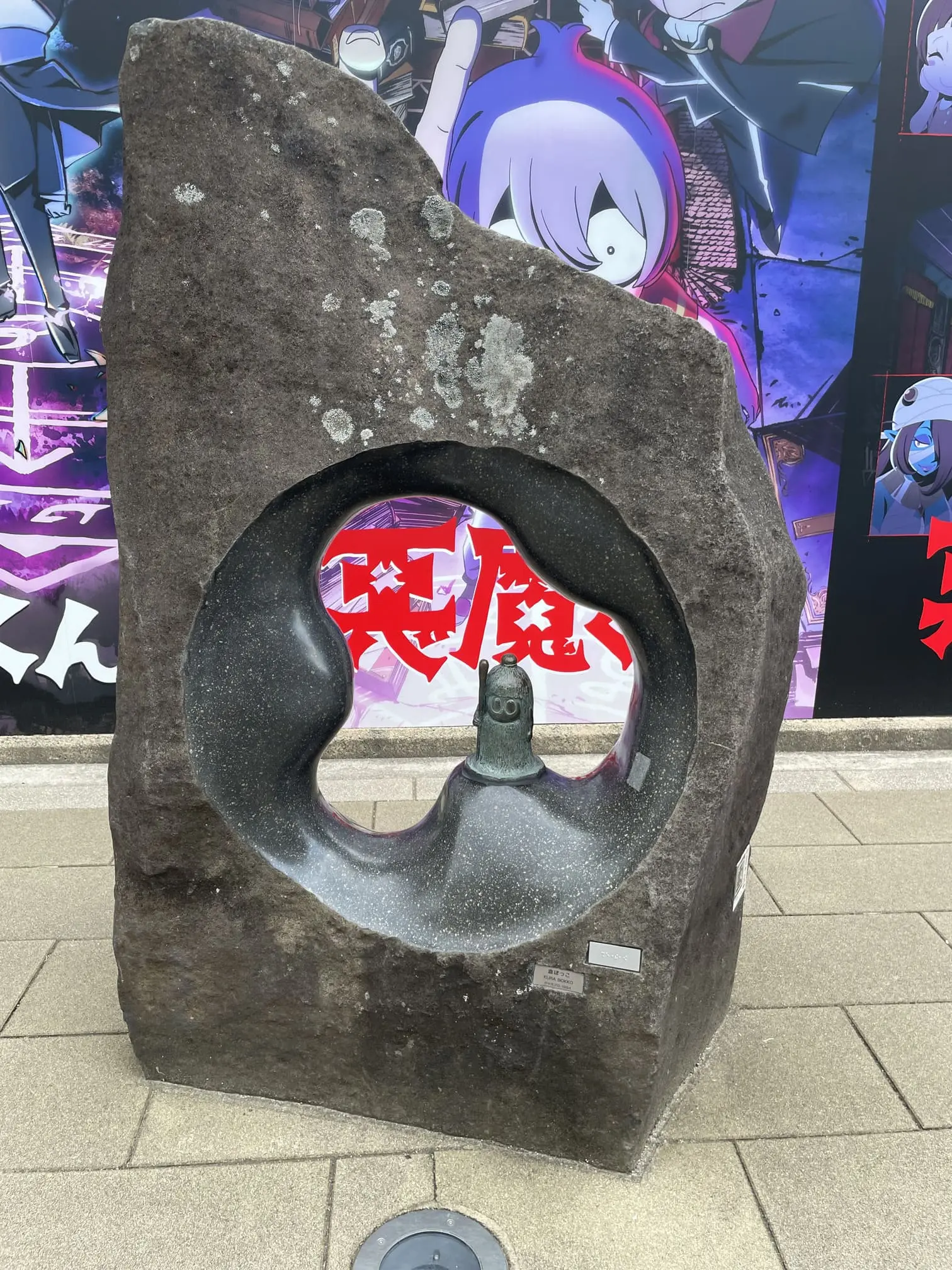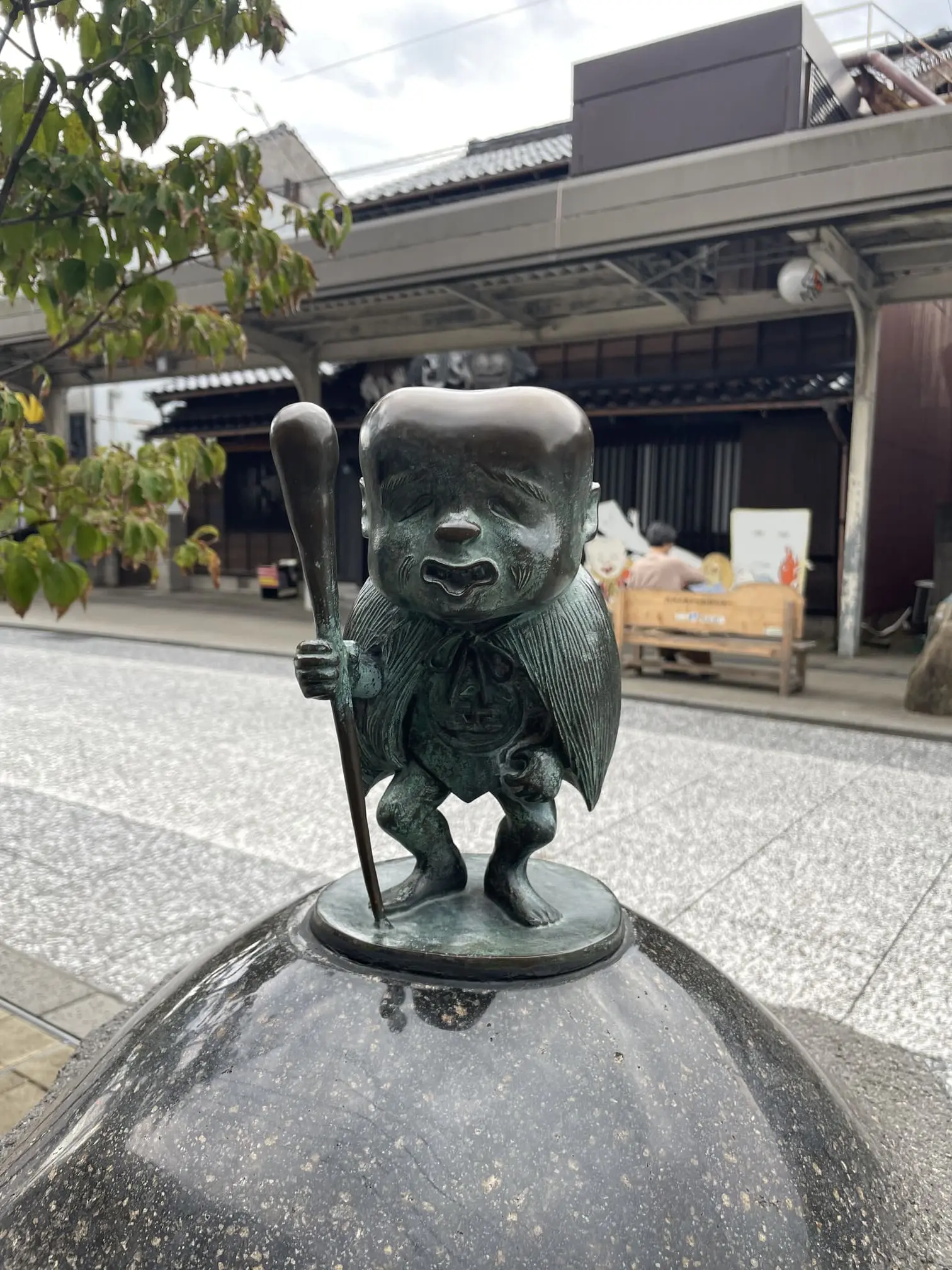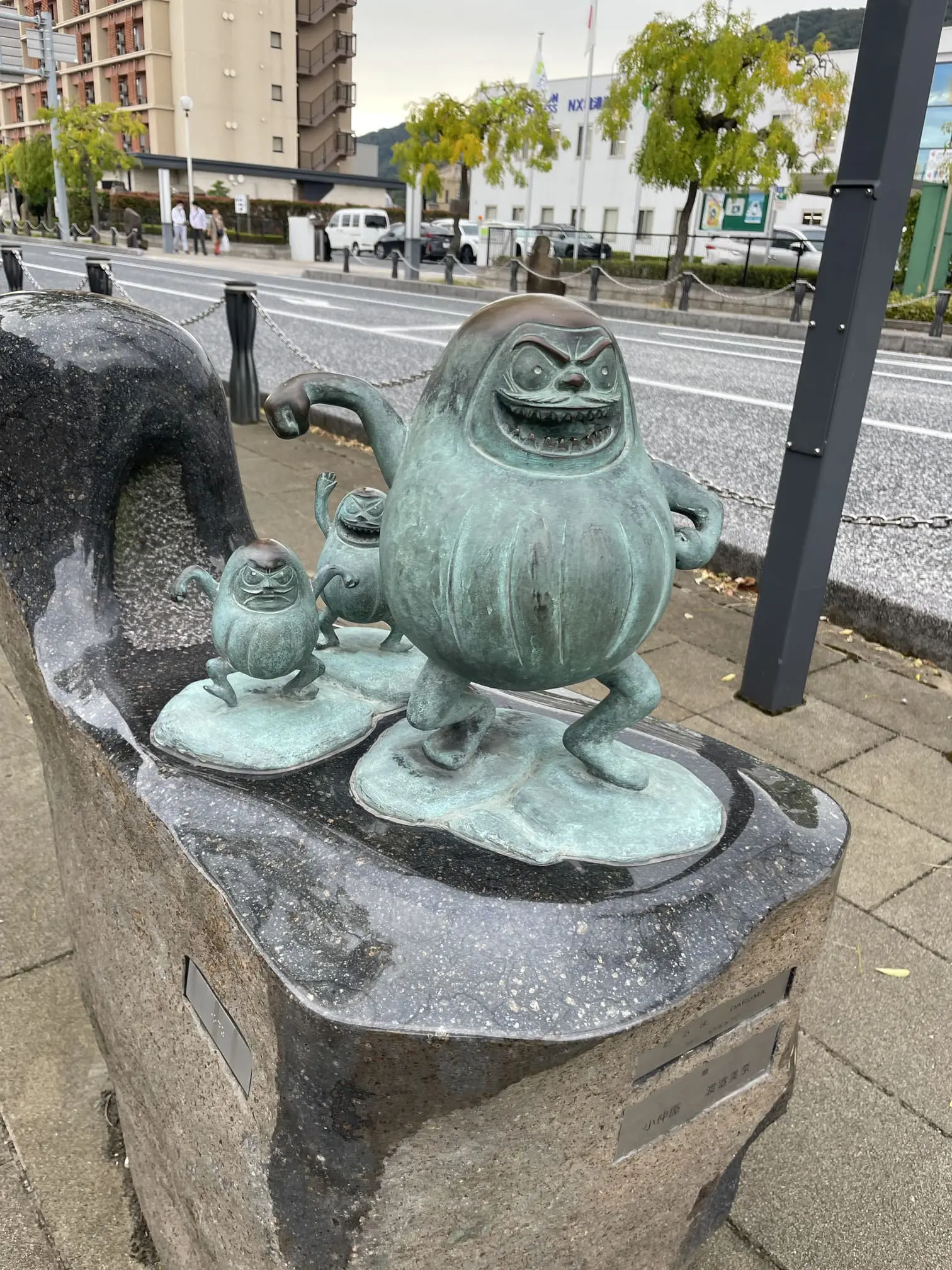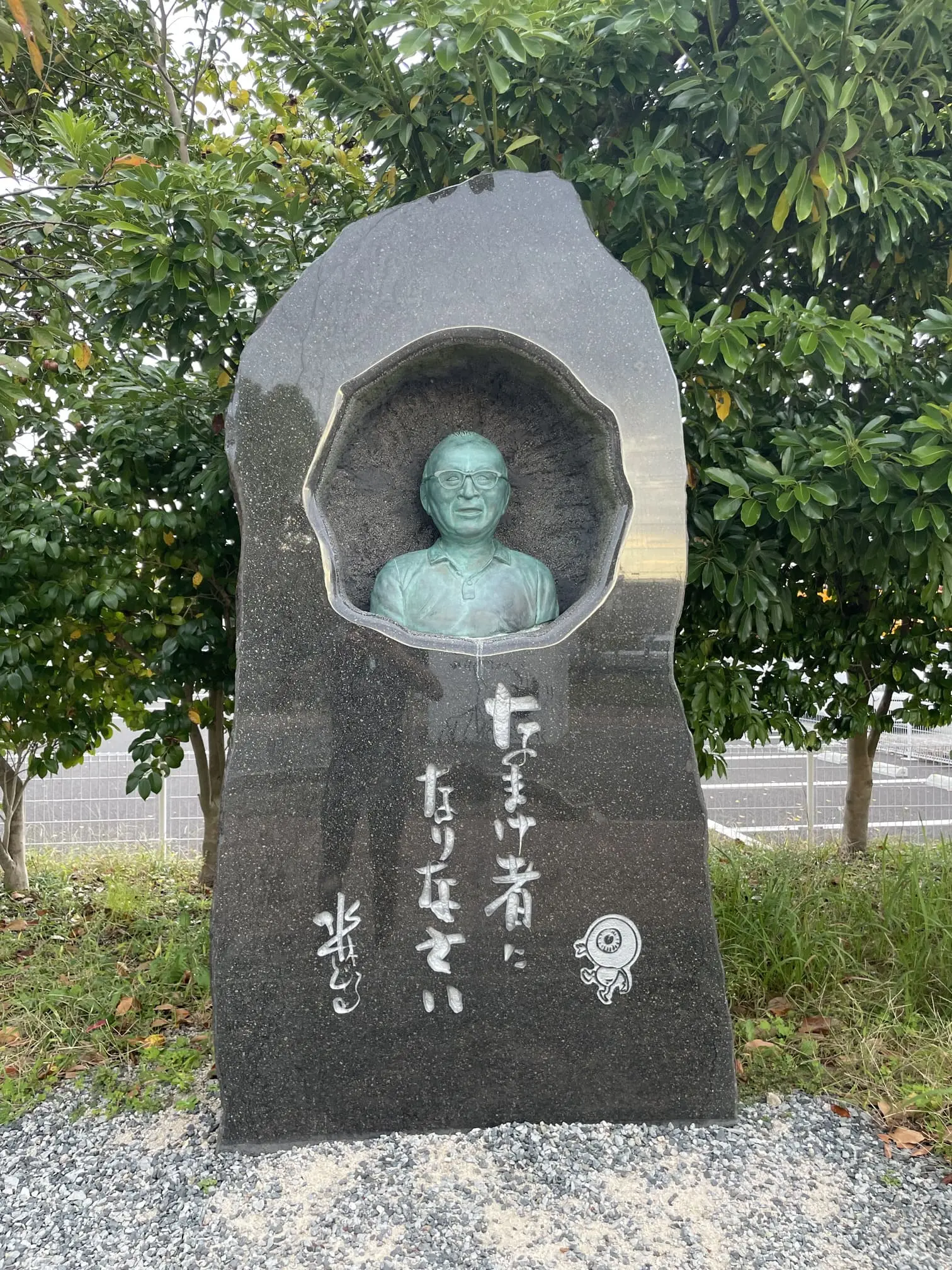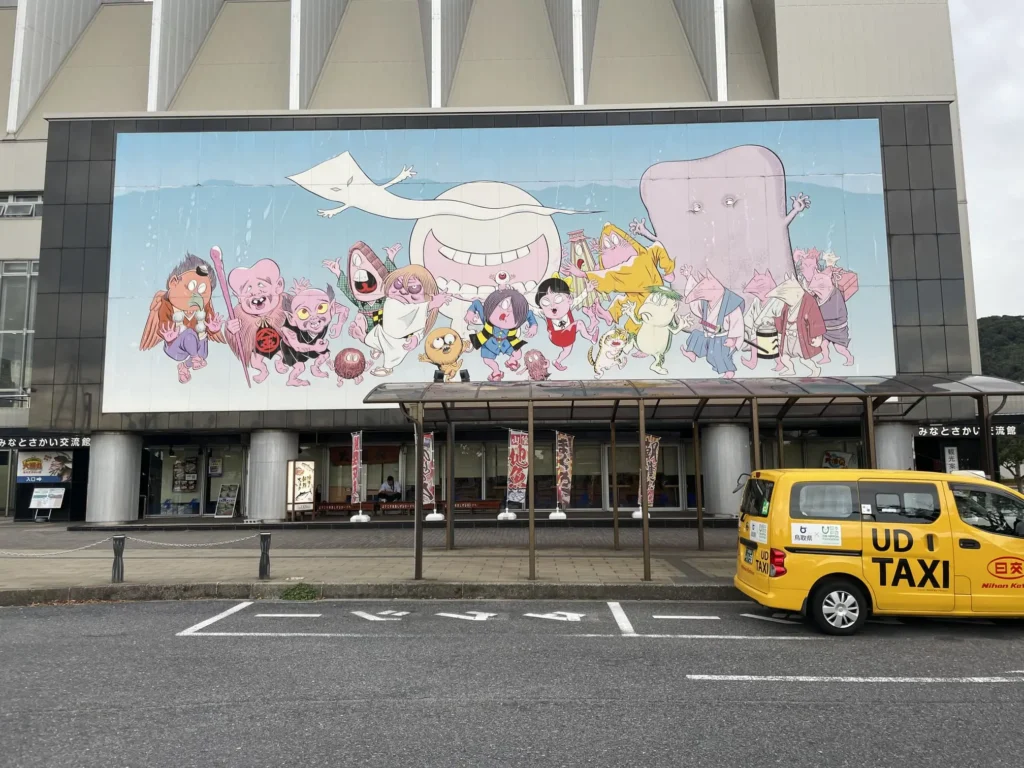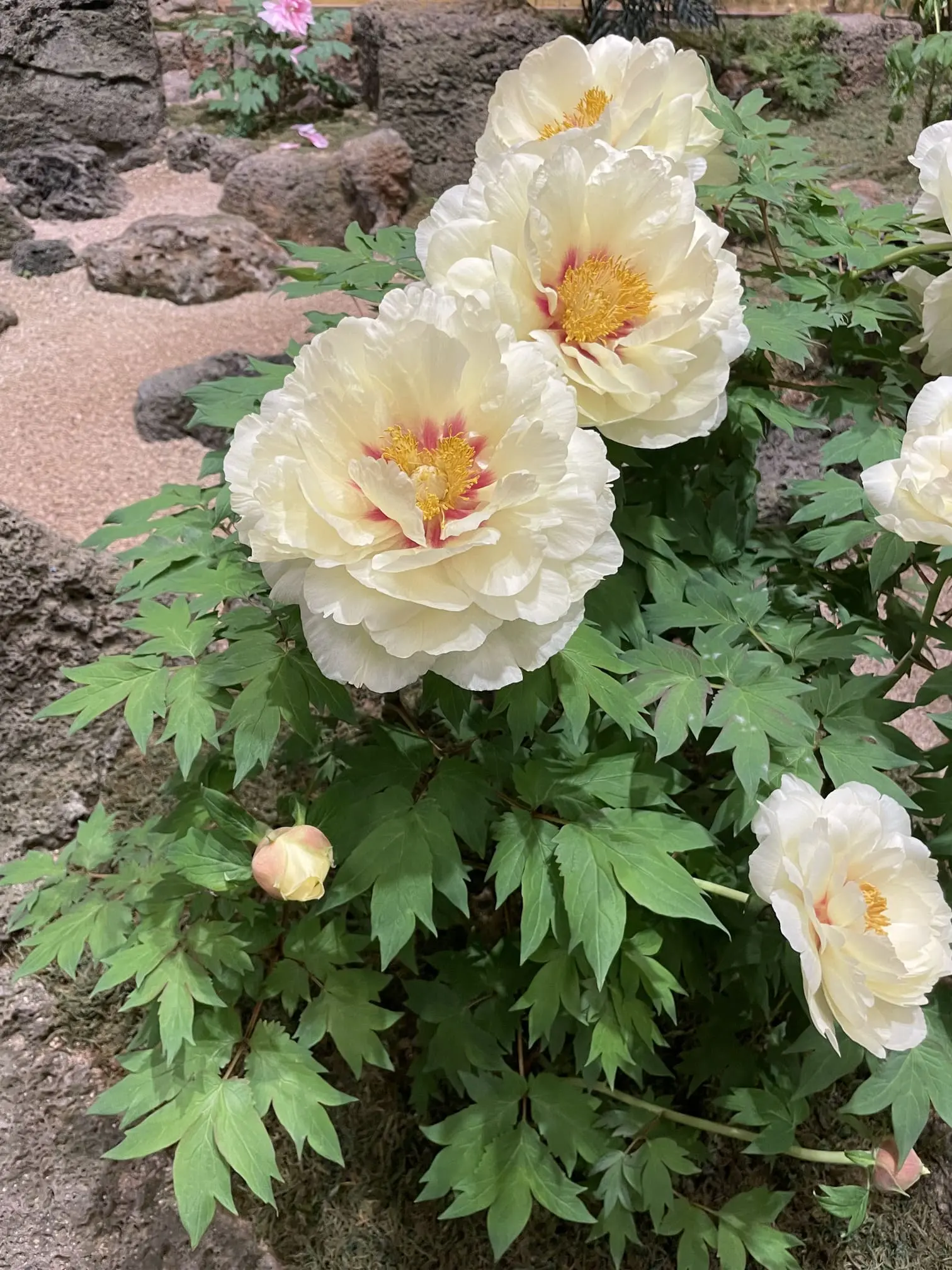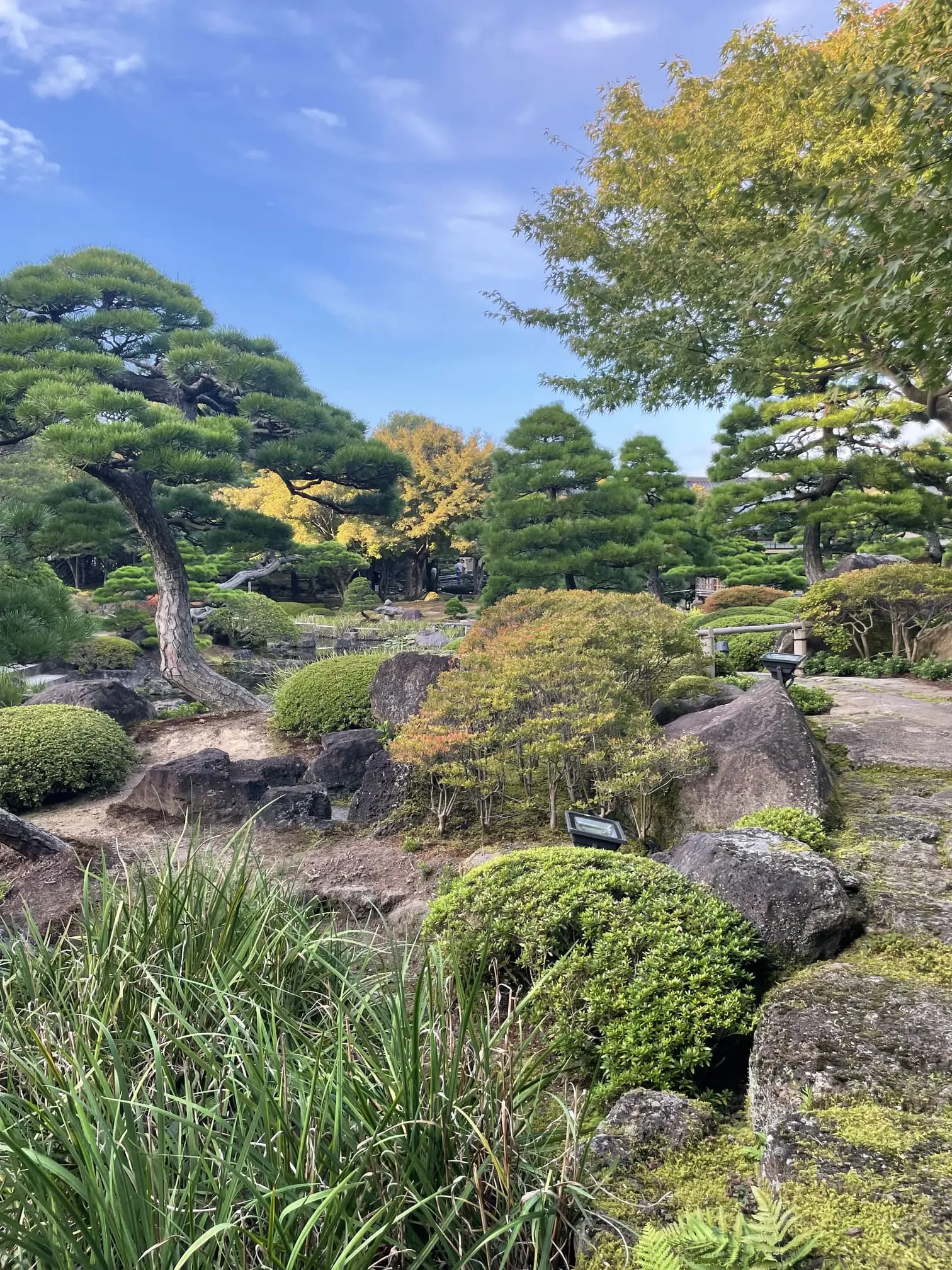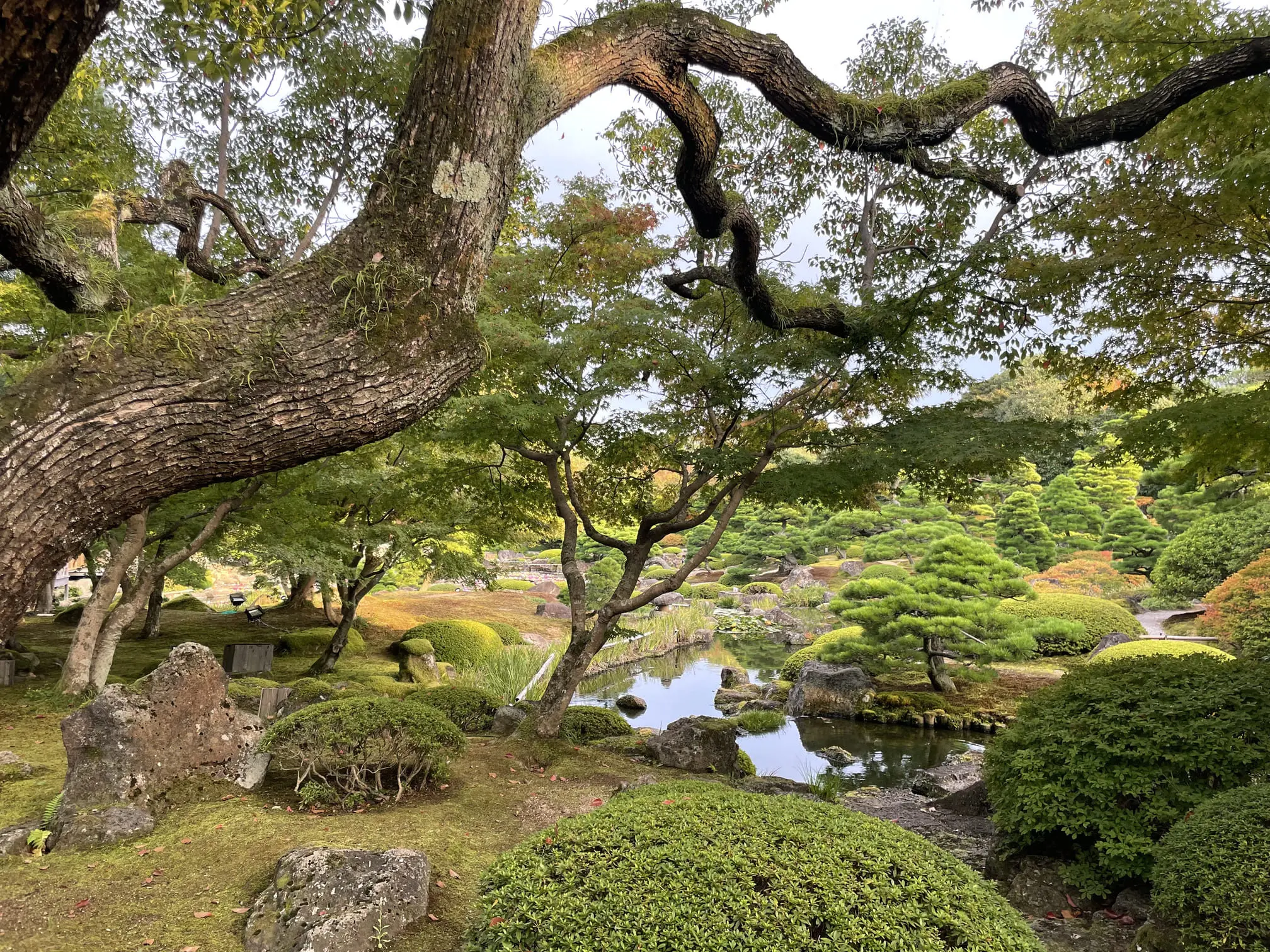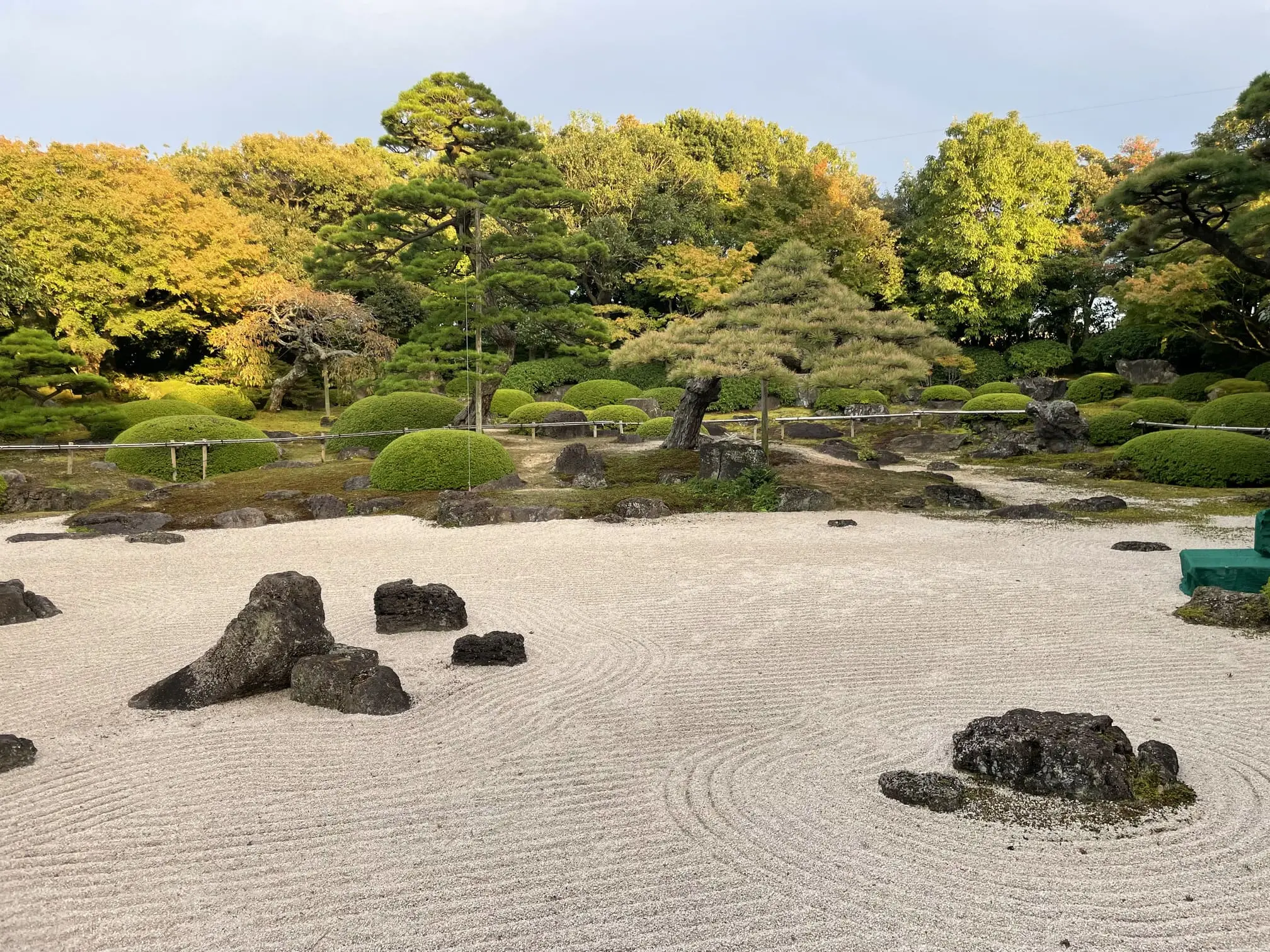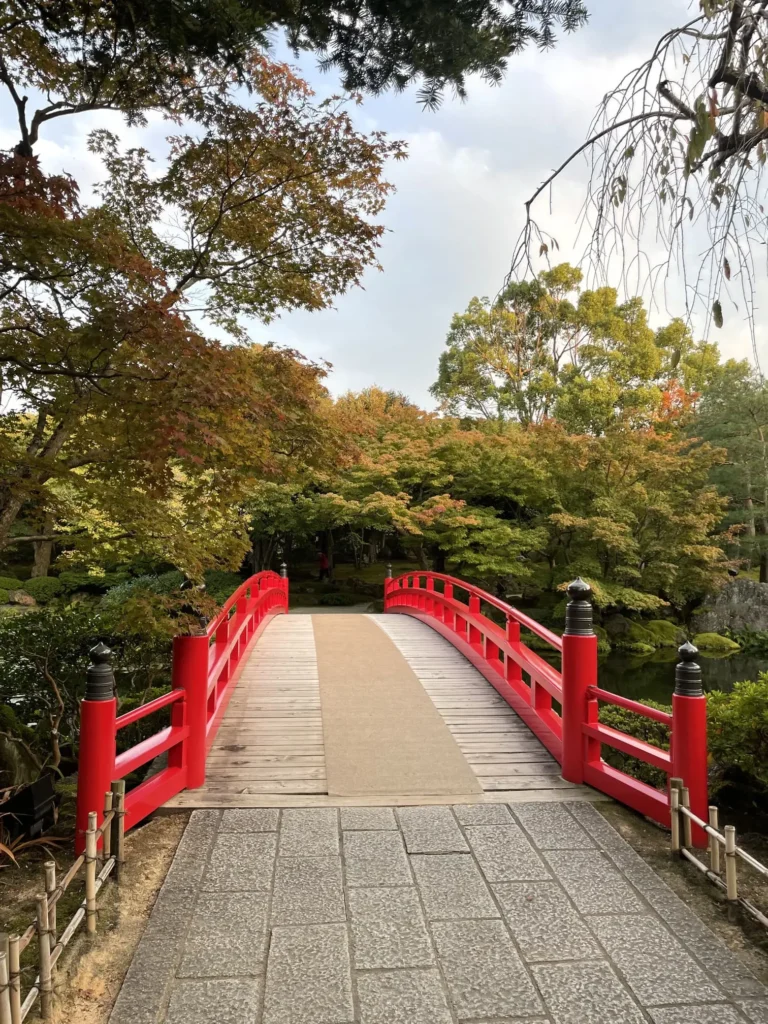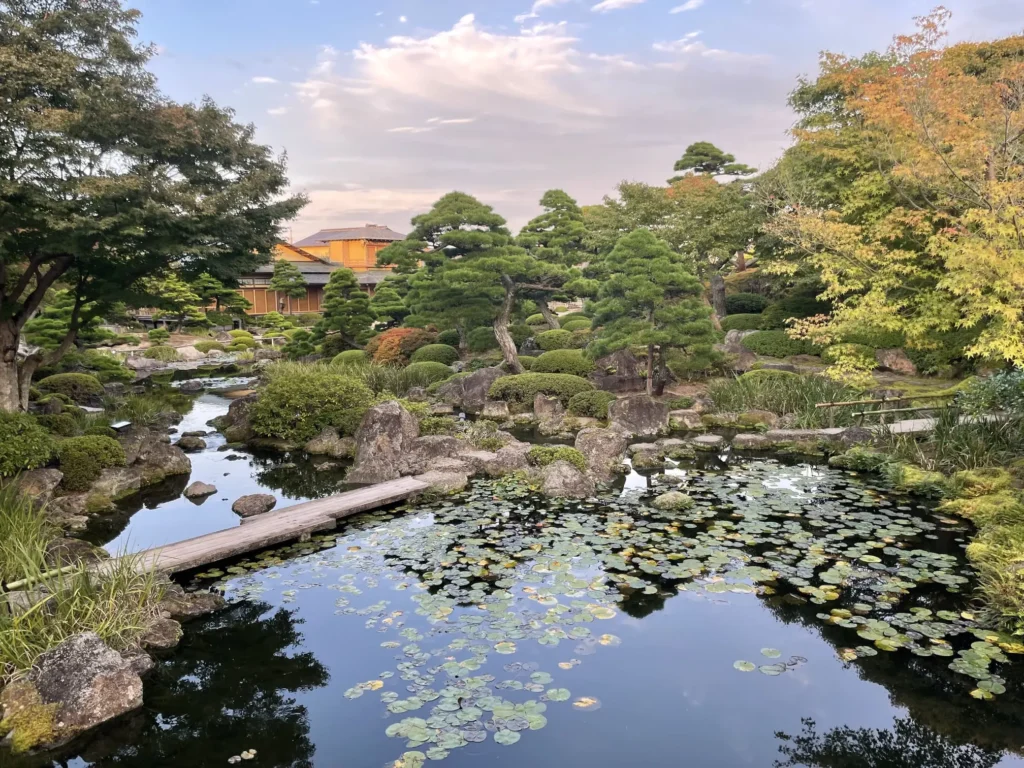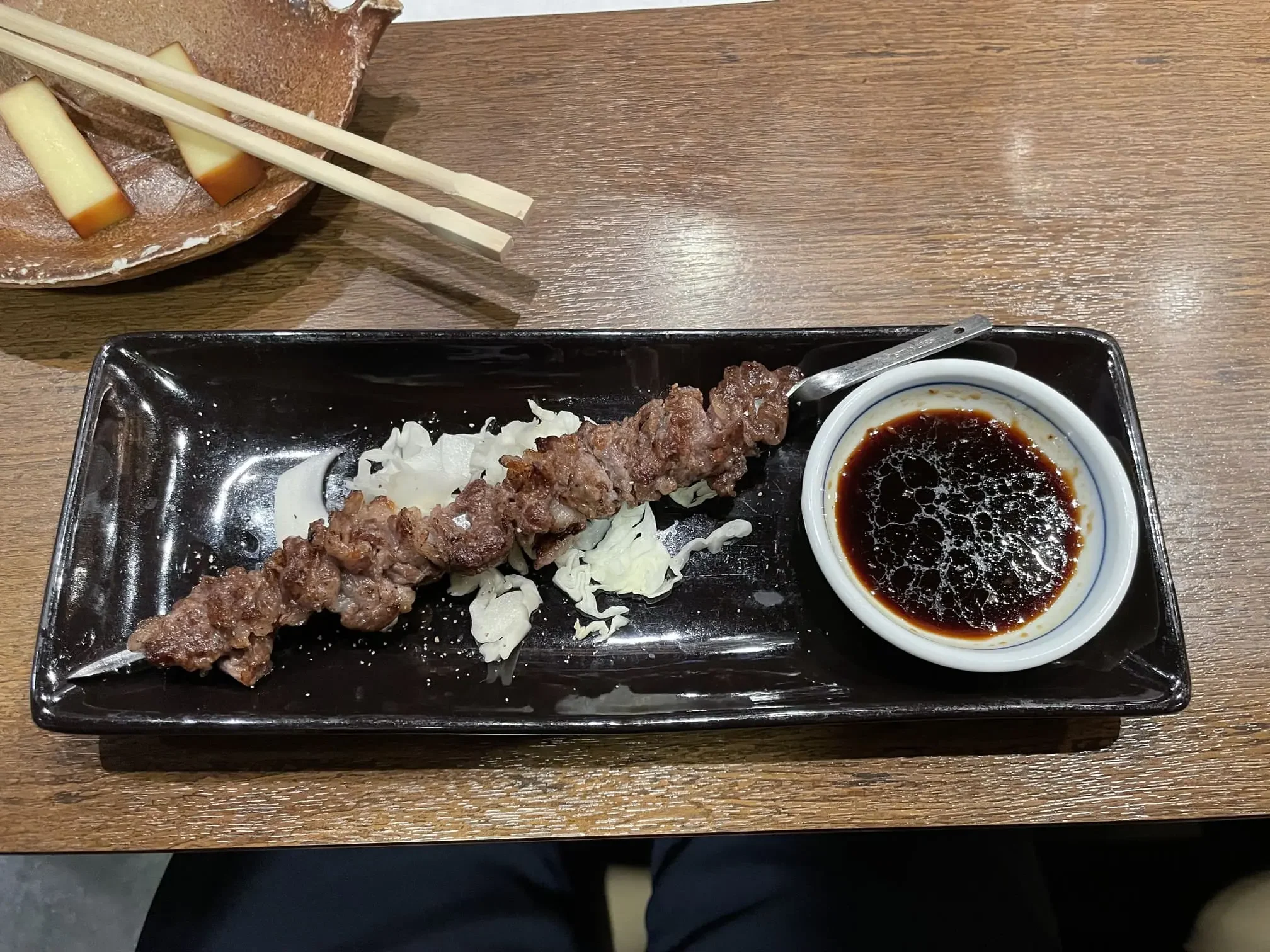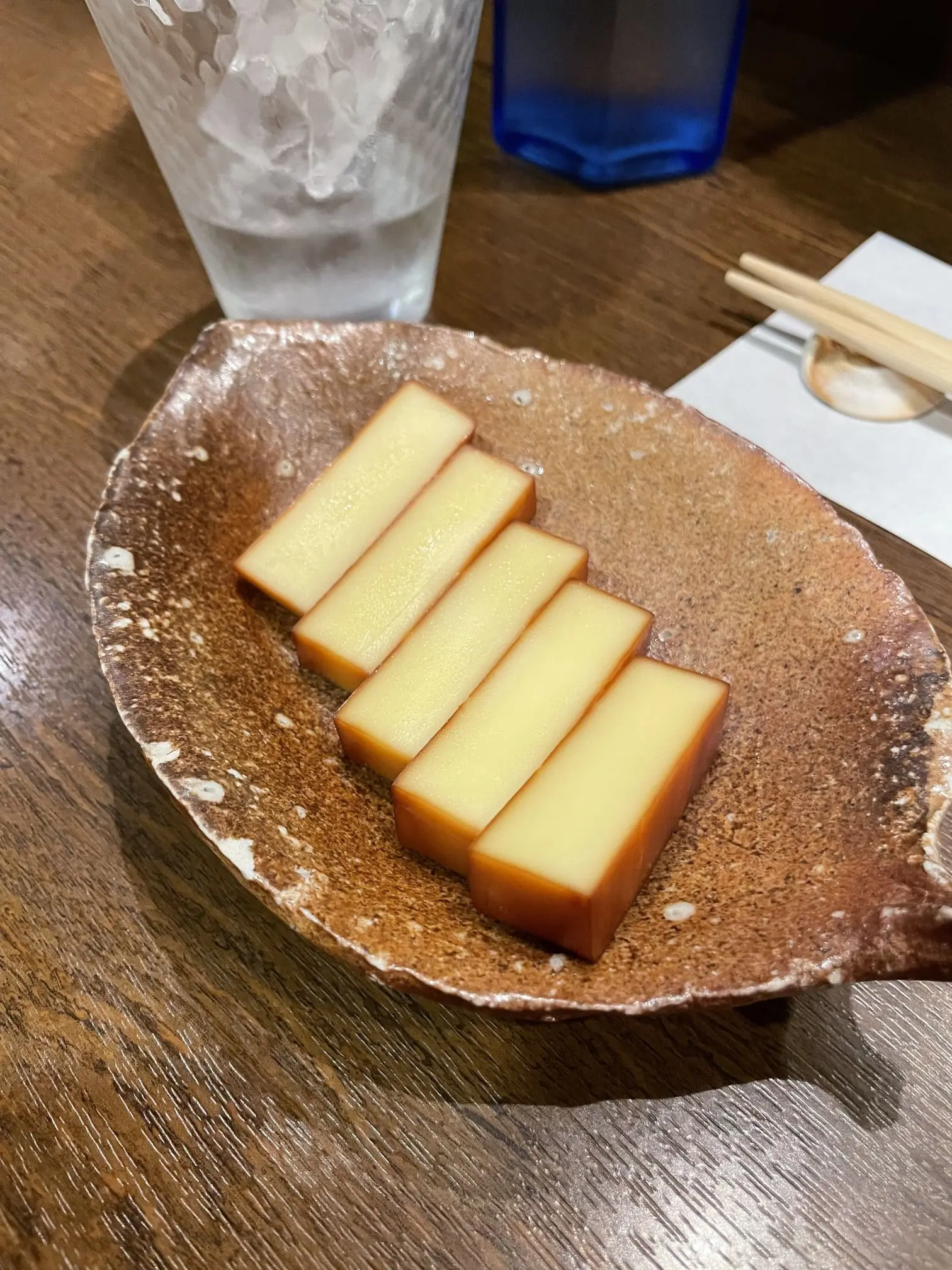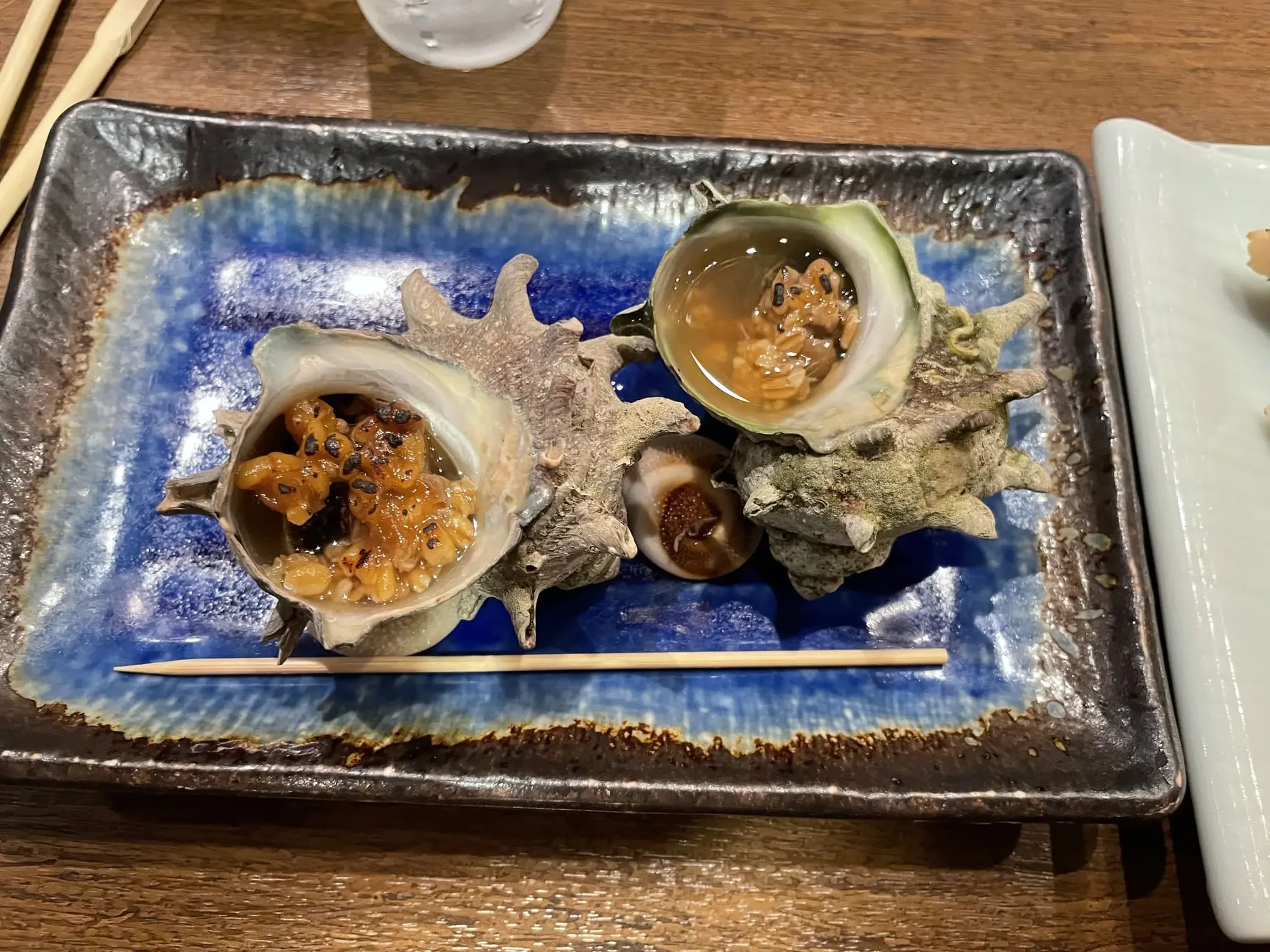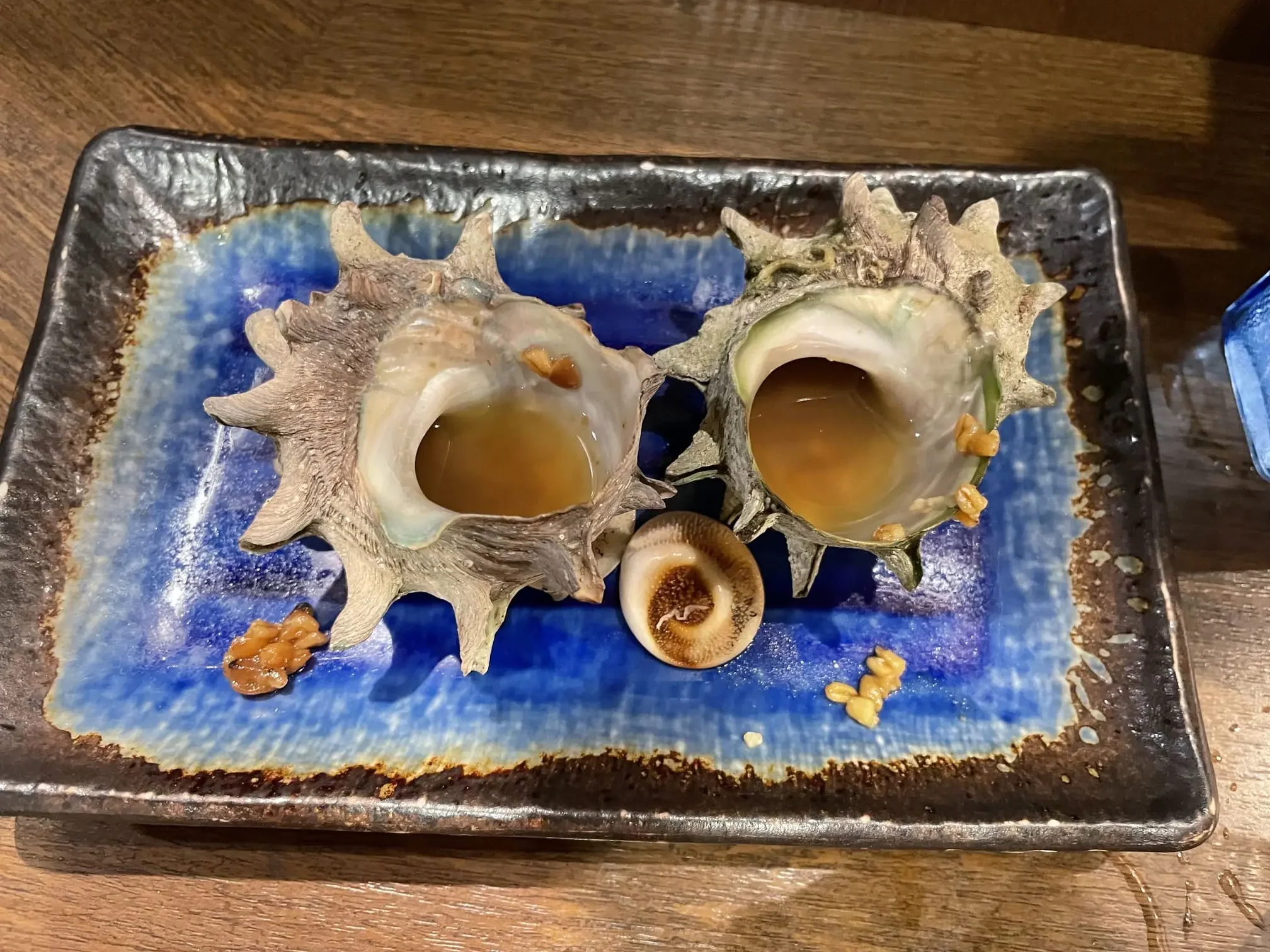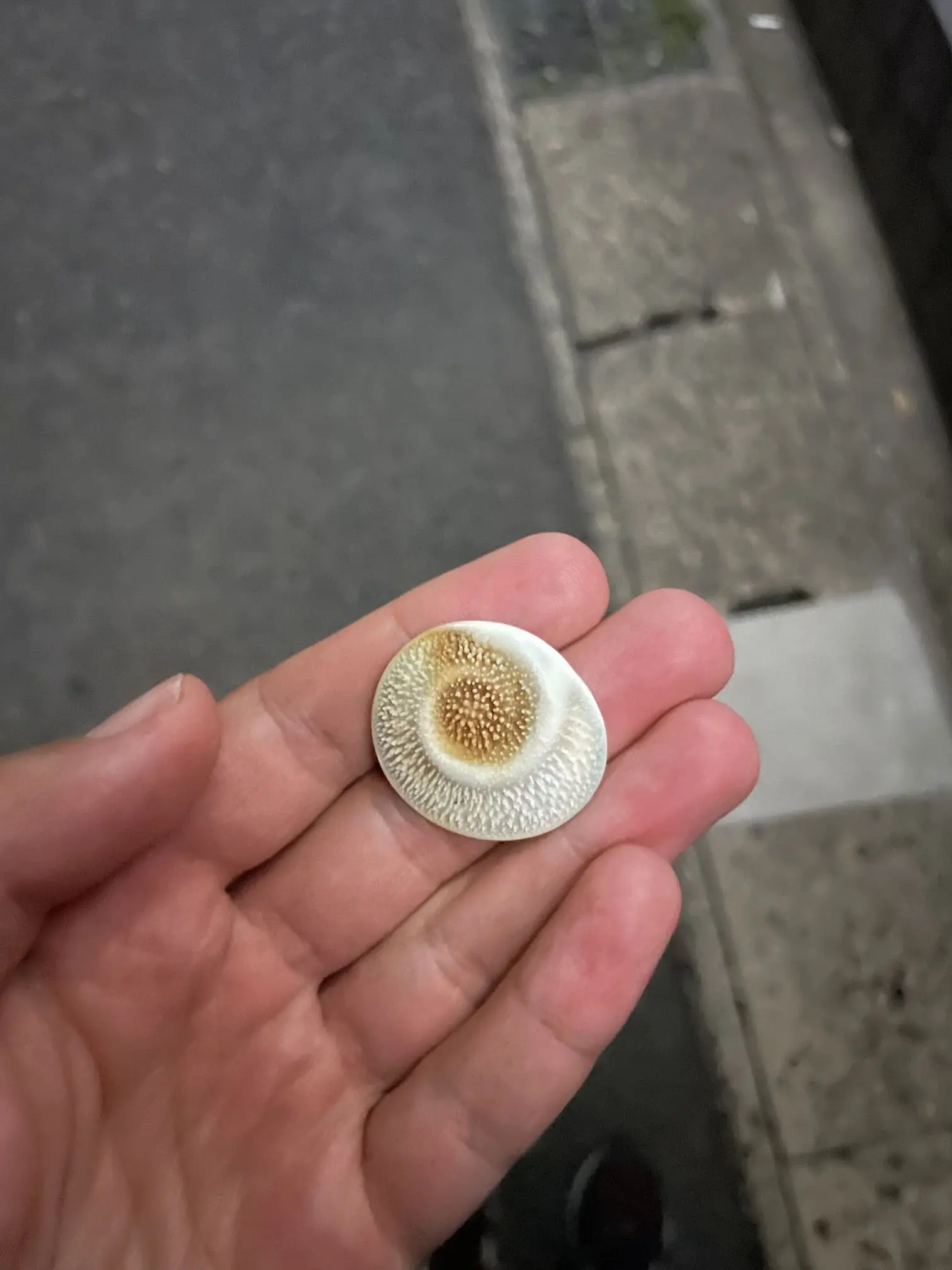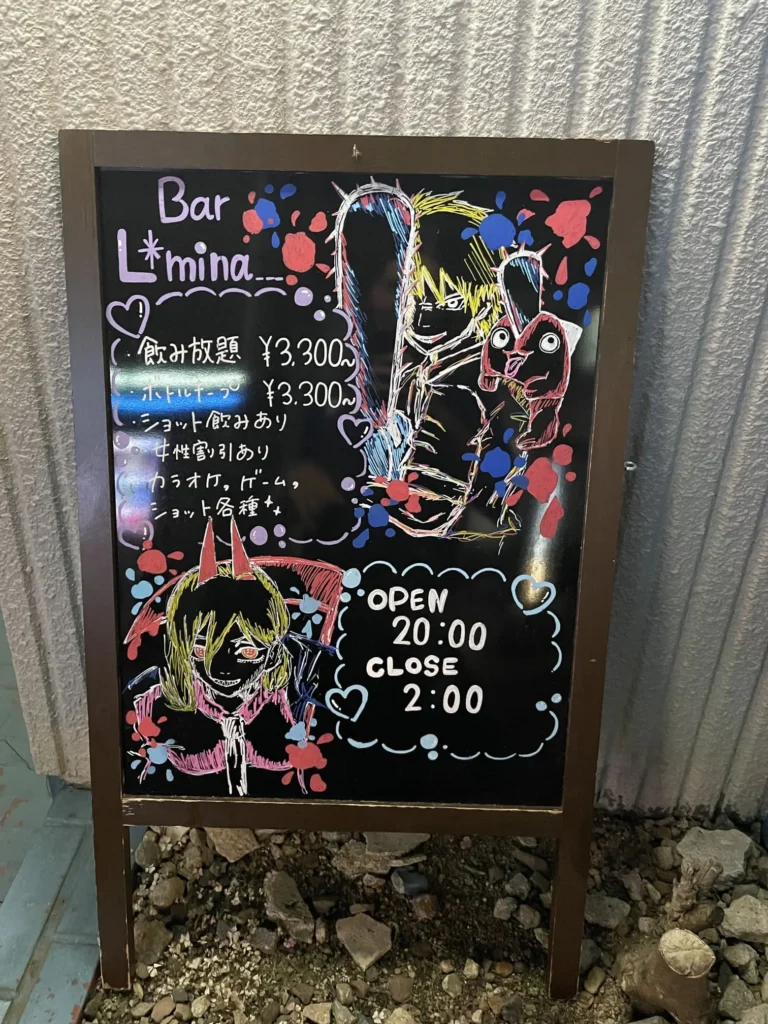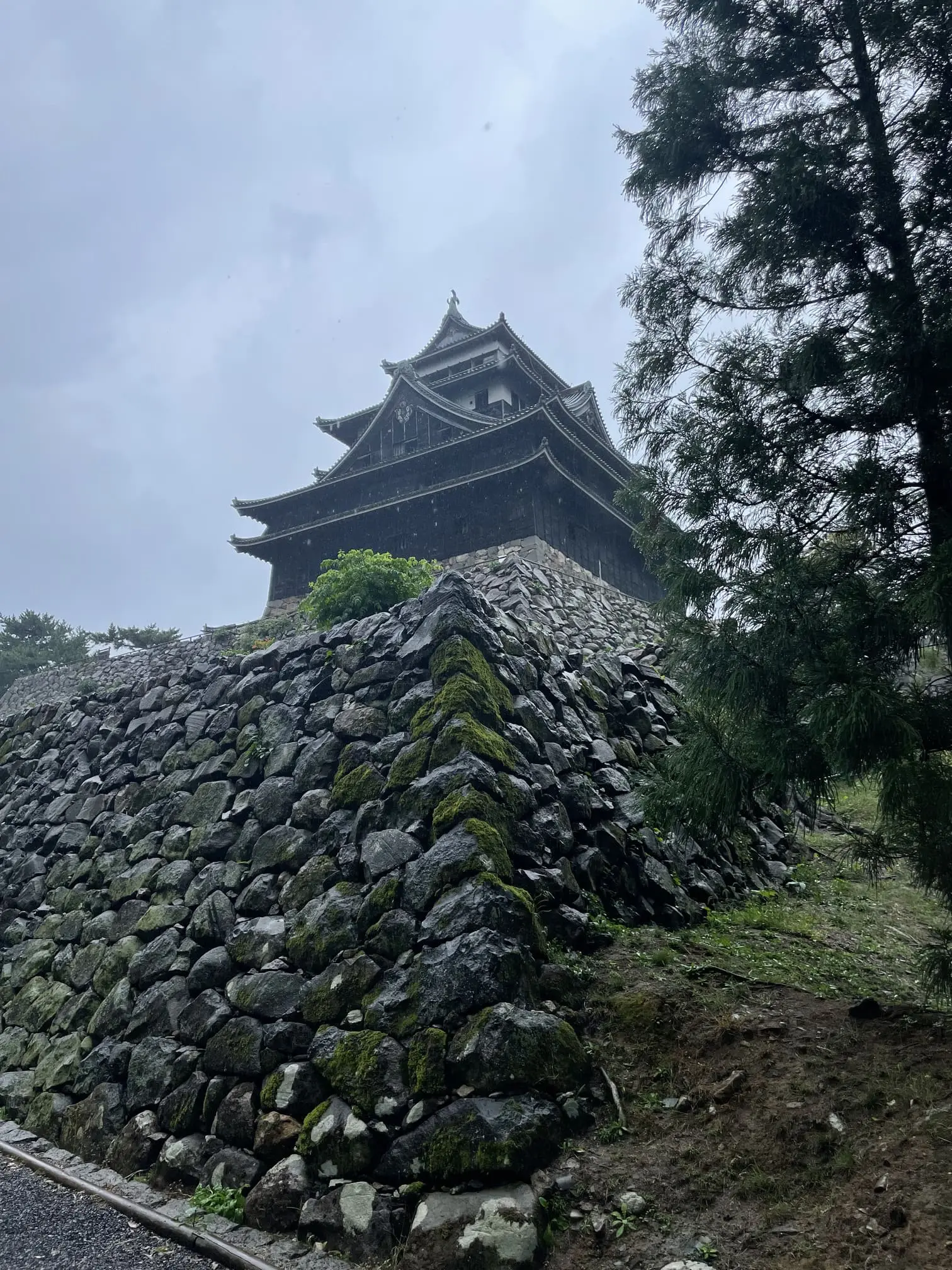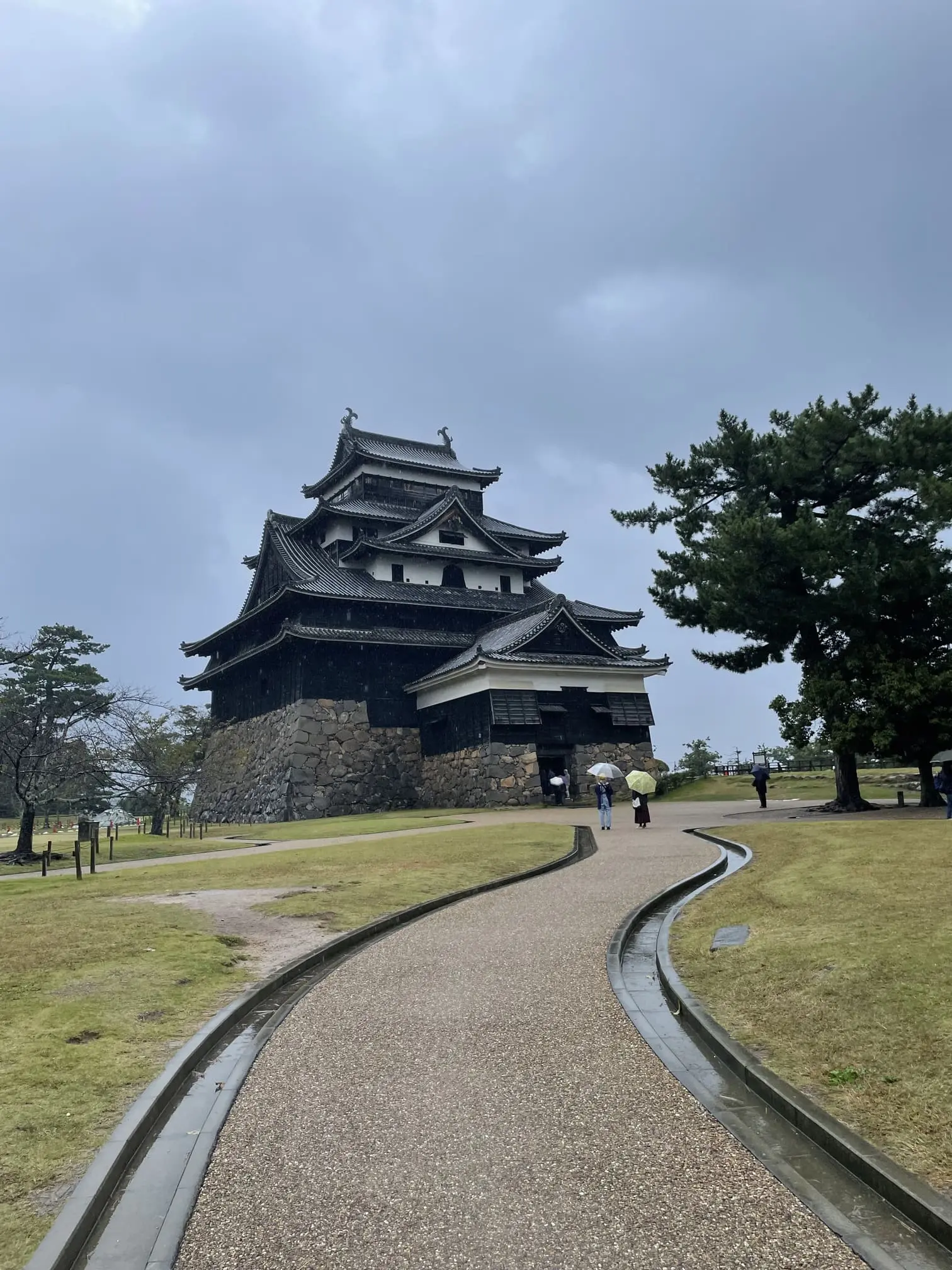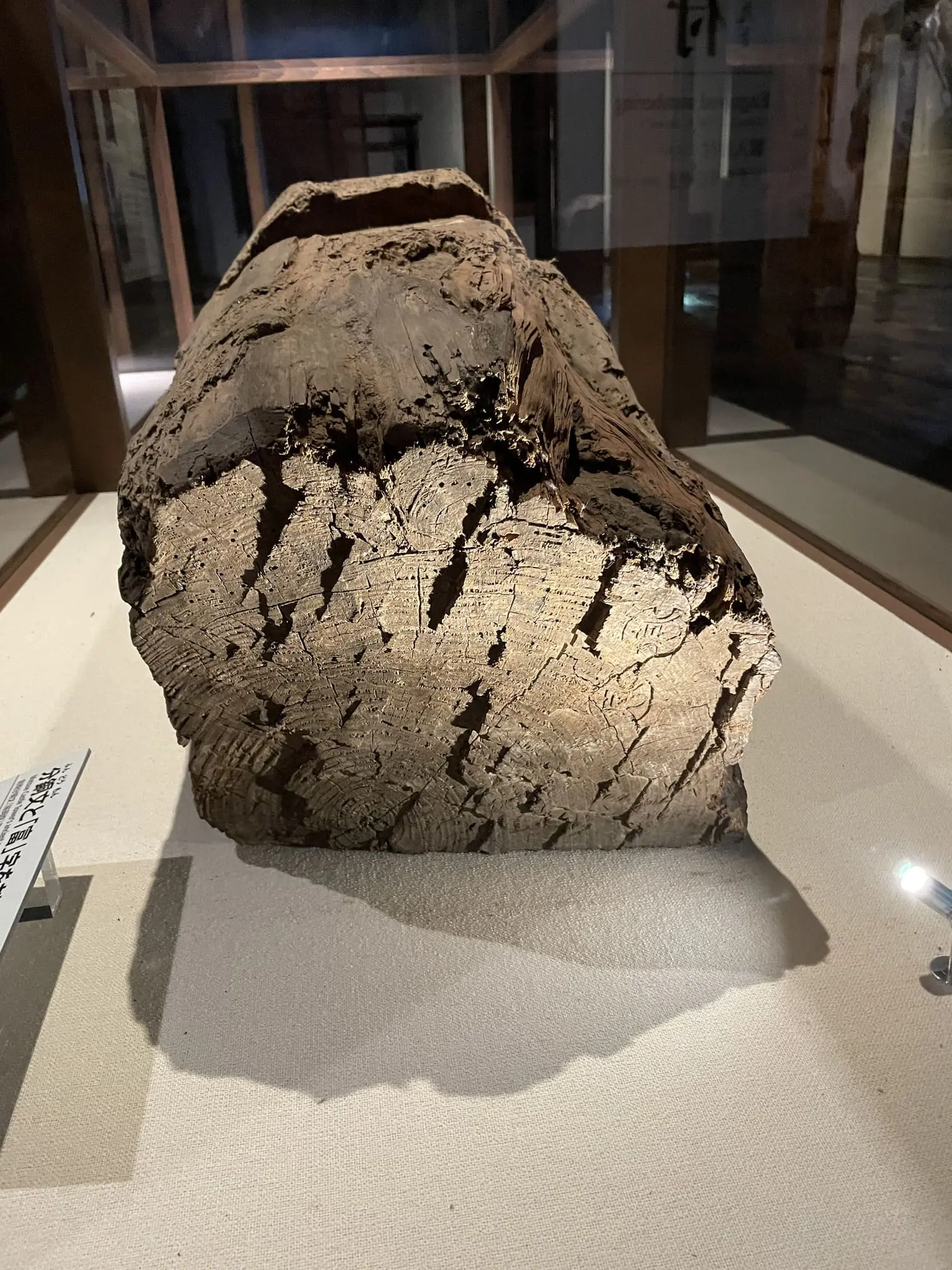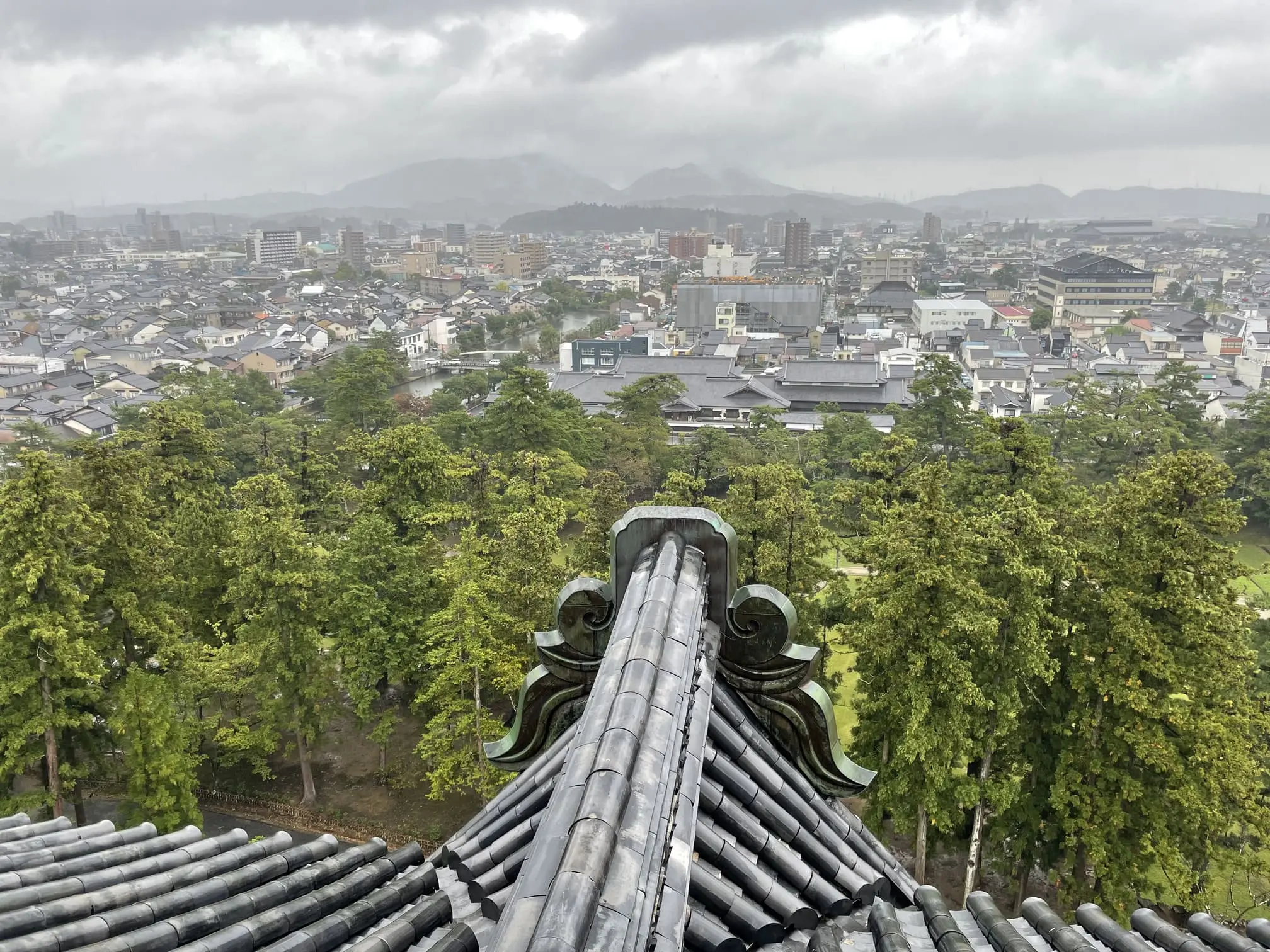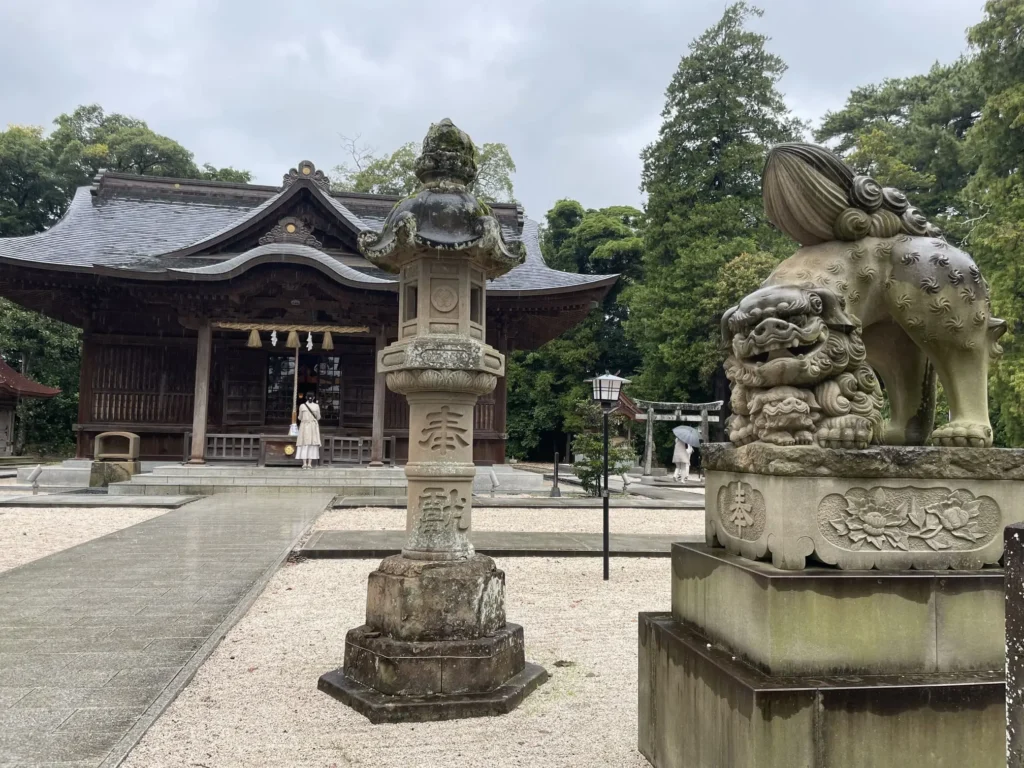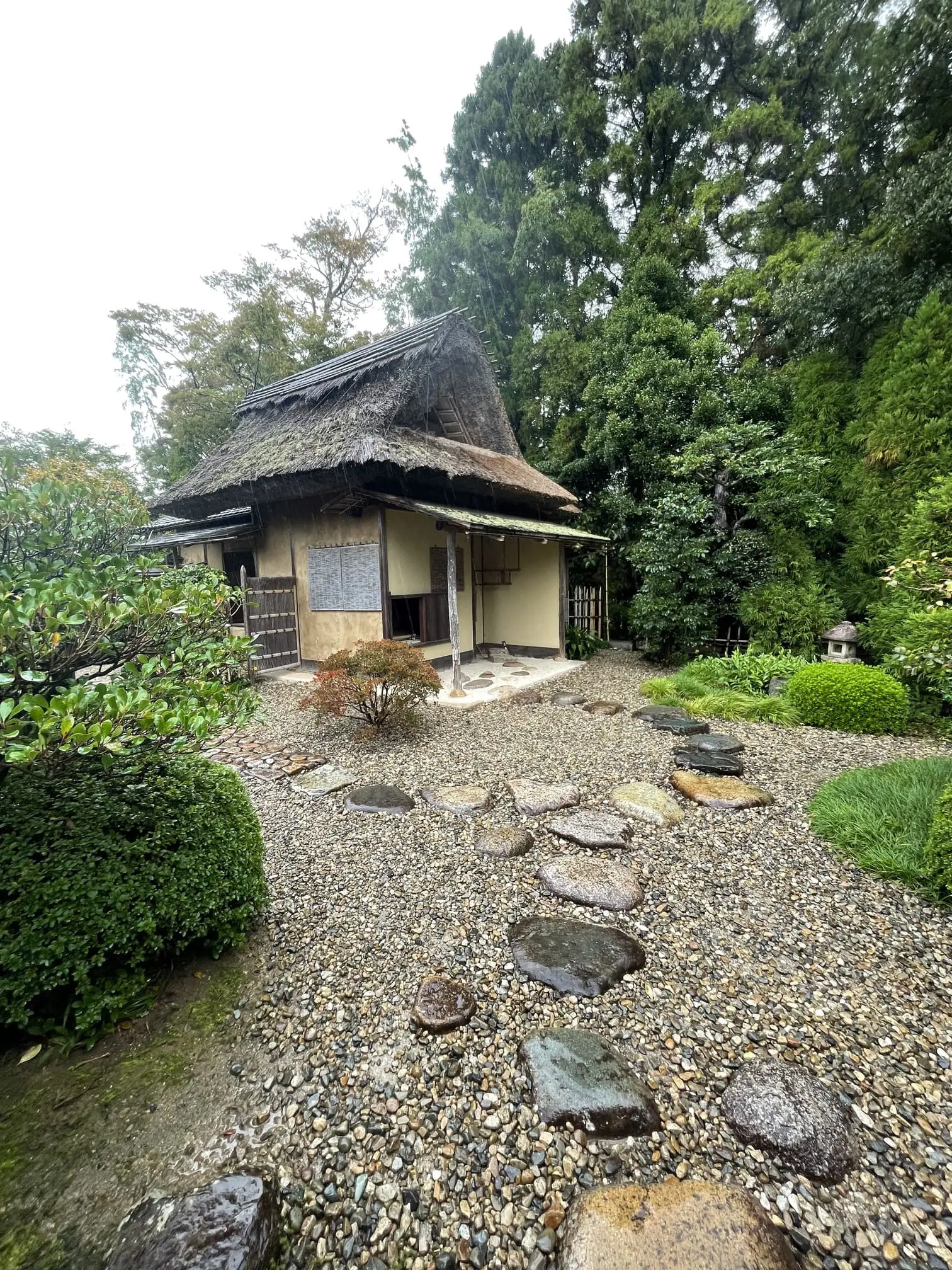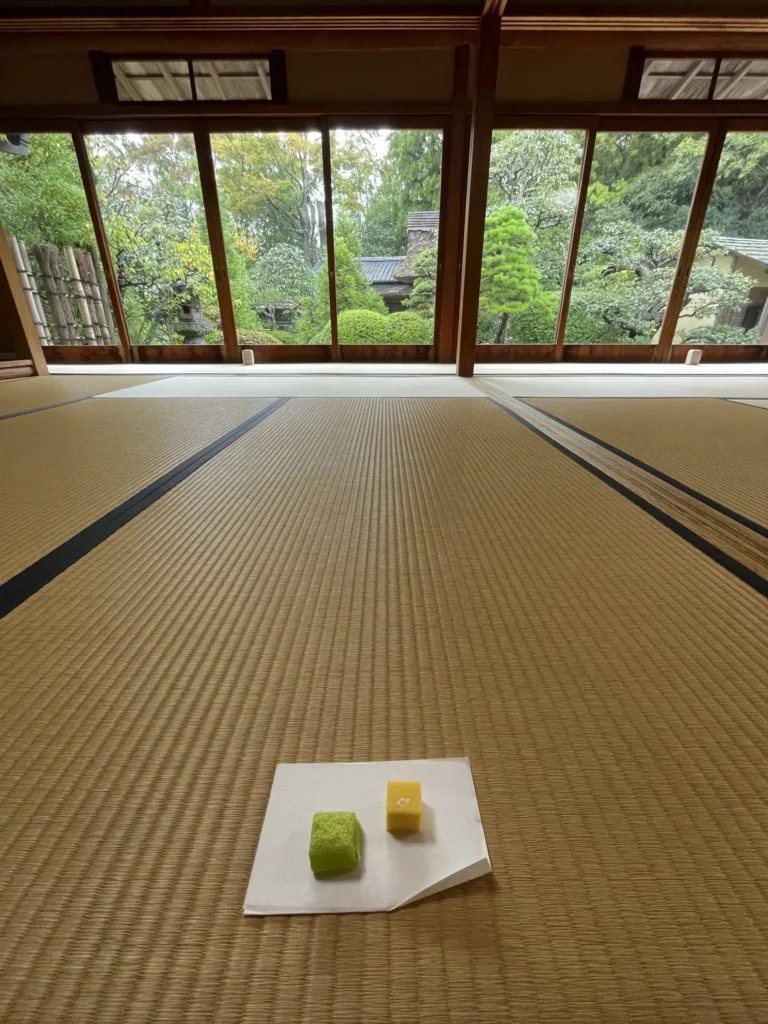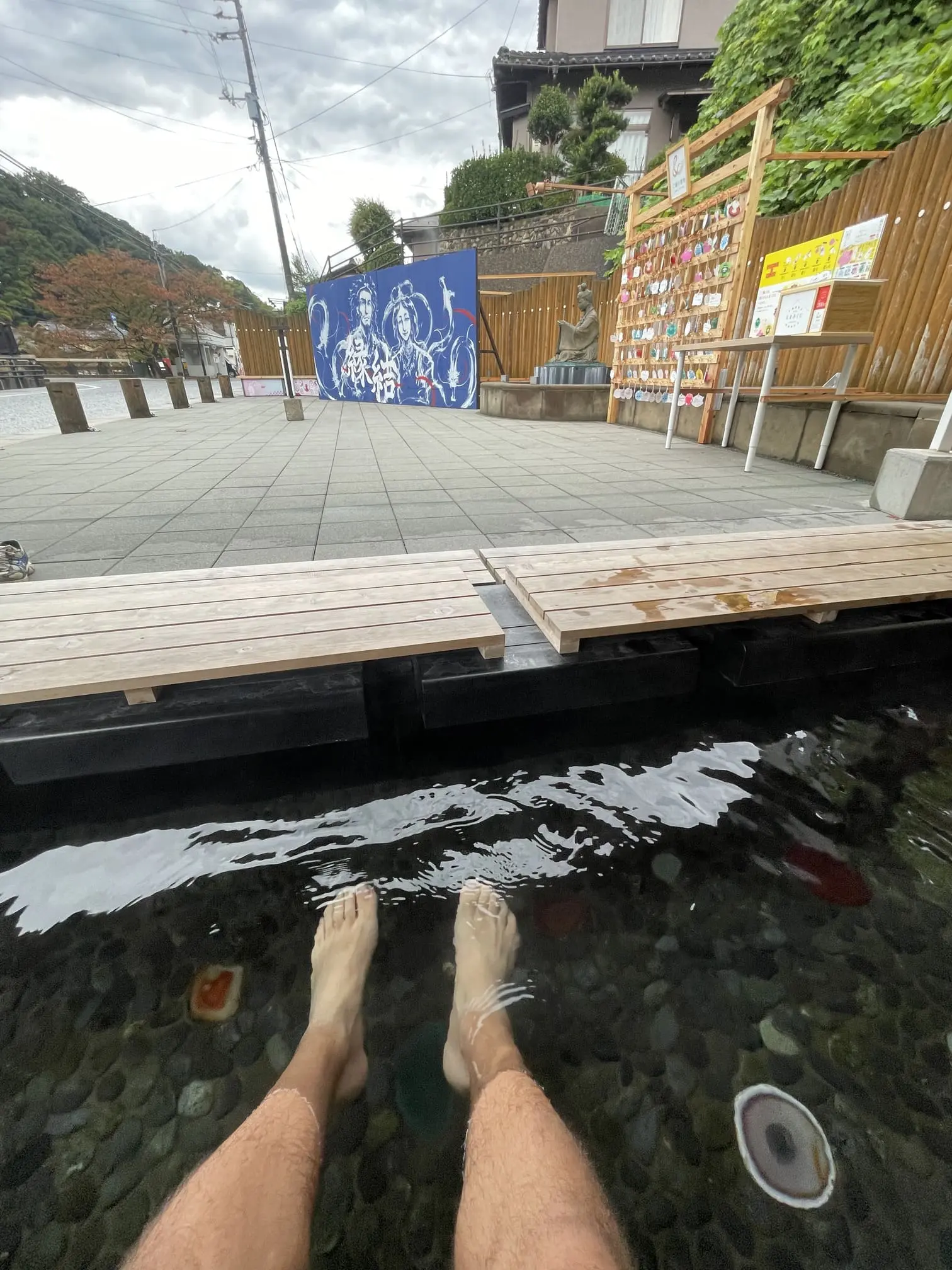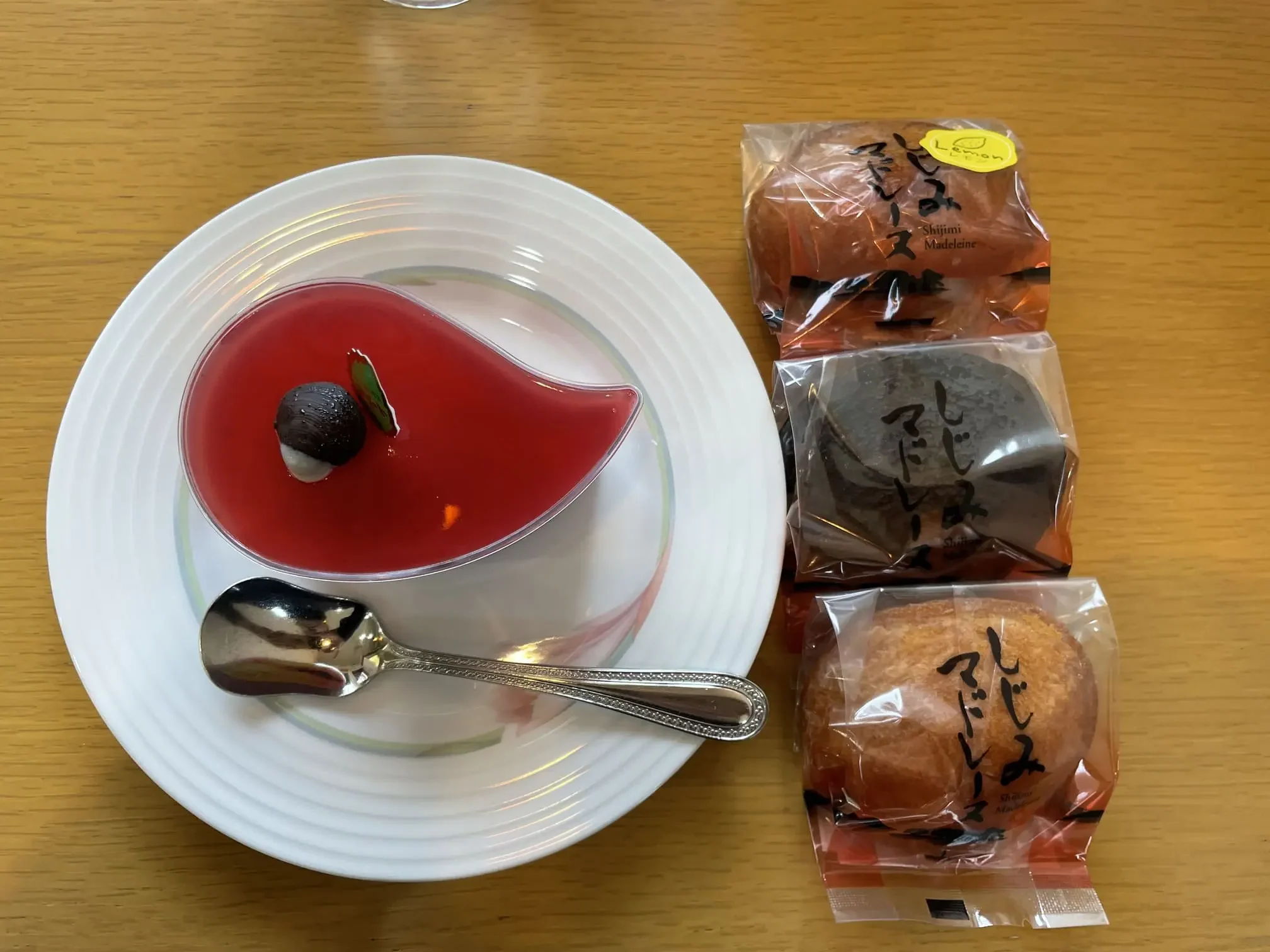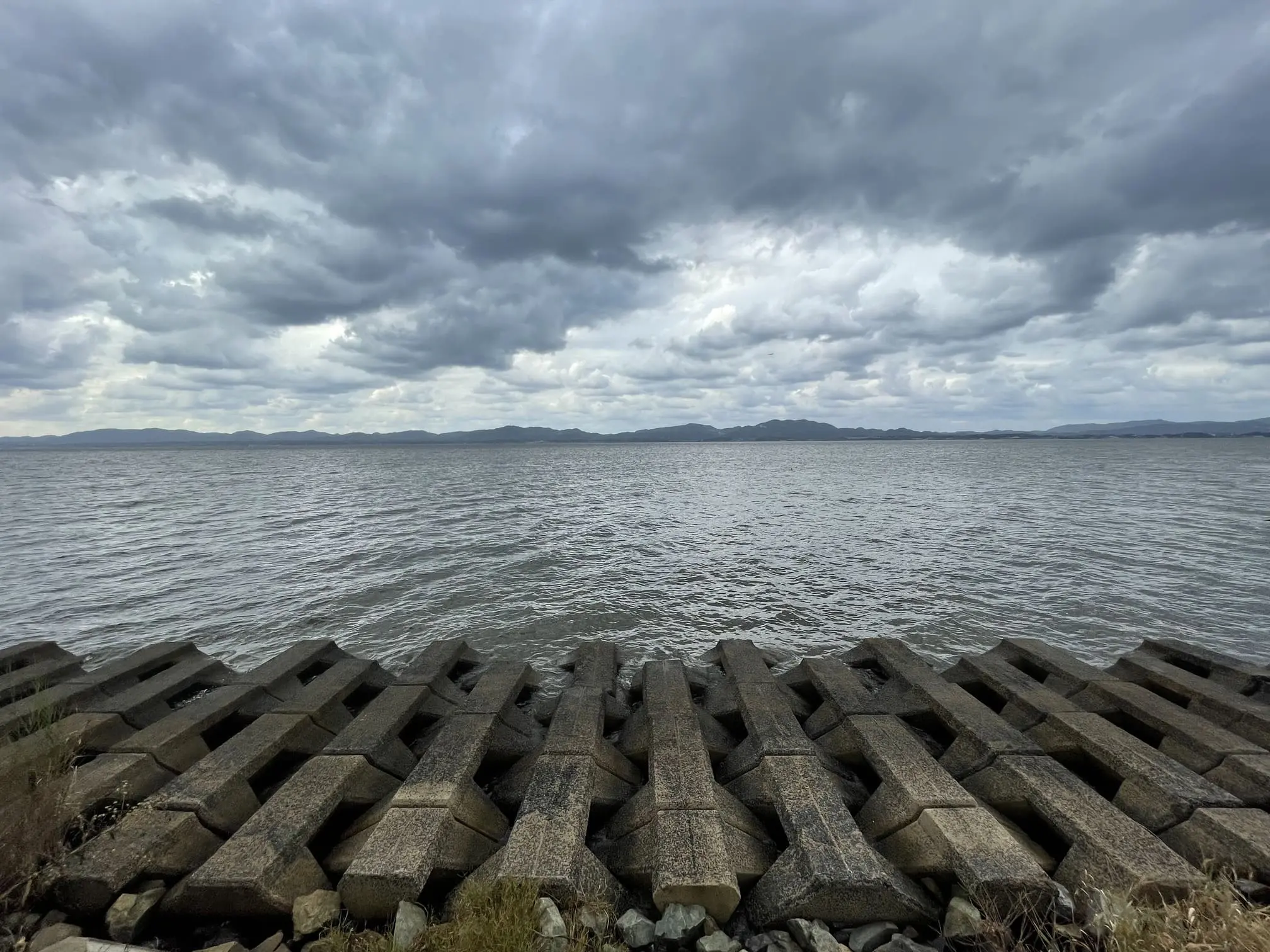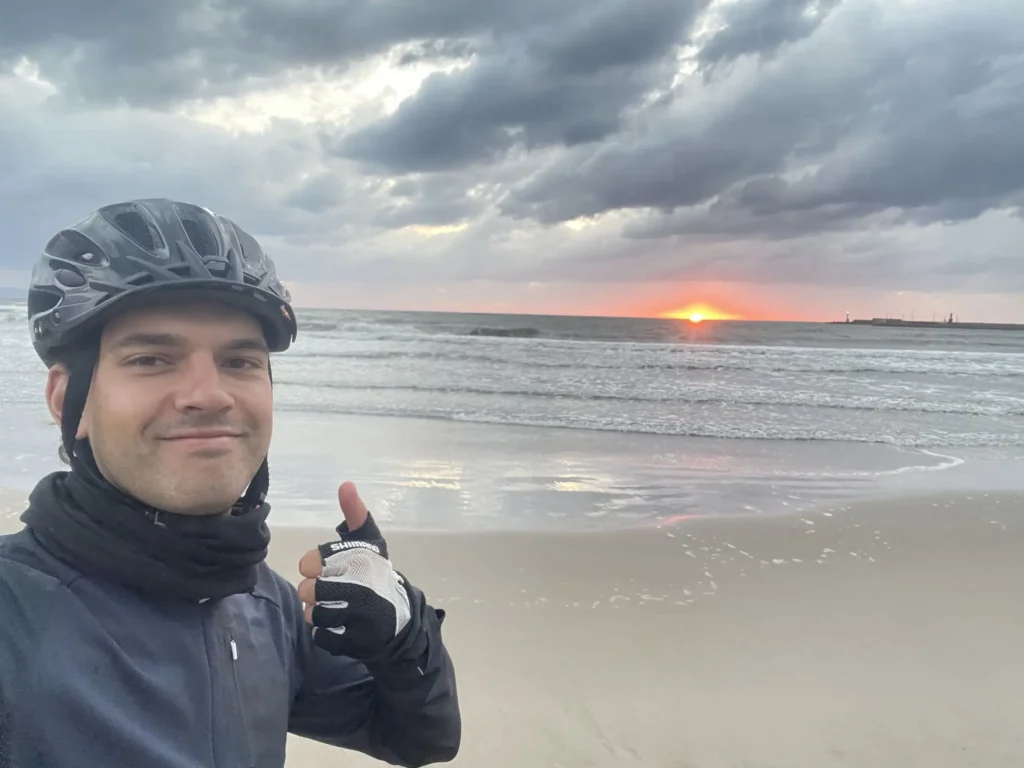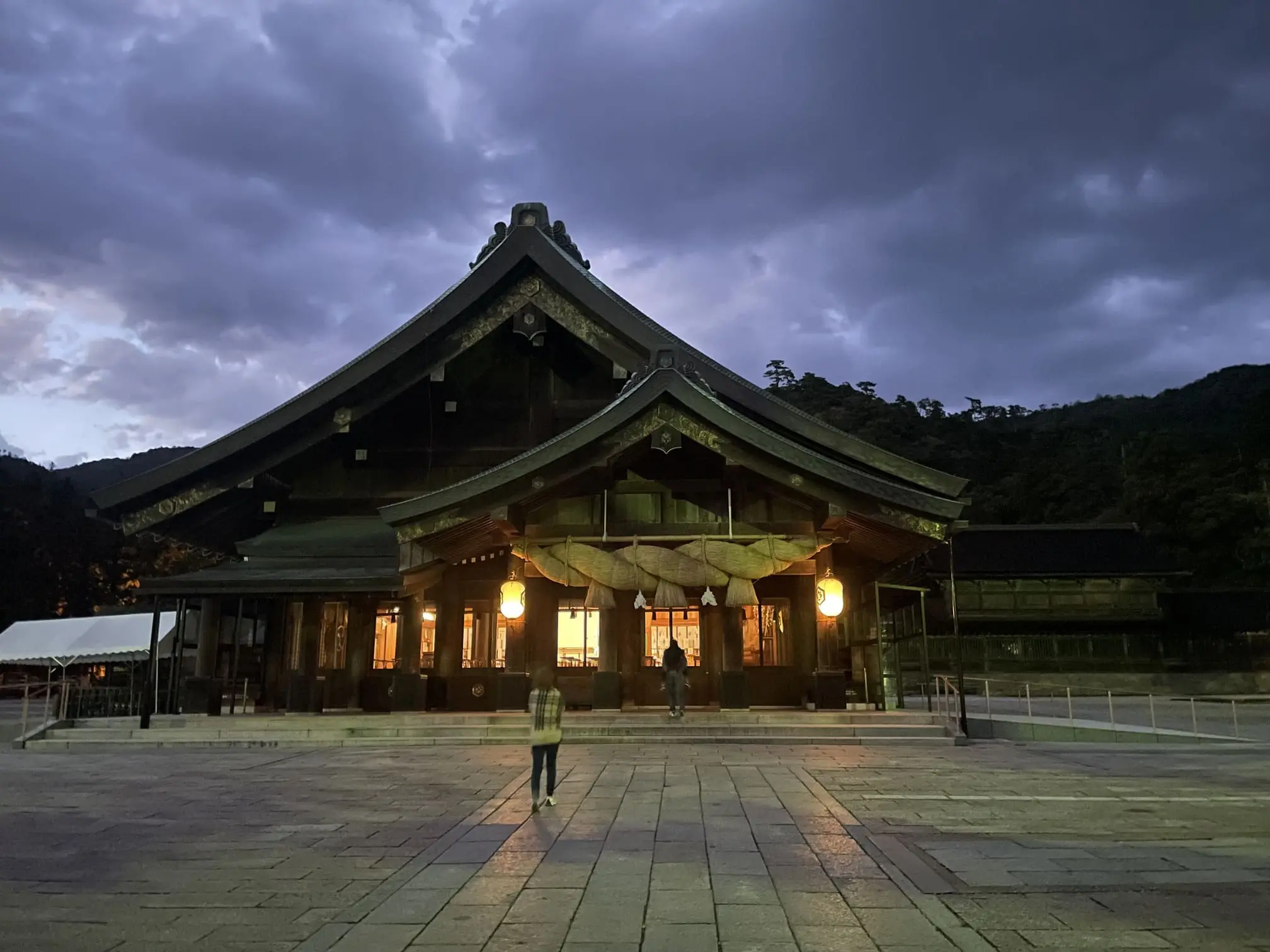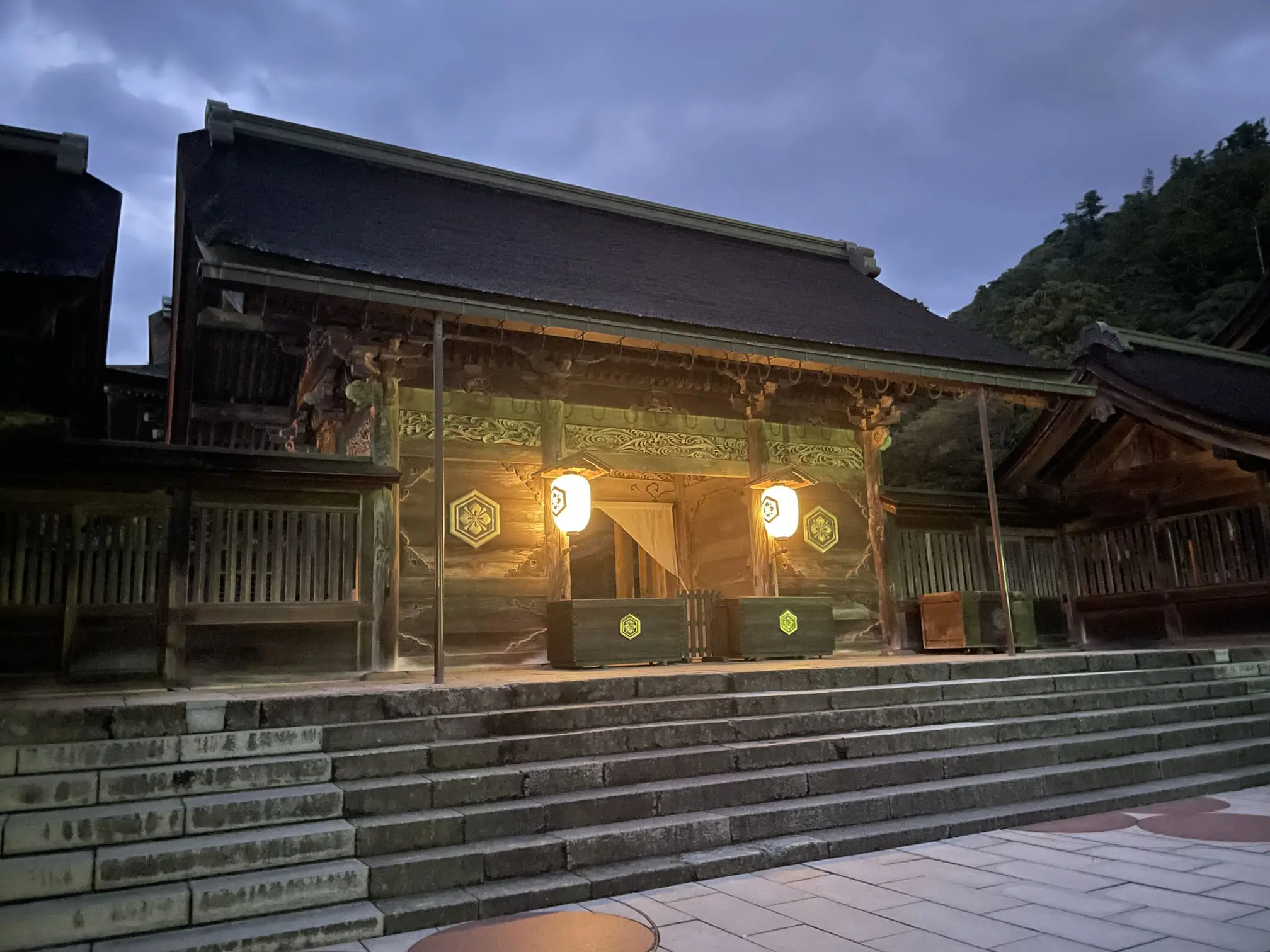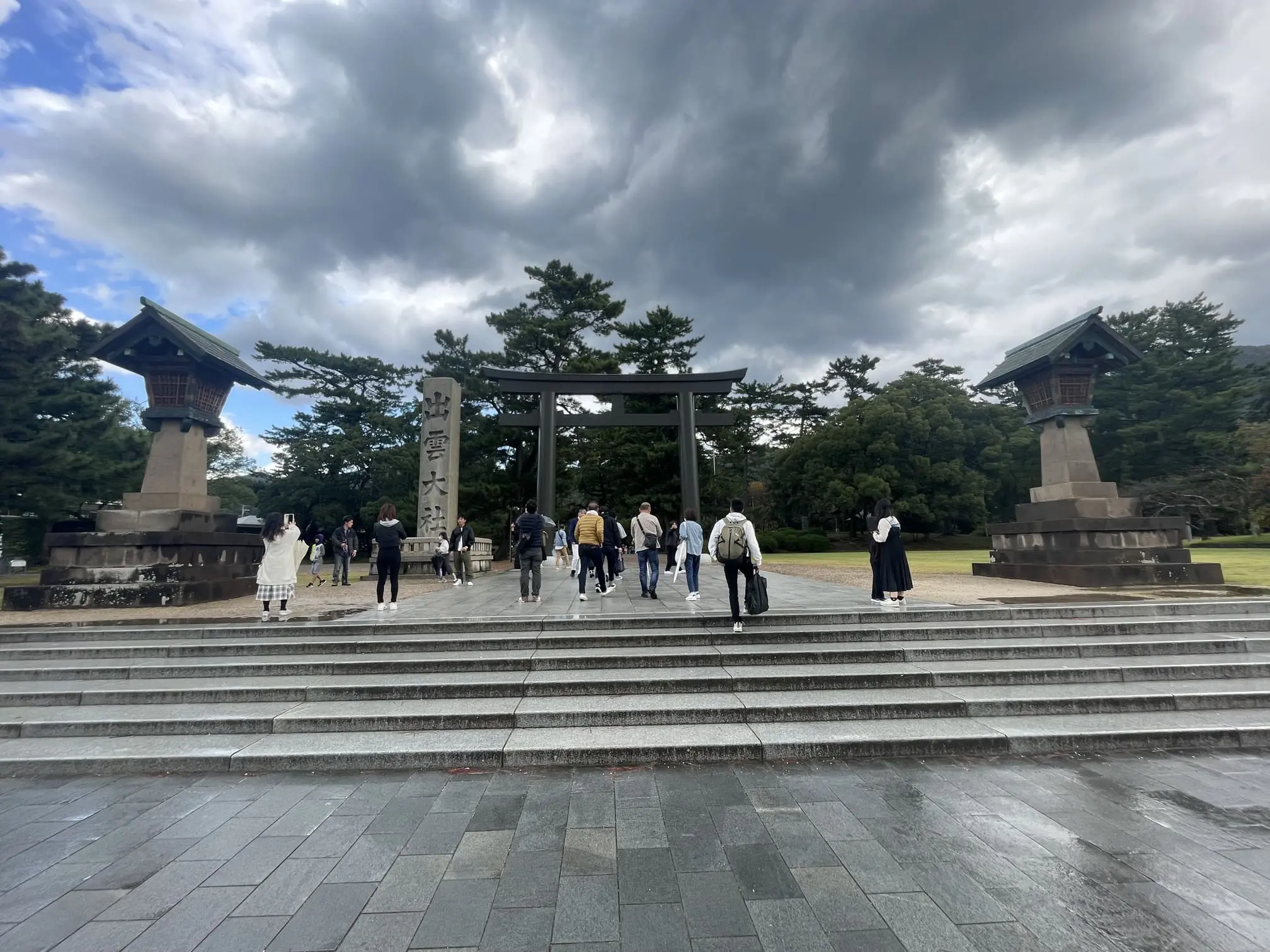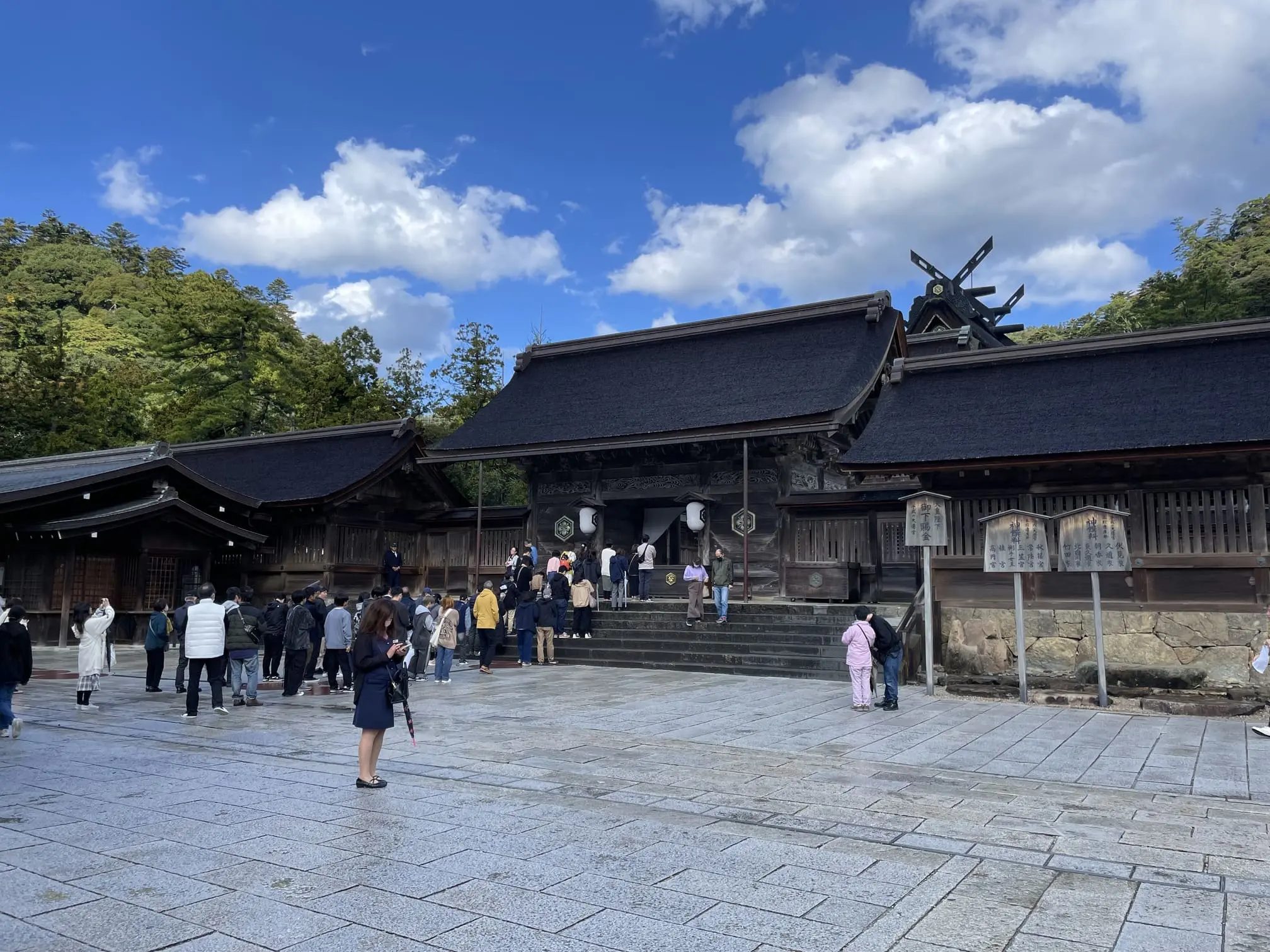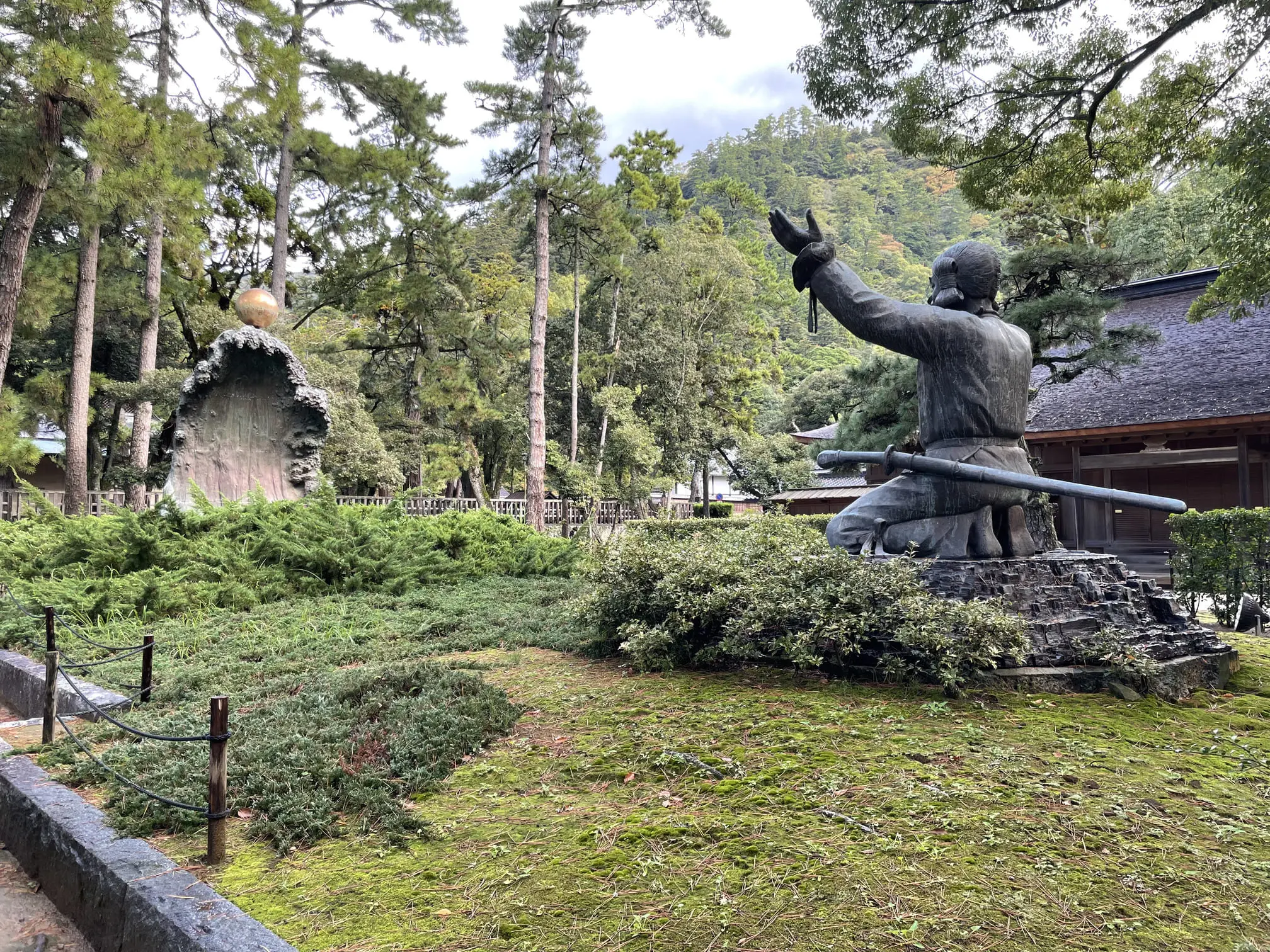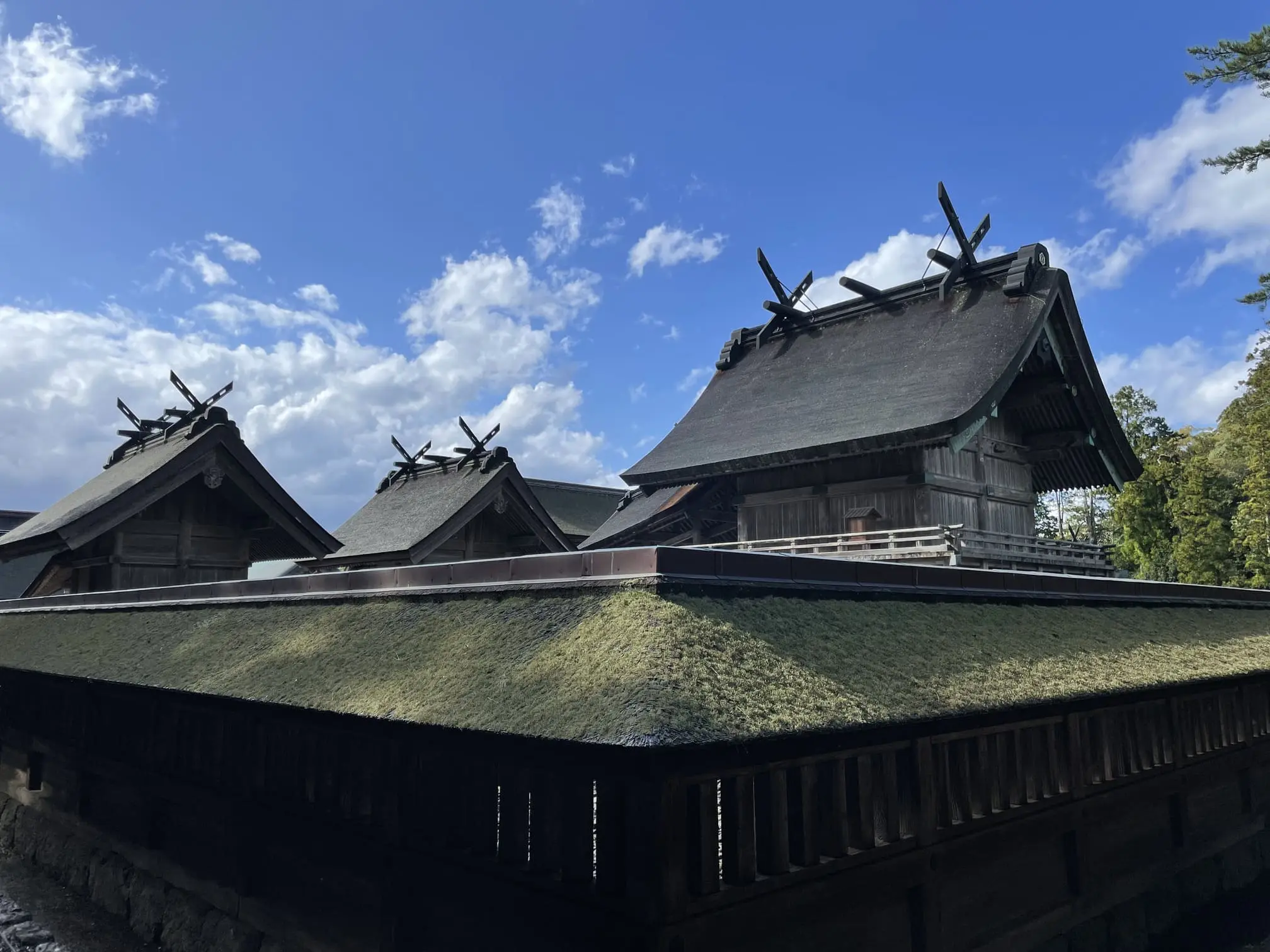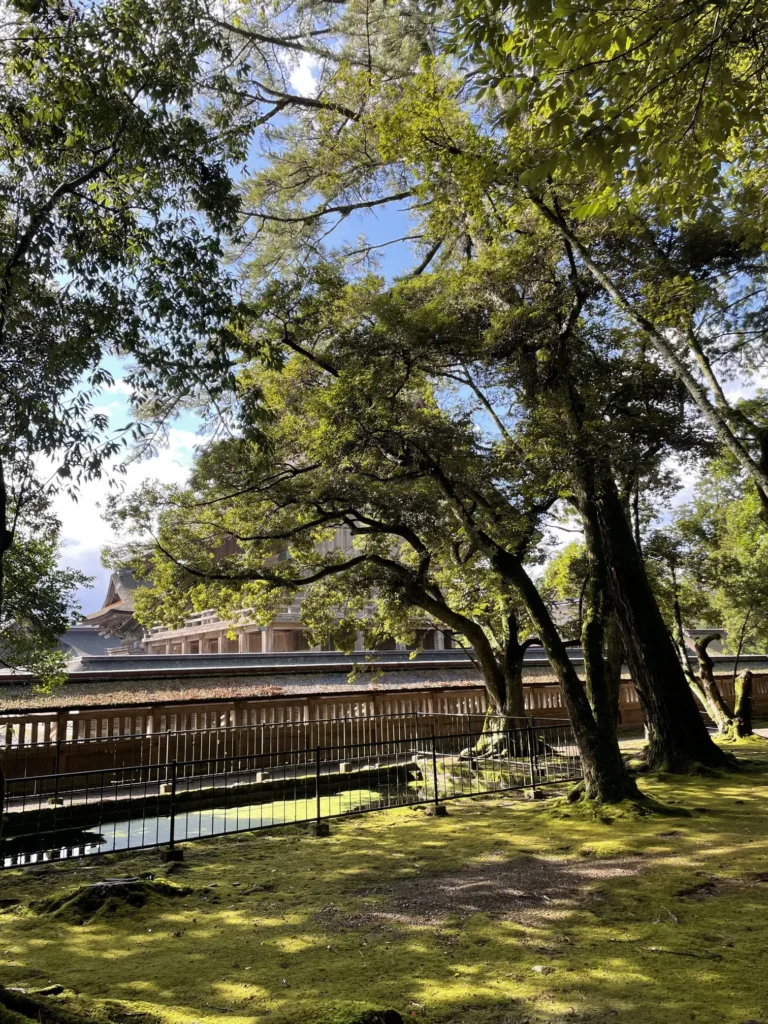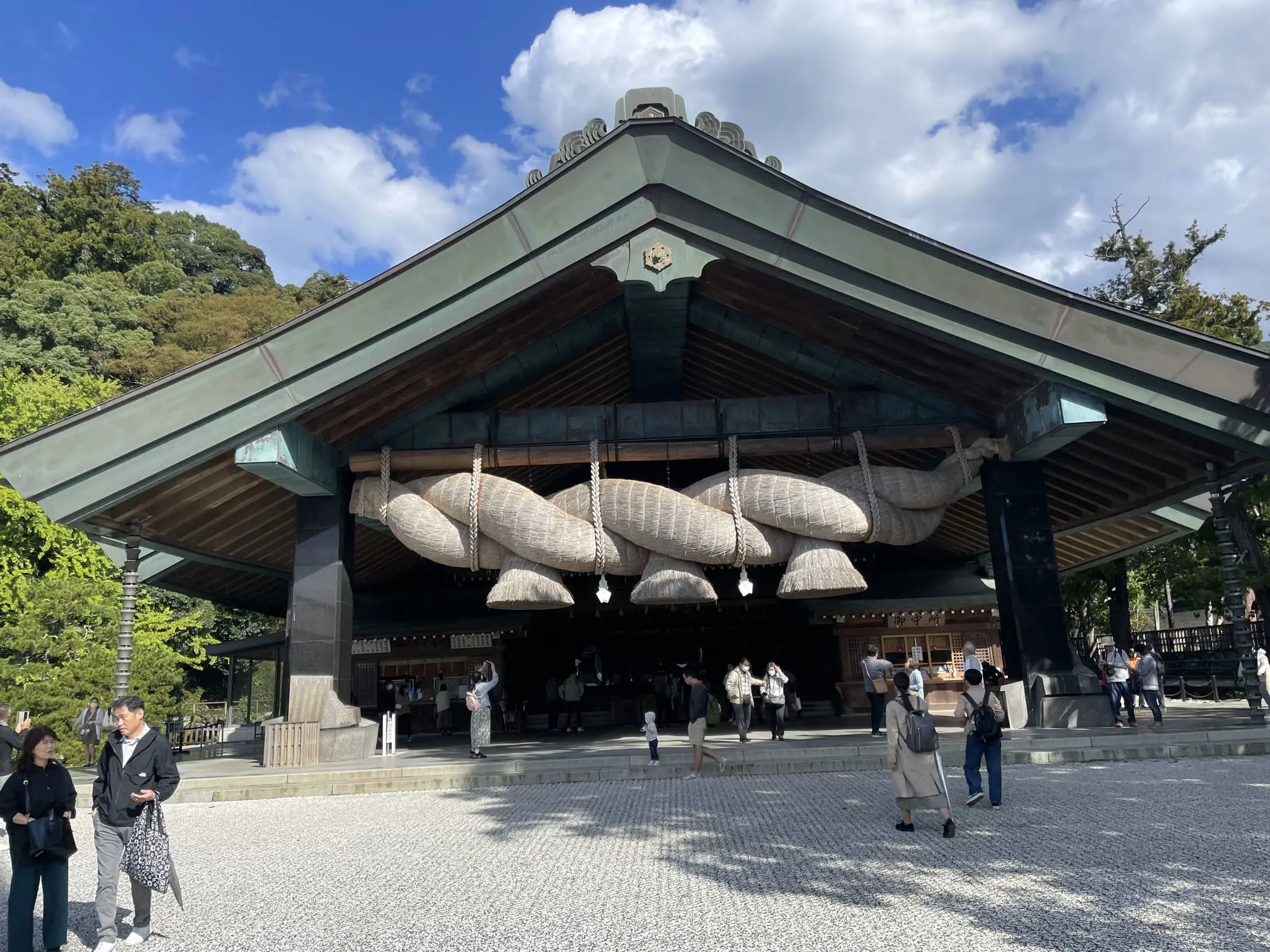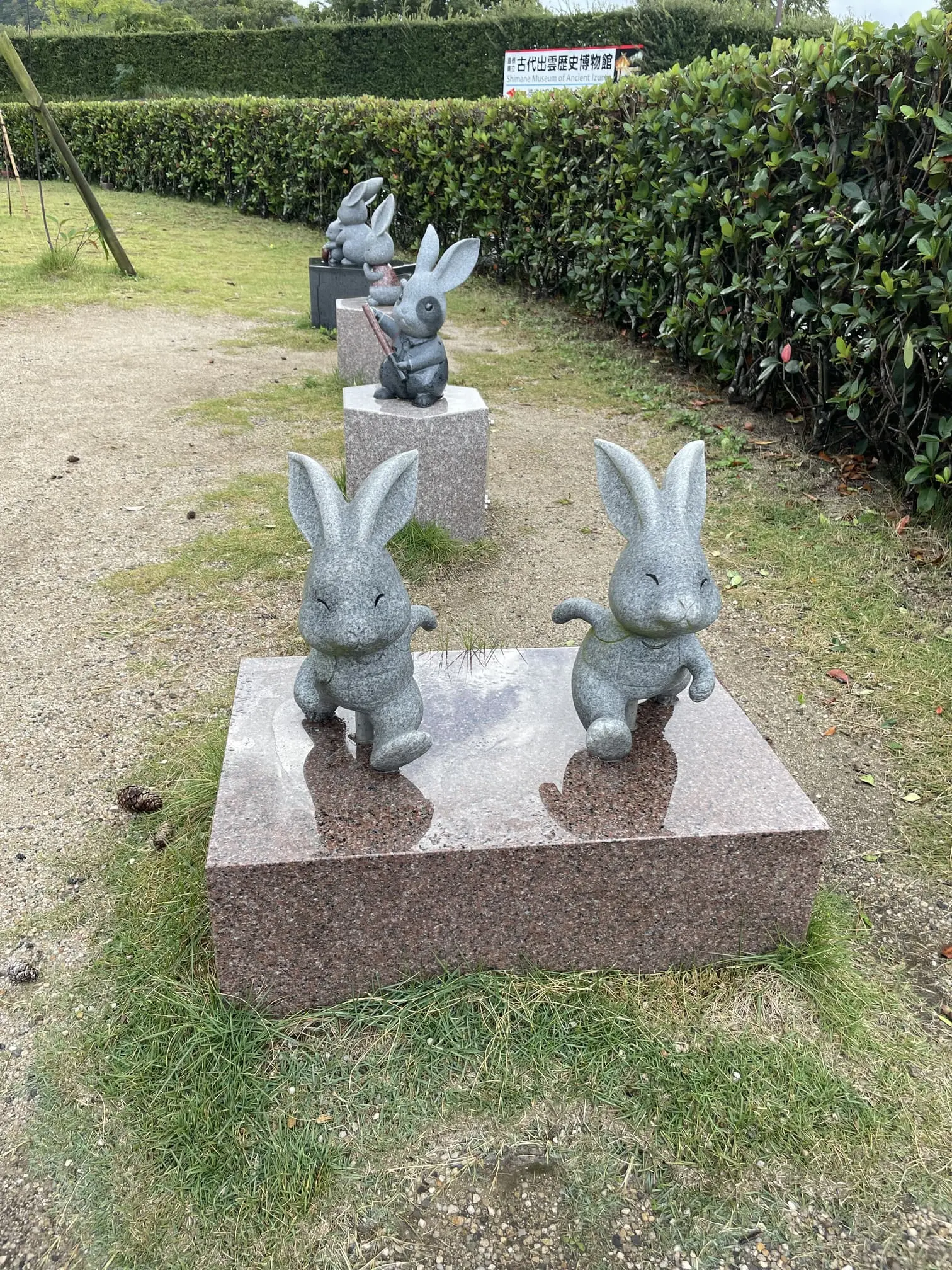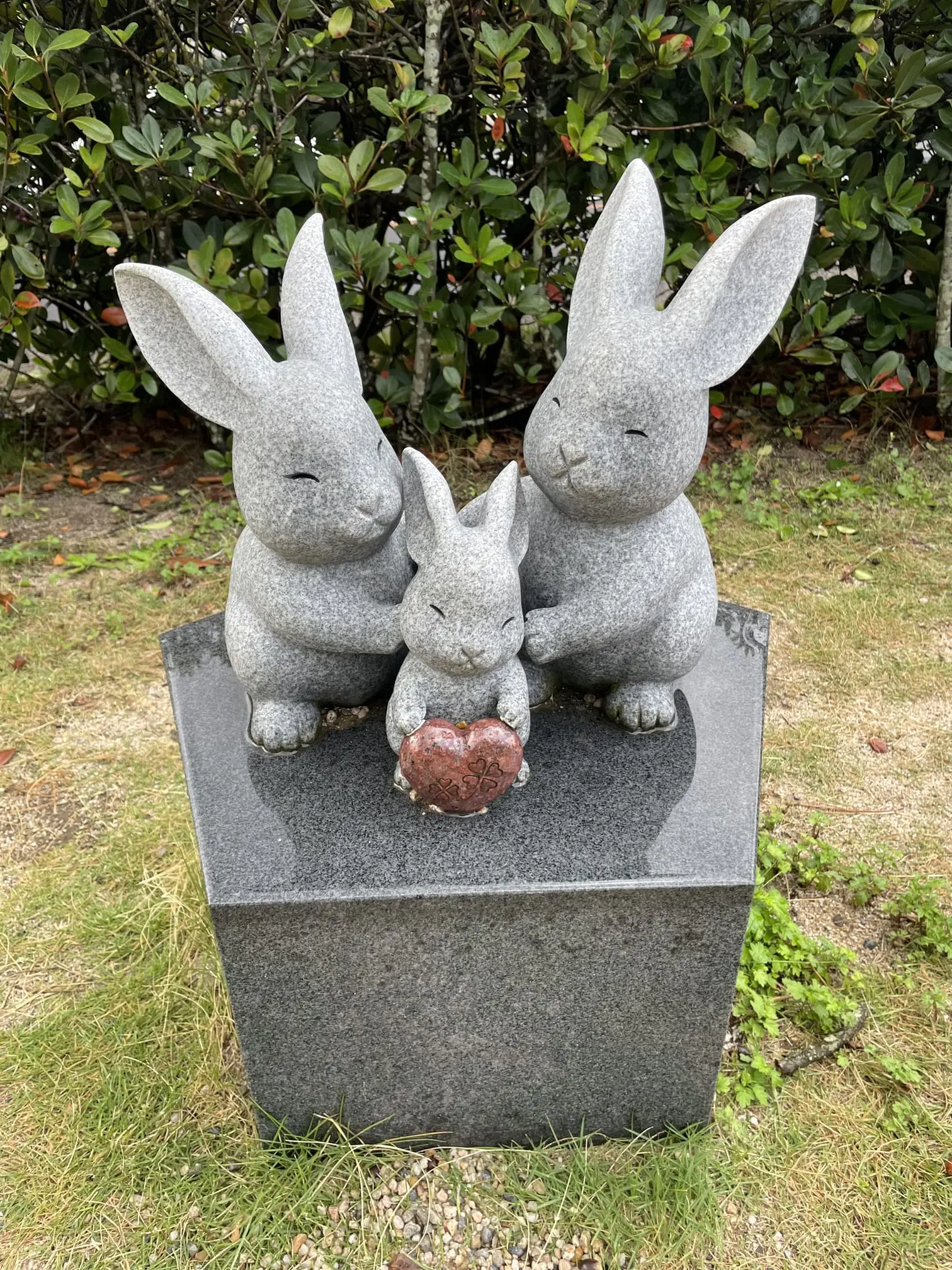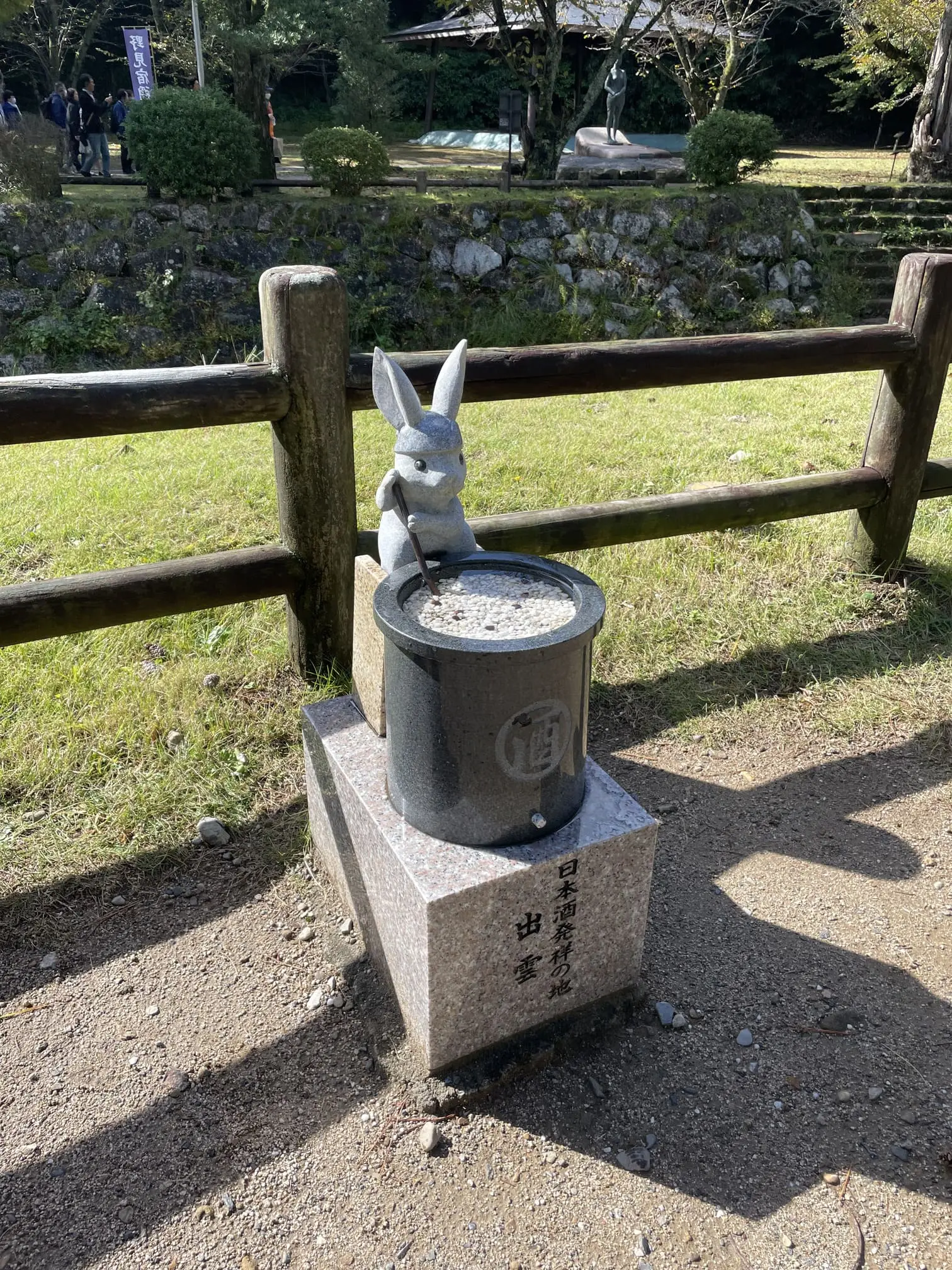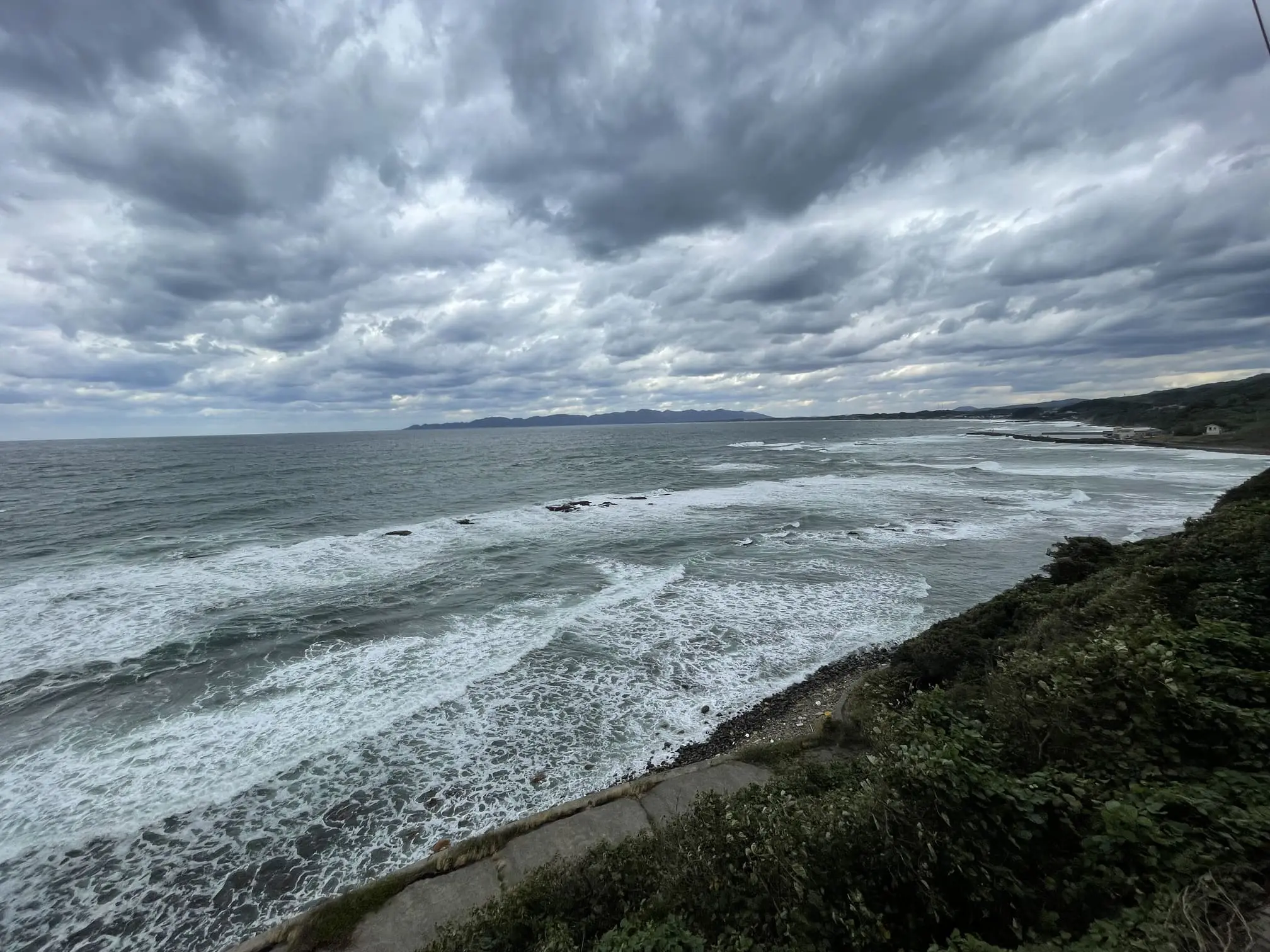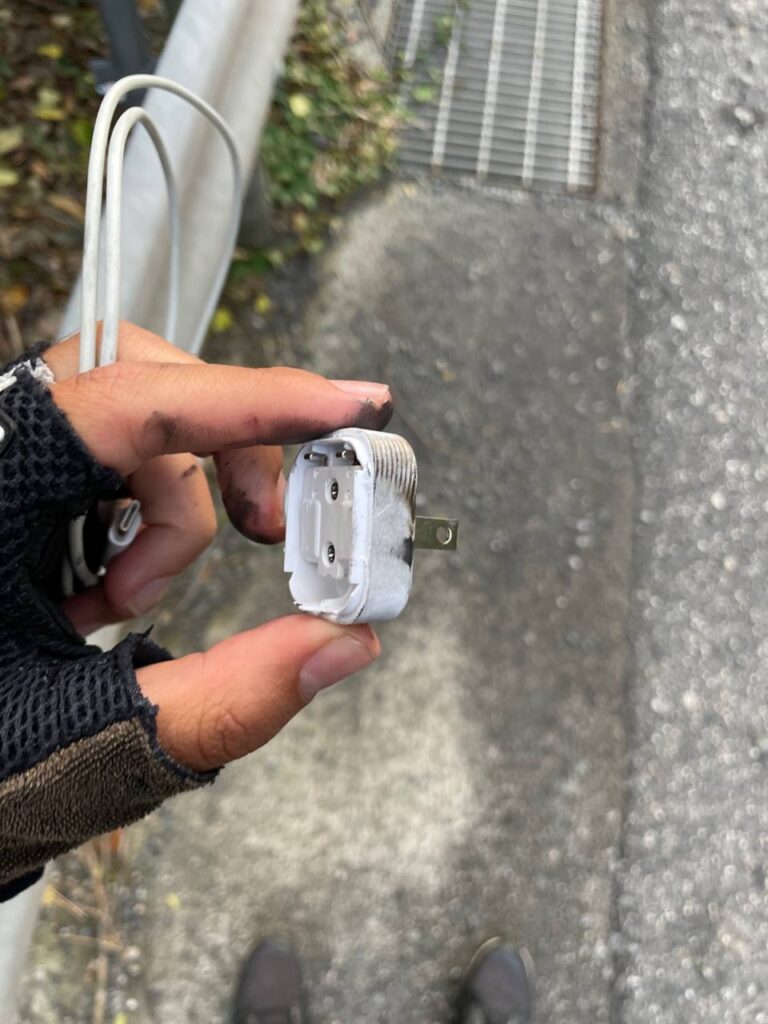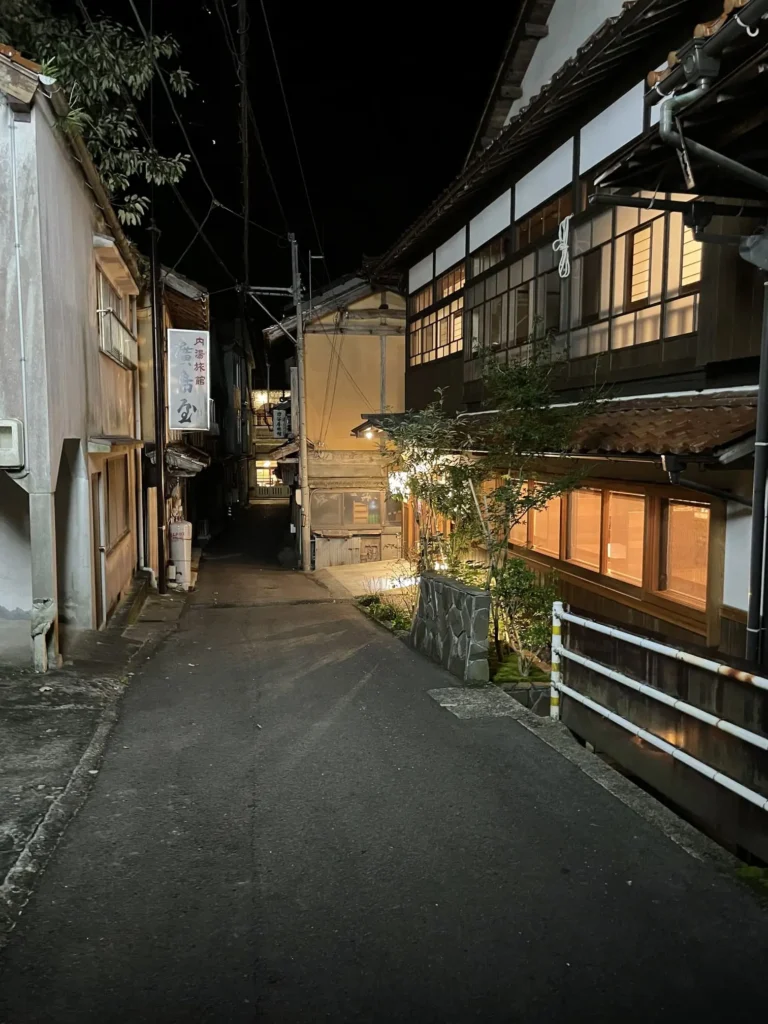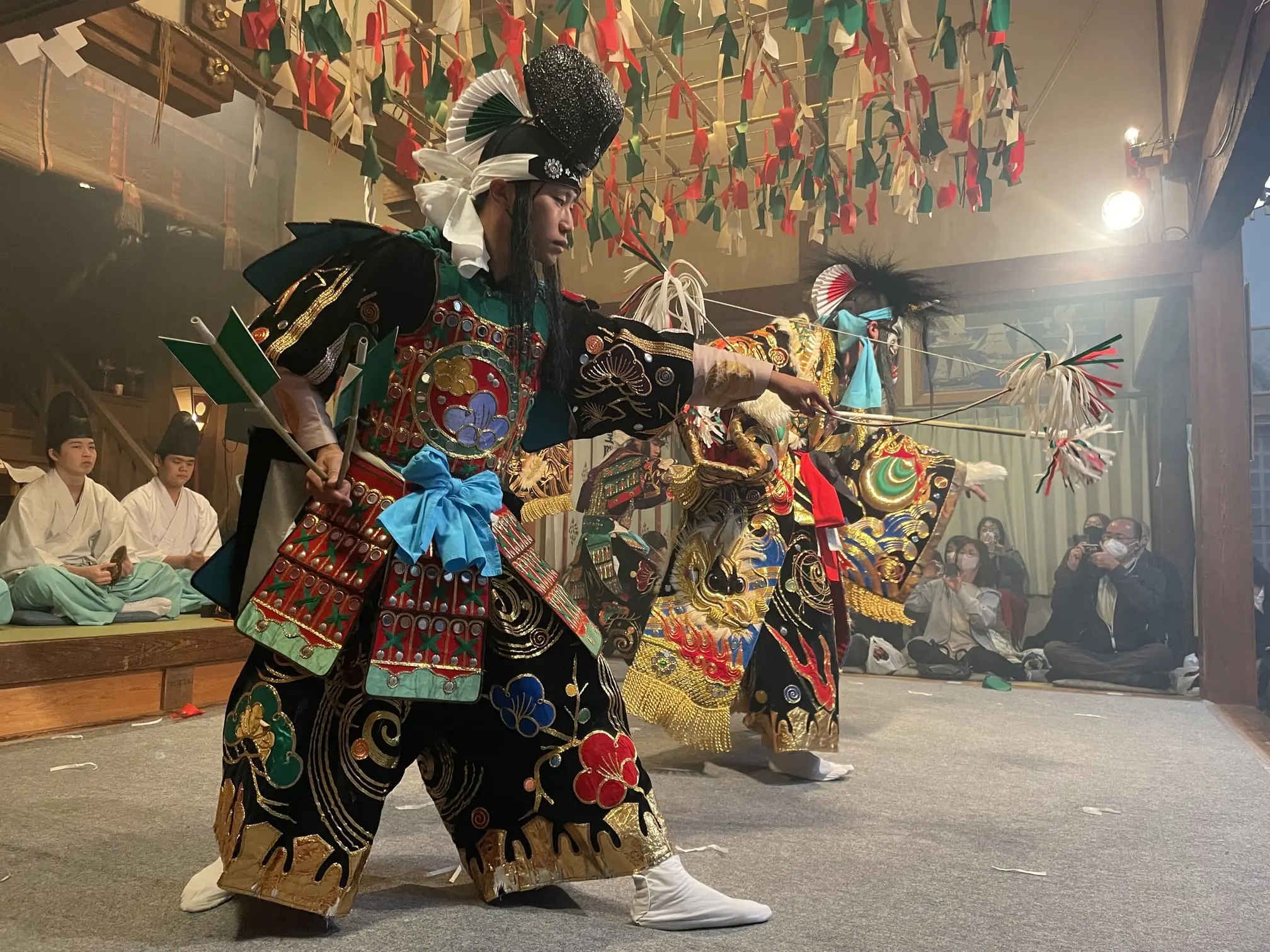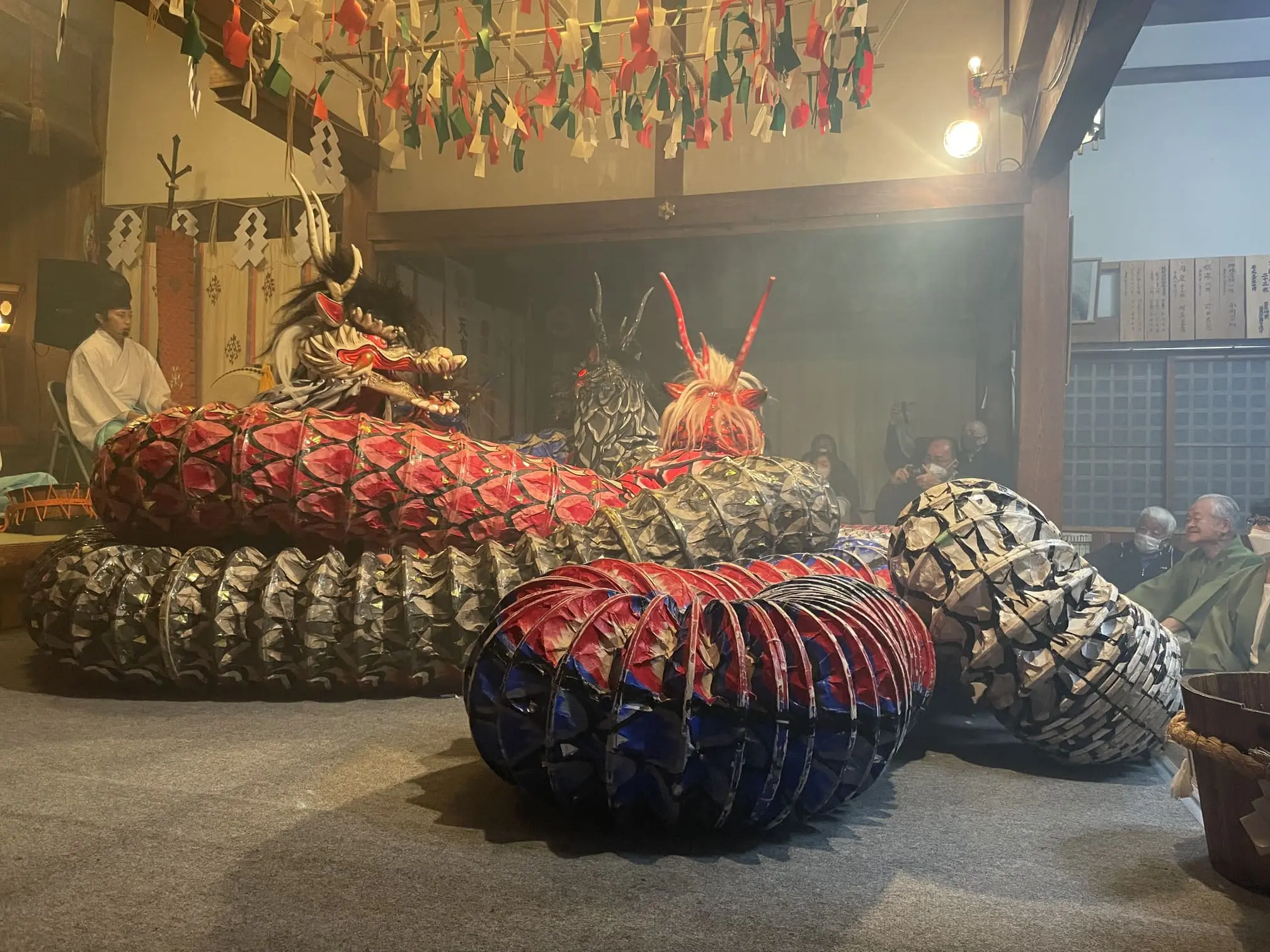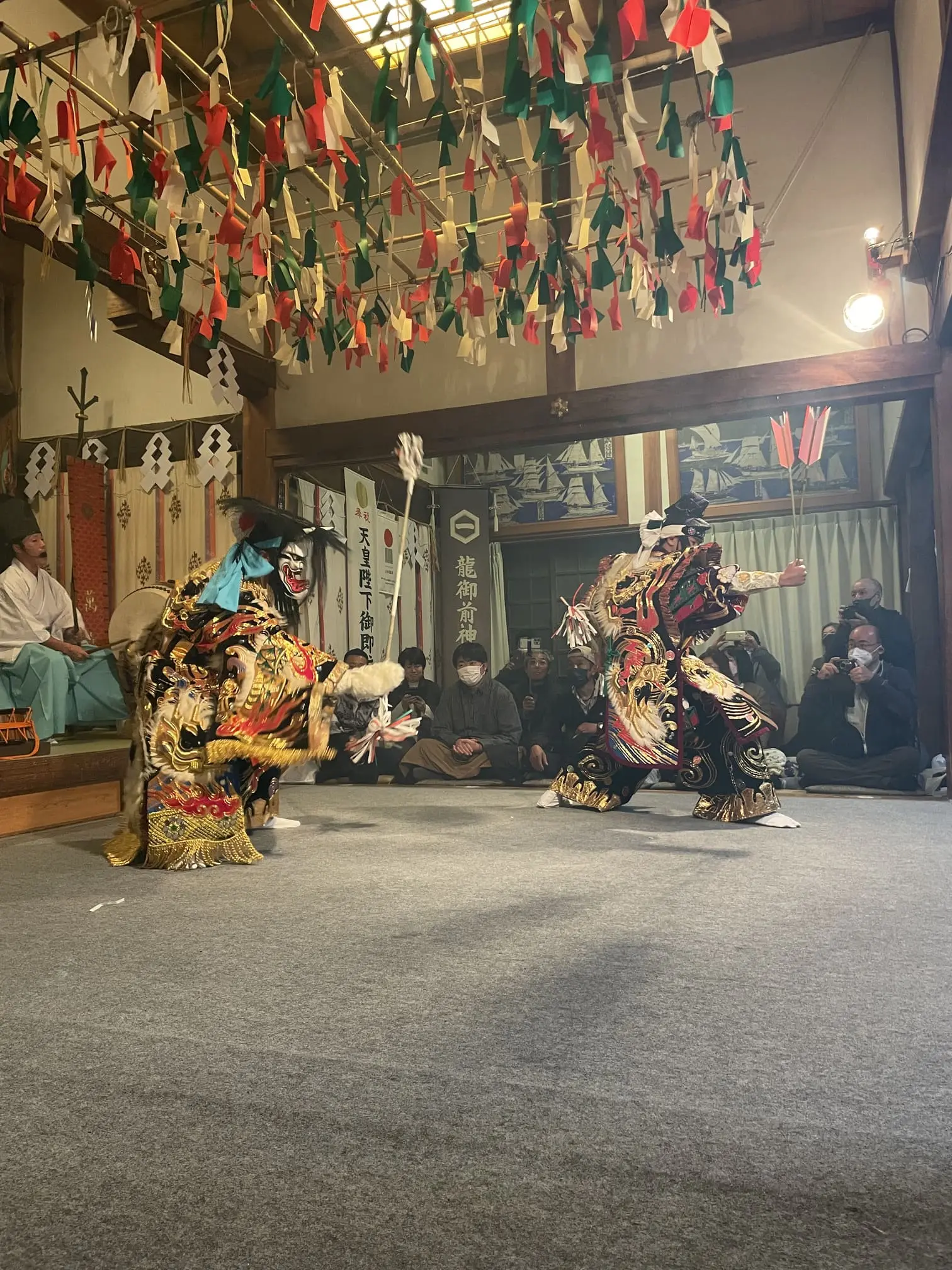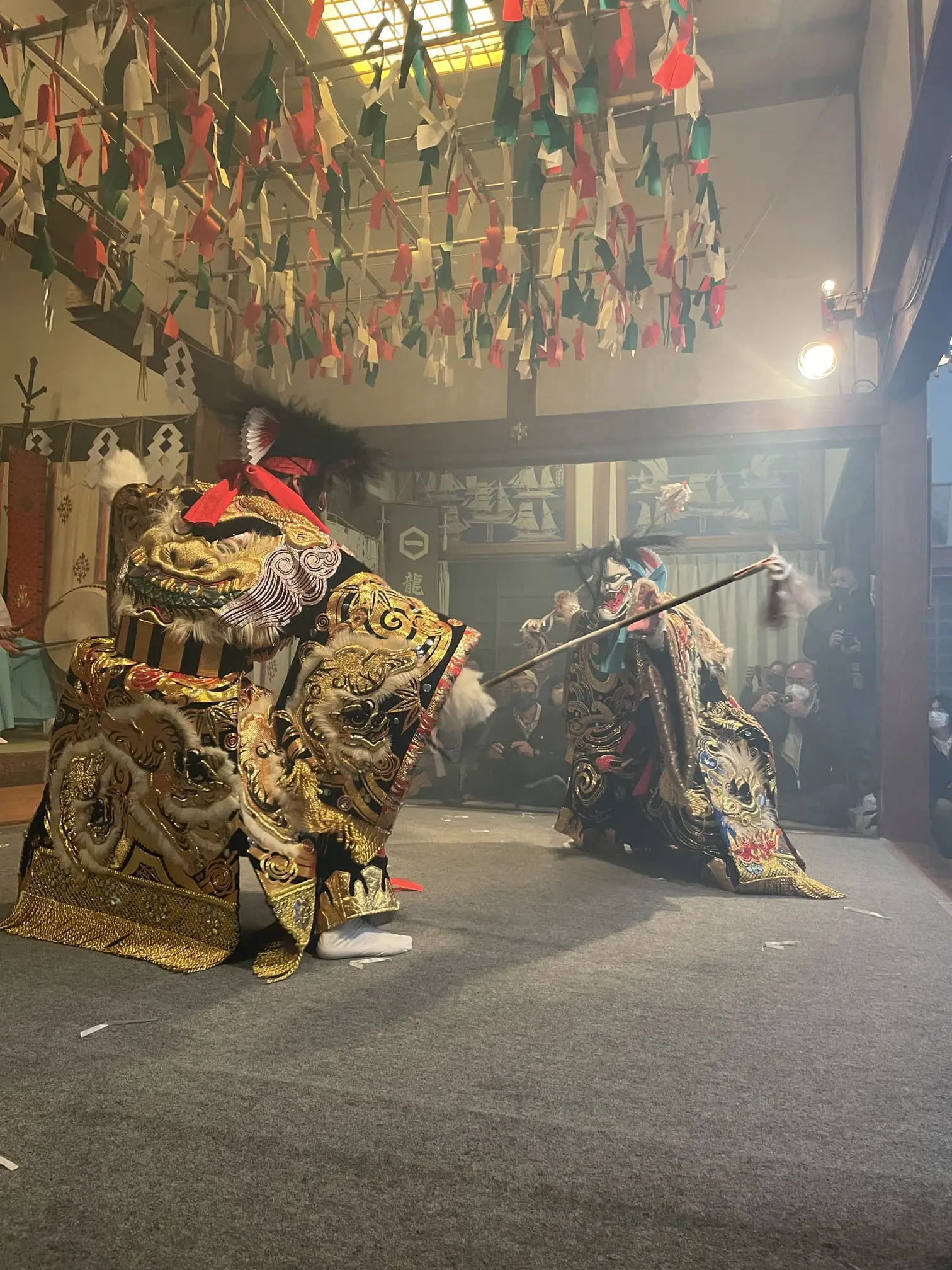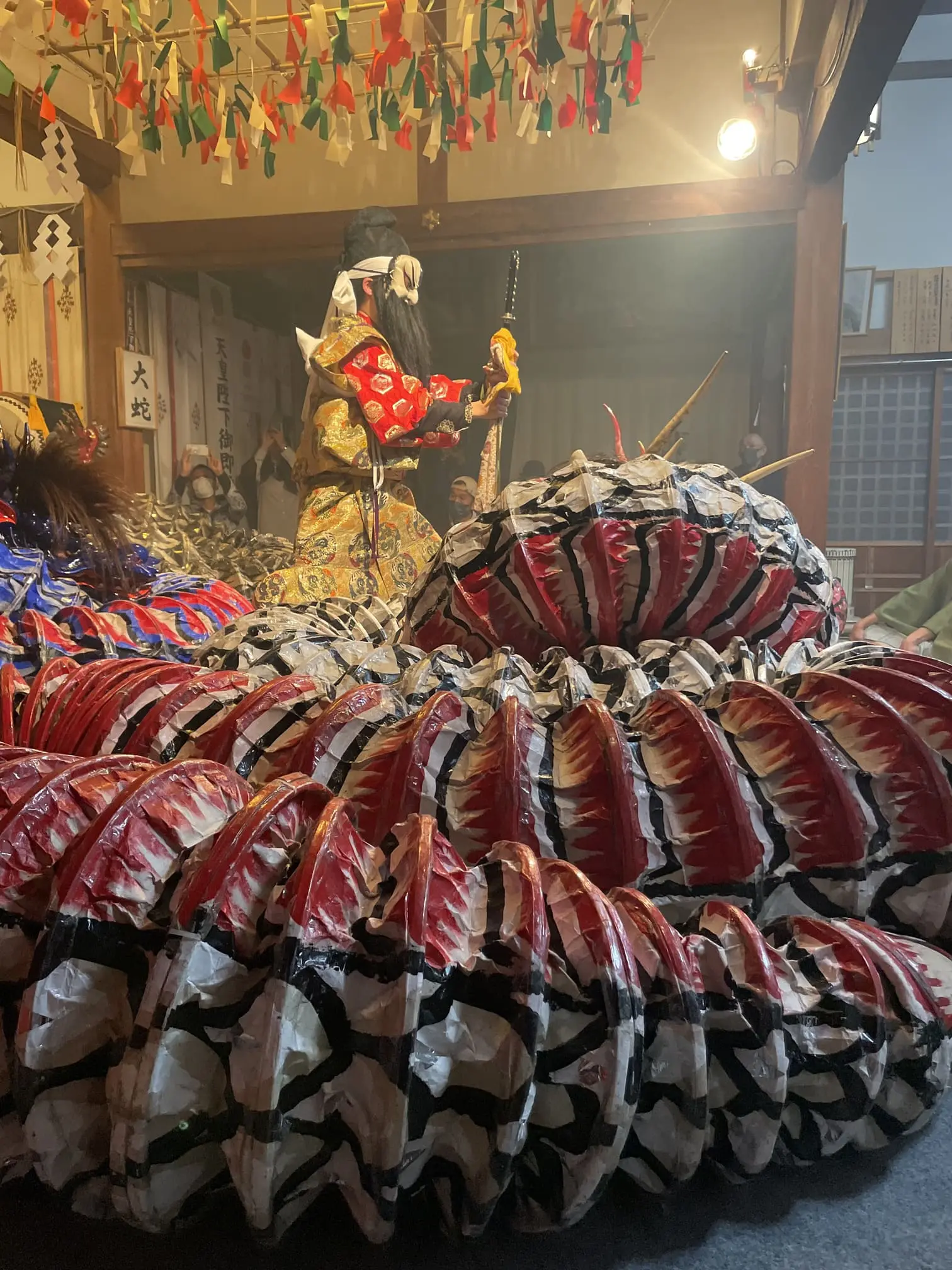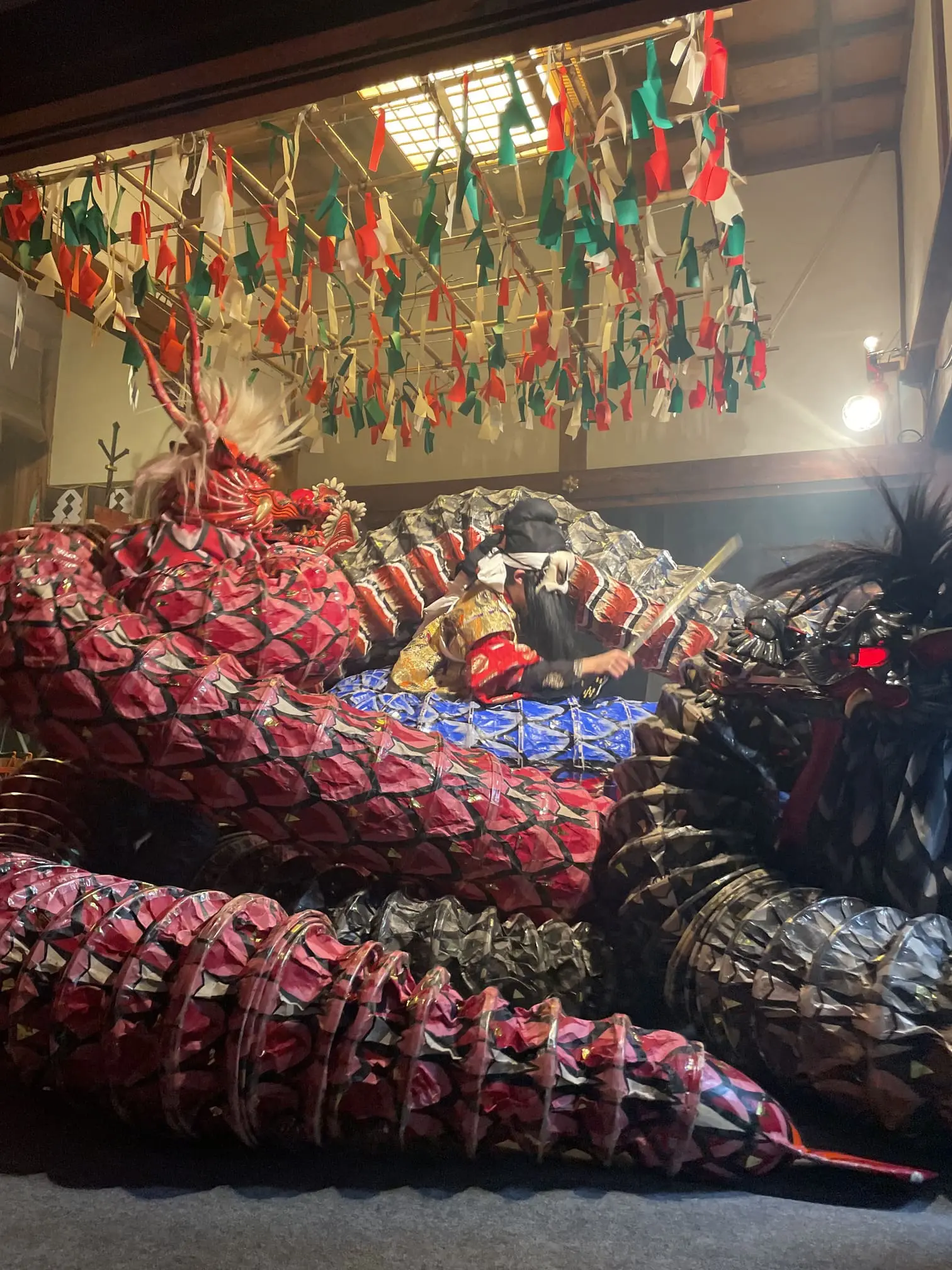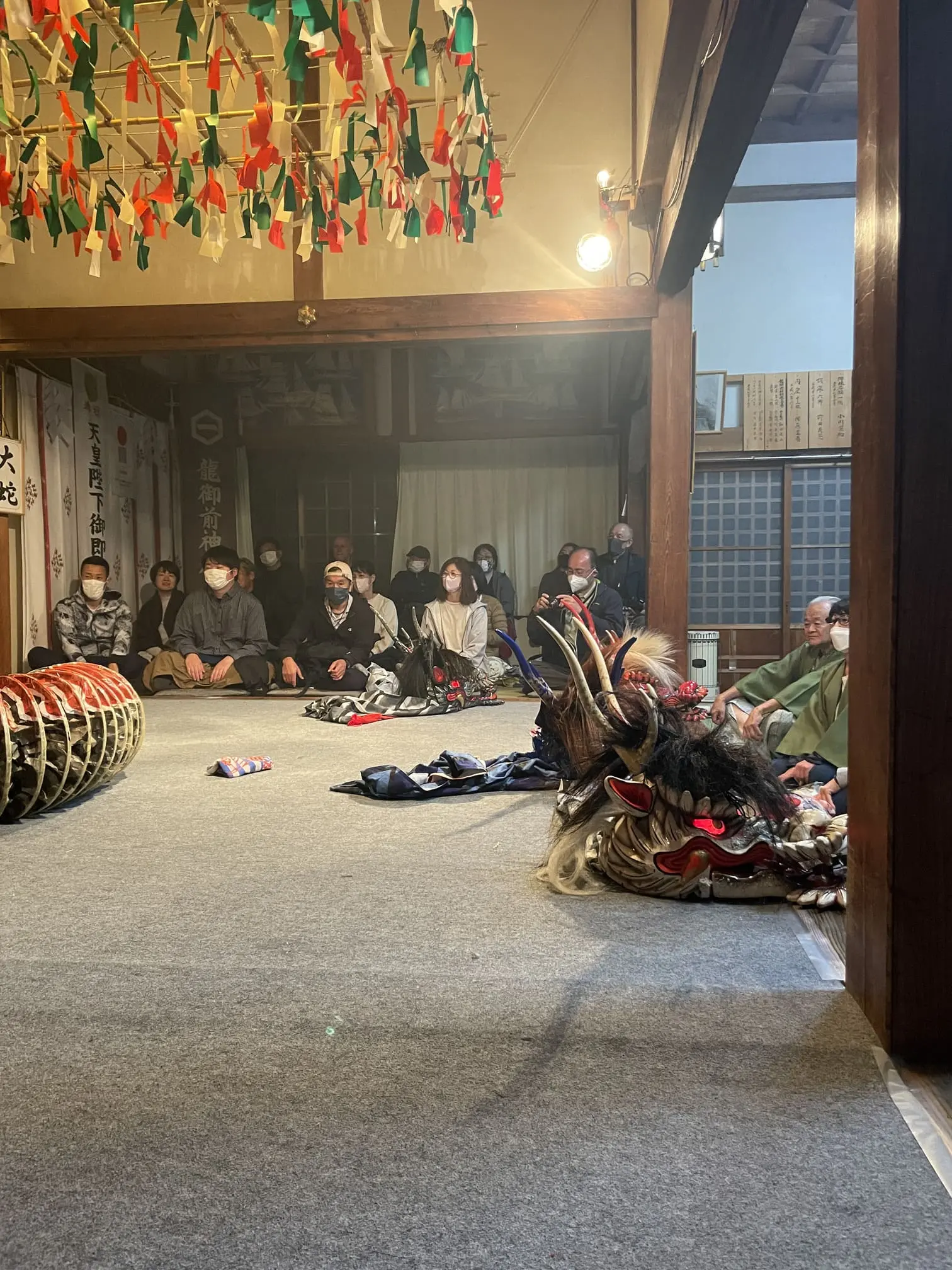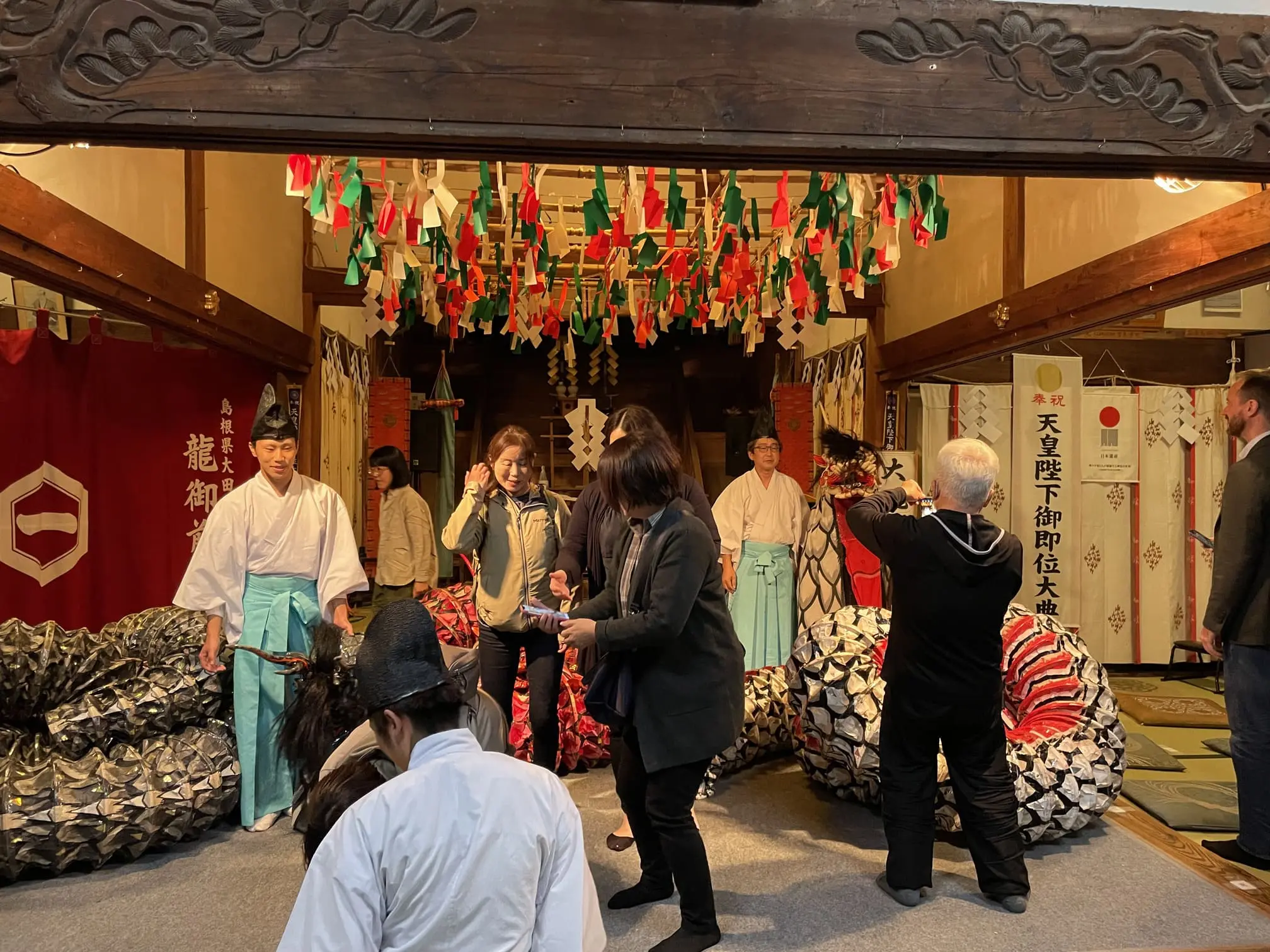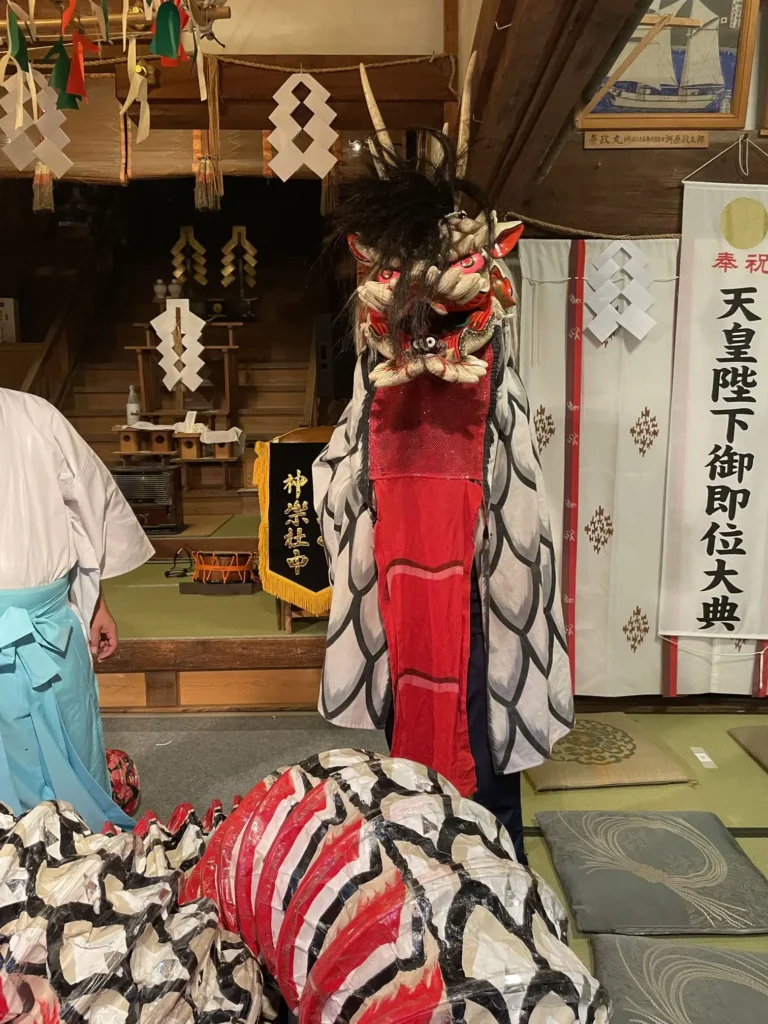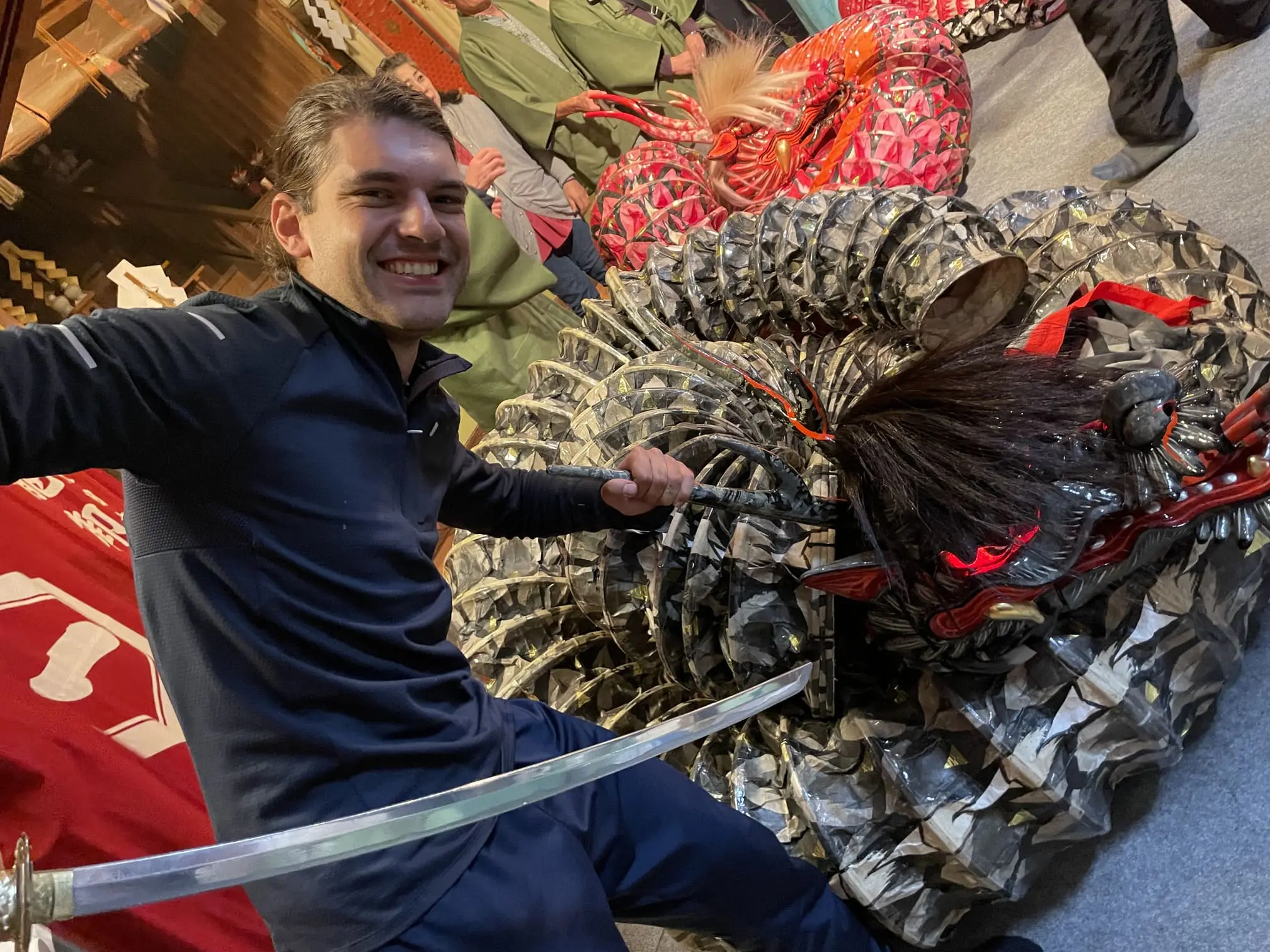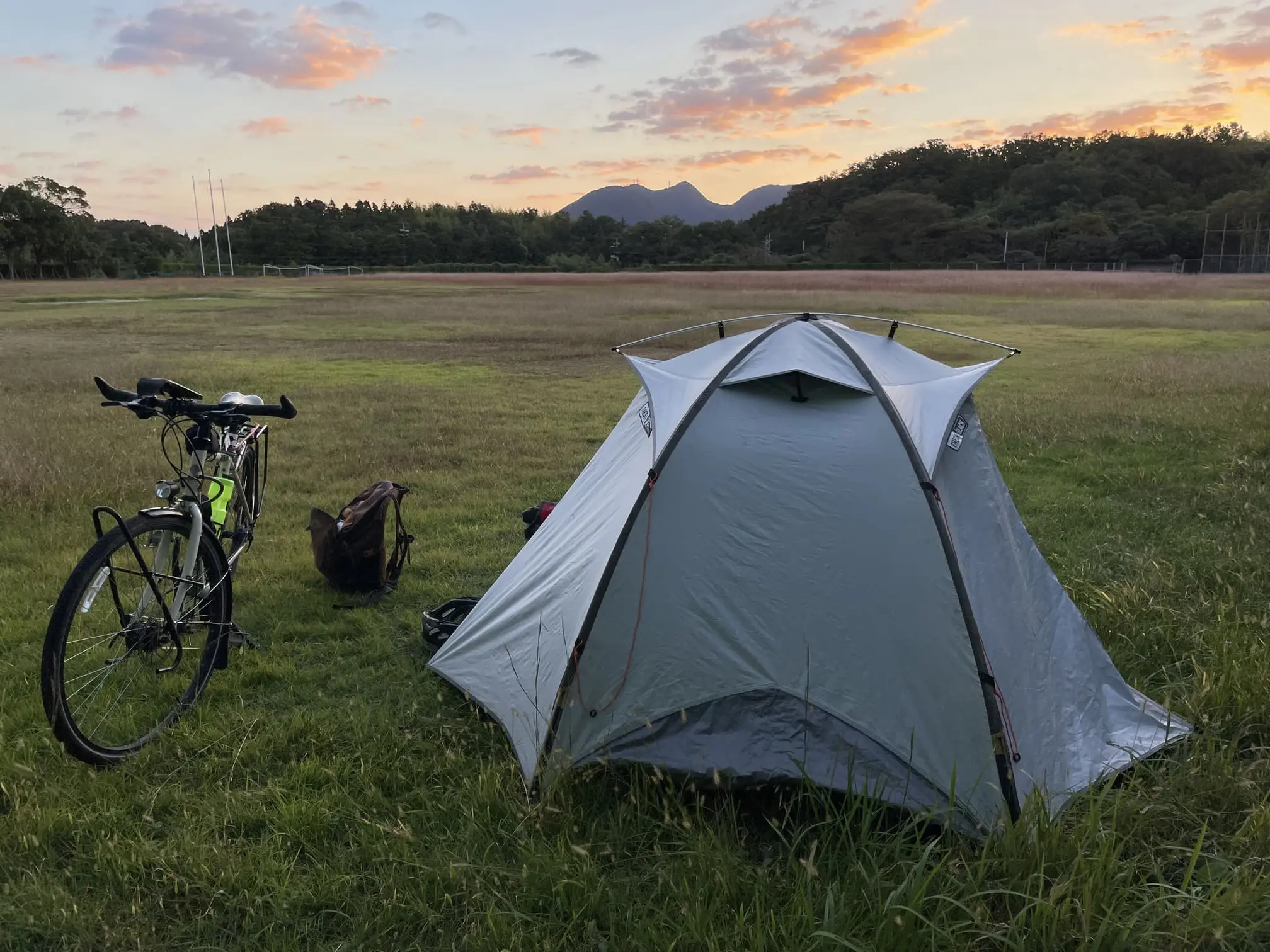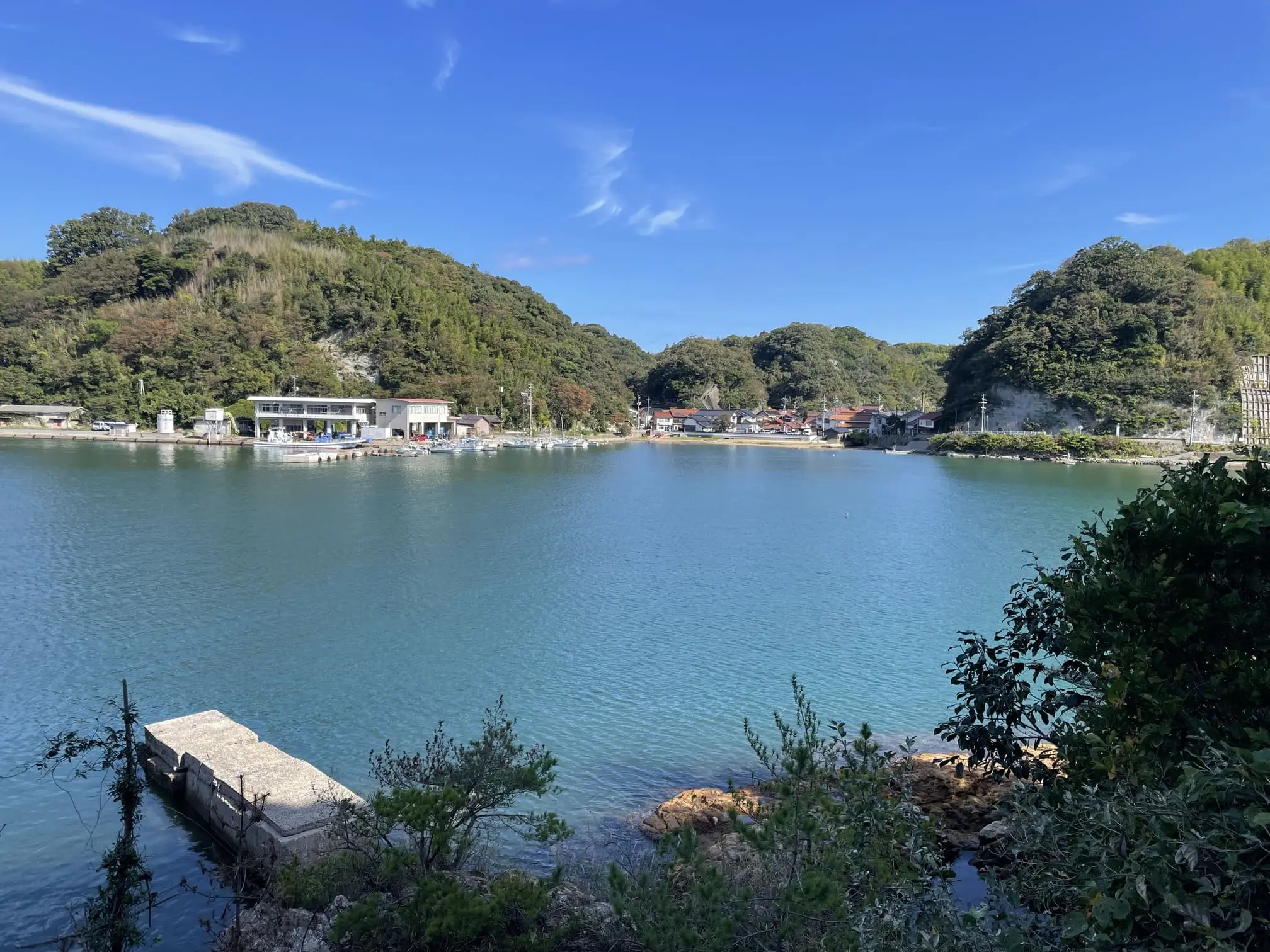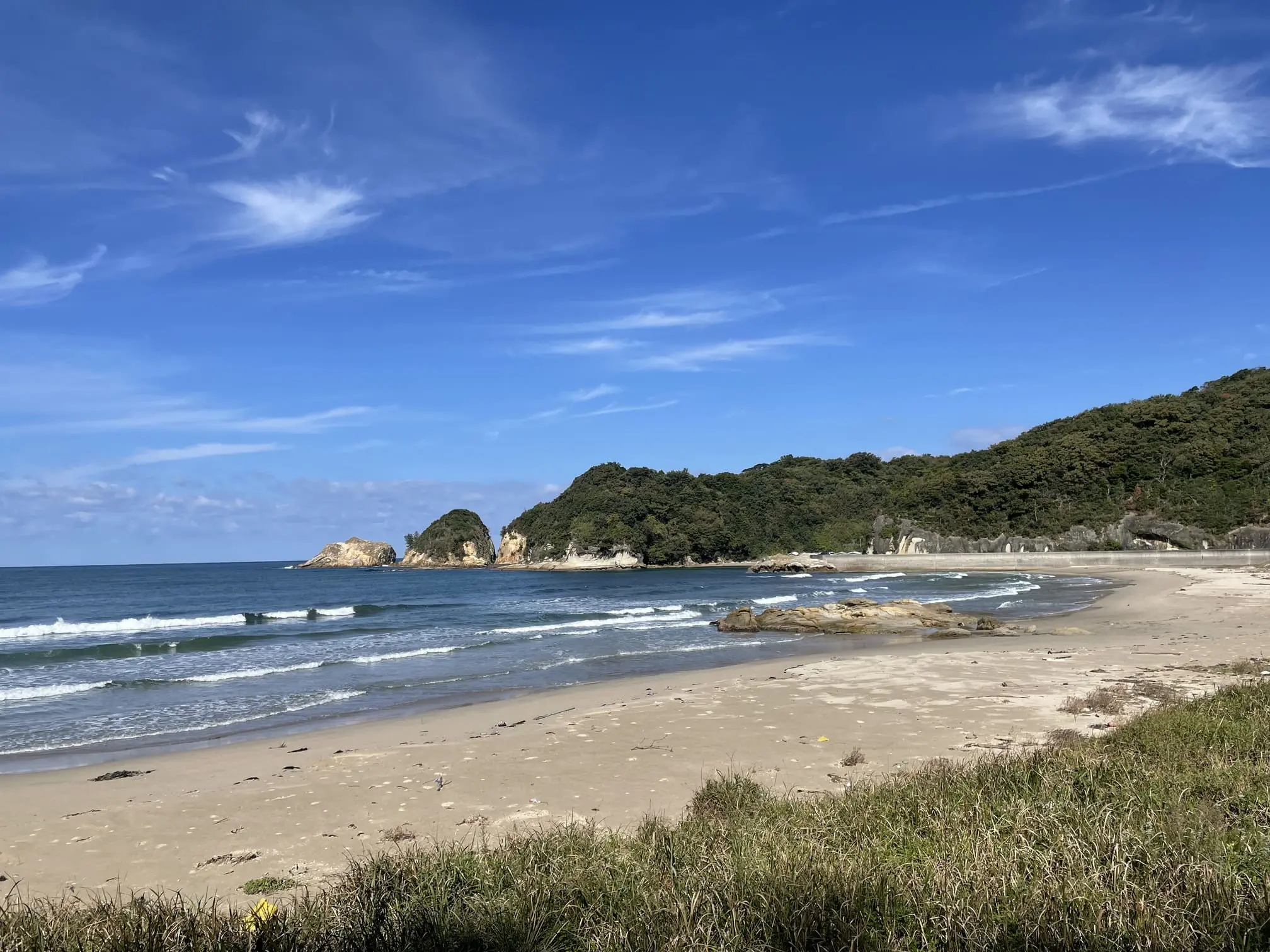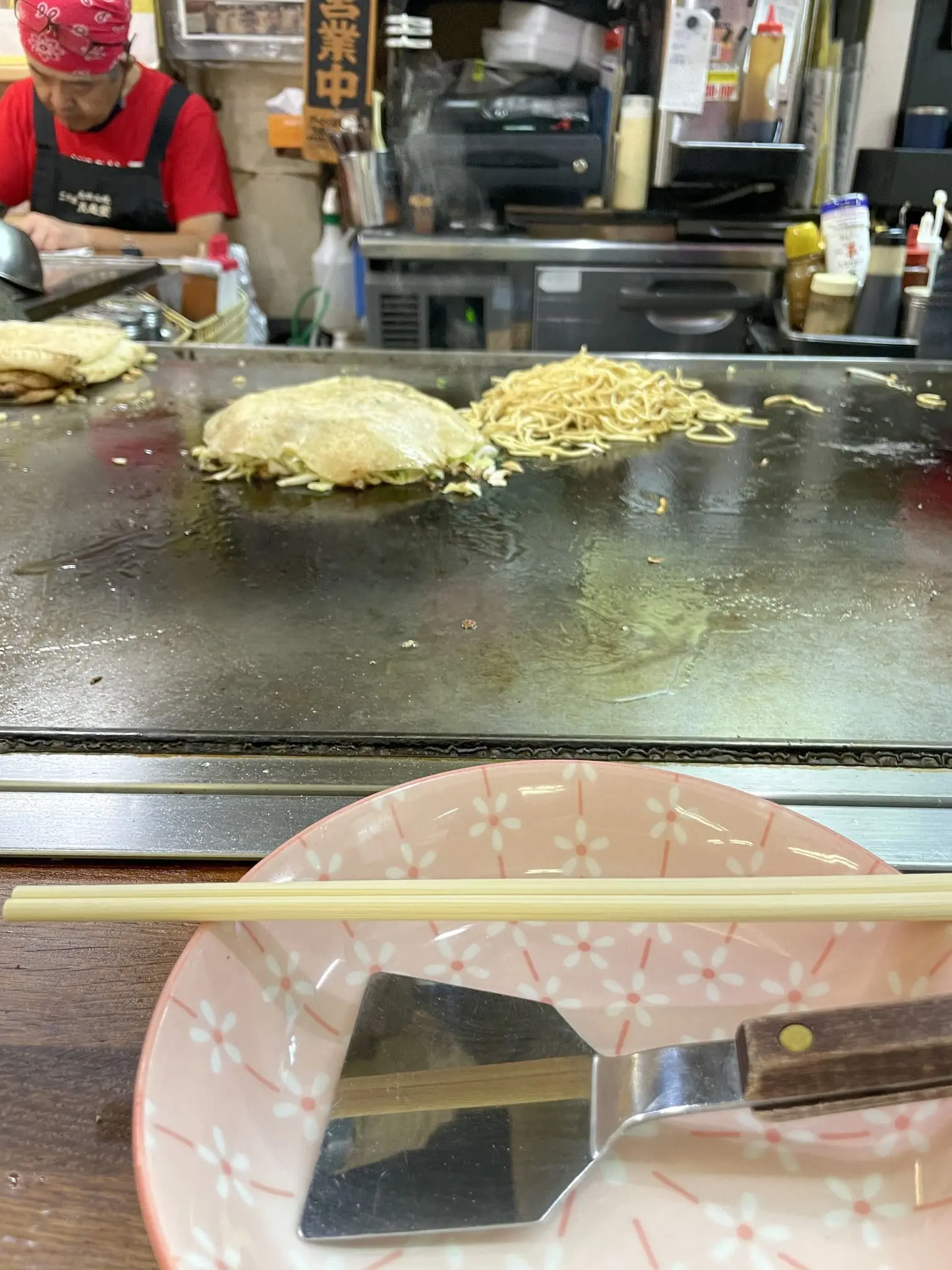After a long break between Osaka and Kyoto and a somewhat complicated warm-up, it’s time to attack the final leg of my journey to reach the famous city of Hiroshima via the prefectures of Tottori and Shimane. My body is crying out for an end, but my head doesn’t want to be finished with the fantastic discoveries of Japan.
I’m getting ready to explore more remote parts of the country. More local tourism and encounters with people unaccustomed to tourists will present themselves. Here’s my story from the prefectures of Tottori – Shimane – Hiroshima:
I wake up early to watch France play South Africa in the Rugby World Cup quarterfinals, but my heart breaks with the defeat of such a talented team. My day starts rough with this feeling of loss. The early wake-up makes me realize I need more rest before the exhausting day ahead.
I depart at only 10:45, and my physical condition seems better than in the past few days. I aim for Uradome Beach near Tottori, maintaining a pace of 19 km/h with the hills, which isn’t bad. I give my maxium to reach the beach ASAP.
The sun begins to set, but I need to combine this beach visit with Tottori’s sand dunes before sunset.
I quickly dip my legs in the sea, noticing that Japanese people don’t really swim in the sea or lakes, which I found curious from a civilisation surrounded by water. I also see some litter, which makes me a bit sad.
The small shrines and cliffs add charm to the place, perfect for an afternoon hike among the rocks, but that’s not my plan. I have less than an hour to reach the dunes before the sun sets. I give it my all.
I make it to Tottori no Sakyu! First, I see the giant dune called Horse Back—it indeed resembles one. The hollow is already shaded, so I have to climb the horse’s back to admire the final descent of the sun.
The wind slaps my face, but the view is magnificent. The sand grains under my feet, the reddish-orange glow in the west, and the dunes overlooking the Sea of Japan create a timeless moment, lasting only a few minutes, that makes such escapes worthwhile.
It is for this kind of moment suspended in time (factually lasting only some minutes), that I do such trips and explorations.
As night falls, the emotions subside, and I search for a camping spot near the dune parking lots; I have more to visit in Tottori tomorrow, still related to sand. The spot is ideal, close to toilets, hidden behind a bush. Perfect! I cook something using the gas bottle Vincent left me.
I’m set for a good night’s sleep. Tomorrow, rendez-vous for … ? The Sand Museum of course.
Day 47 Tottori to Yonago (104 km)
The morning visit to the Sand Museum is so interesting that I lose track of time.
This year’s theme: Ancient Egypt. Artists from around the world gather to create majestic sculptures, from Khufu and Giza to Cleopatra and Ramses and his tomb. Everything is meticulously crafted to preserve these works for several months despite their fragility.
The sand perfectly matches the structures of Egypt, which is impressive and a perfect fit. Previous years featured Russia, the United States, and even Czechoslovakia—seeing this is quite something for me as I live in Slovakia!
From outside, you can see one last work: tiny representations of Egyptian animals and a final view of the dunes before my departure.
I leave only after noon, aiming for Yonago (104 km), which will be a long haul for a half-day. I stumble upon a cute little shrine of lucky rabbits, with adorable sculptures.
I have lunch at a small place, Goto Café, where I try an unusual combo: scallop curry. It’s quite tasty and flavorful.
Before arriving in Yonago, I stop at Narishi Hama, the pebble beach, where the sound of waves withdrawing over the stones is melodic and soothing.
Reaching the city, I suddenly crave pizza. I find the first pizzeria and indulge—good, but I still prefer the ones back home from real Italians 😛
I discretely camp near a golf course, hoping for a peaceful night under the stars to save time on packing tomorrow. I plan to catch the early bus to Mount Daisen (the imposing mountain of Western Japan).
Day 48 Yonago/Mount Daisen Hiking “Pause”
Waking up early wasn’t enough—I miss the bus by two minutes… I spent too much time figuring out where to store my luggage at the station’s bike parking…
I have two hours to kill before the next bus. I grab some pastries from the French bakery at the station.
Then I decide to freshen up and shave, which takes ages with my bushy beard. I have to use scissors for the bulk before finishing with a razor. Feeling like I am getting over 18 soon hahaha.
The 9:30 bus works out well. I chat with a Japanese couple who speak excellent English. They’ve done the Camino de Santiago in three parts due to their Japanese limited vacation time, walking for ten days three times to complete the total 30-day journey. That’s a hell of a project, they amuse me with their crazy stories.
After parting ways, a non-Asian girl asks if I’m French, and of course, she is too—Lorette, a name I’ve never heard before. We decide to hike together. It’s nice to have company for the ascent.
We maintain a steady pace with breaks. Despite her thinking she has less physical capacity than me with my trip, she does well, and I’m not in a rush either.
She’s from Marseille, studied urban planning in Toulouse and Lyon, and started a Working Holiday Visa (up to a year for travel and work) a month ago in Osaka. She moves from hostel to hostel or farms for odd jobs and relaxation. I admire her courage to do this alone in an unknown country right after finishing her studies. She handles it well, taking care of children, helping on farms, refurbishing hostels, etc… Lots of opportunities can appear.
She plans to visit Miyajima Island near Hiroshima in a week, where I’ll be soon, so we might meet up there.
As we talk, we gradually reach the summit (1700 m). We see the Shimane Peninsula, the sea encroaching on it, and the coastal surroundings—truly a beautiful view. Autumn colors also appear in the cooler heights. The good weather allows us to fully enjoy the moment and take a nice break.
Part of the way back down is via another path and what a farandole of colours. Autumn is slowly arriving here. It’s a pleasant sight, combined with the moss and the rest of the greenery turning yellow. We also come across a temple and some surprising nature. The images speak for themselves.
While waiting for the return bus to Yonago, I realize my only affordable lodging option is the same hotel as Lorette. I book a night there, so we continue our evening together.
We dine at a local restaurant; I have Genghis Khan, named for its Mongolian helmet-shaped grill. The daikon salad is also delicious. We finish at a fun bar with a quirky owner, but I should have checked the prices—3400 yen for two drinks is more than any restaurant I’ve been to, haha.
But it’s okay, the time with Lorette was great, we had a lot of laughs. We each head to our dorms, hoping to see each other in Hiroshima!
Day 49 Yonago to Matsue (Shimane) (65 km)
I start off slowly towards Mihonoseki at the end of the peninsula.
First, leaving Yonago, I stop at an old man’s place who makes all kinds of takoyaki. I don’t know exactly which one I get, but it’s very good. I chat a bit in English with him and another customer; the atmosphere is warm and friendly. I also grab a bunch of pastries from a French-style bakery, once again. I can’t help it; they make such cute ones at reasonable prices—it’s tempting.
The journey takes a bit longer to reach the fishing village and its lighthouse. From there, you can even see Mount Daisen, where I was yesterday. Traveling by bike makes you really appreciate the effort required to cover certain distances, and accomplishing them is even more satisfying.
At the lighthouse, I meet a fantastic trio—a couple and the grandmother—who are very friendly with their few words of English. They tell me they lived in Brazil and can speak the local Portuguese. I didn’t expect that from Japanese people—a nice surprise.
I then cross the Mihonoseki village and visit its small shrine where I get a Goshuin (a special stamp from a Shinto shrine or Buddhist temple). It’s a really nice, authentic place to visit. An area that’s so far away from everything and yet seems so accessible when you can get there by bike. I really liked the place.
I head now towards Sakai Minato. This is the town of Shigeru Mizuki, a very famous mangaka in Japan but little known abroad, and it quickly becomes clear why. His main work, Gegege no Kitaro, is a world filled with spirits (Yokai), and an entire street is “infested” with statues of varying sizes of all the creatures in his story. It’s very amusing, and you can really stop to admire each creature—it’s incredibly well done. I don’t see much else of the town besides the train station where Kitaro and his companions are depicted, along with a large poster.
I have to hurry to visit a Japanese garden before it closes and head towards Matsue. It’s a lot for a late afternoon. I pedal hard to make progress, crossing the bridge with the most rounded arch I’ve ever seen, close to look like a hill 😛 , but I make it in time to visit Yuushien.
What can I say? The garden is exquisite, with flowers on the water like water lilies, trees, moss, mist effects, etc. Everything is super poetic and photogenic. The spiritual path the Japanese follow in their garden design is fantastic—I never get tired of it. I’d love to draw some inspiration from it one day without overdoing it; the use of small stones, balanced rocks, greenery, and other plants give substance to this natural work of art.
As night falls, the Chinese tourists annoy me a bit; they are louder and take forever to take pictures, not letting others have a turn. You quickly sense the difference between the two peoples.
For the last few minutes, I manage to be almost alone and take another look at the beautiful plants in the superb sunset light without being disturbed. Lucky me.
I leave for Matsue at night, doing my best to check in at a reasonable hour; the manager is cool.
I explore the city’s nightlife areas and try to sample the 7 Delicacies of Lake Shinji (right next door), but it’s a fail. The only recommended place is full. I settle for another establishment to taste various dishes, including one of the weirdest I’ve ever had.
First, the classics: a beef skewer, fresh sea bream, and smoked cheese (almost as good as Slovak smoked cheeses). Then comes the monster: Tsuboyaki of Sazae (like the temple seen in Aizu Wakamatsu), a sort of Japanese turban shell that looks a bit prehistoric, cooked on the barbecue and marinated in sake sauce. How to describe it? Strange. It’s like pulling a demon out of its shell with an incomparable form to anything familiar to us in Europe. It’s not bad, but not very good either; the rubbery texture doesn’t help. But it was worth the experience.
As a souvenir, I keep the Sazae’s shell cap in my wallet.
I then seek out a good drink in the city center, finding a small bar run by two young people doing Baito (temporary work, usually students or on a working holiday visa). They manage it well. It’s a couple, and they’re very cute together—Eishin and his girlfriend, whose name I forgot. They talk about their studies and goals; they seem happy to be there, their minds untroubled. Eishin even gives me a note listing the ingredients of the 7 Delicacies of the lake: sea bass, shrimp, eel, smelt, whitebait, carp, and shijimi (a type of clam). In Japanese, the mnemonic is su-mo-u a-shi-ko-shi: Suzuki, Moroge-ebi, Unagi, Amasagi, Shirauo, Koi, Shijimi. Thank you, Eishin; I hope to taste them one day now that I know them all.
Thus ends my night in Matsue, which I already appreciate a lot 🙂
Day 50 Matsue to Izumo (47 km)
I spend the morning in Matsue, visiting the castle, which is worth the detour. The interior is very impressive; you really understand the structure, and there’s plenty of space to explore the entire place comfortably. It’s also one of the best-preserved castles, along with Matsumoto. The structure is designed to distribute weight across the entire building, not just the ground. All the vertical beams span two floors to support the whole thing—a real architectural feat. The Matsudaira clan (close to the shogun) ruled the region for most of the time.
Speaking of this clan, one member founded his tea ceremony school in Matsue, so I visit Meimei An to enjoy some superb matcha and wagashi in an exceptional setting; the view in the rain is lovely. A young apprentice serves it in a very formal manner—tea ceremonies are a real institution here. I even receive two wagashi, one representing tea buds in green (wakagusa: young sprouts) and one depicting a blooming field of rapeseed in yellow (natane no sato: a butterfly on a field of rapeseed).
I enjoy a tasty ramen closer to the city center and then send my last and recently written postcards.
I move on to Tamatsukuri Onsen (an onsen mentioned in the Kojiki, the book of Shinto mythology). You gradually feel like you’re entering THE prefecture of Japanese mythology. The town is full of references, especially to Okuninushi, the ancient king of Japan, from whom successive Japanese emperors are said to descend. I enjoy small Ashiyu (foot baths) scattered along the stream running through the village; the misty atmosphere gives the place an intriguing character. I also taste a delightful dessert shaped like a Magatama (a comma-shaped good luck charm that even emperors possess during successions) and buy madeleines shaped like Shijimi. If I can’t taste the actual clam, I’ll eat the sweet version instead.
The rest of the afternoon involves giving it my all along Lake Shinji to reach Izumo, the city of Japanese mythology. I catch the sunset on the sacred beach of Inasa No Hama and its rock, just in time. This beach represents the place where the gods meet once a year (and, of course, the Japanese have turned it into a festival, more spiritual than most). It’s amusing how many people rush to see the sunset and disappear within minutes. I try to appreciate the moment a bit longer, facing the sea and the darkness replacing the sunset slowly.
I then visit the famous Izumo Taisha (Great Shrine of Izumo) dedicated to Okuninushi at night, planning to see it again in daylight tomorrow morning.
I discreetly find a camping spot nearby, close to a museum, hoping not to have any issues. I’ll get up early tomorrow to clear out.
Day 51 Izumo to Yunotsu Onsen (68 km)
When I had almost finished packing up, a man saw me, so I quickly set off to blend in and explore the area. I parked and secured my bike without much trouble; I wasn’t worried about my belongings since there’s hardly any risk of theft here (or anywhere else in Japan).
The shrine complex is truly colossal. Entry is via the right path and exit via the left path, with the middle path reserved for the Gods and their descendants (drumroll… the emperors), so very few “humans” ever use it. This is the second most important shrine in Japan after Ise Jingu (dedicated to Amaterasu, THE sun goddess and the most significant deity in this religion) in Mie, which I definitely want to visit in the future. Speaking of Amaterasu, there’s a sculpture at the entrance depicting Okuninushi offering the governance of the country to Amaterasu and her lineage, which is why this shrine is dedicated to him. Okuninushi is thus seen as a virtuous and altruistic figure, heeding his son’s advice (I really need to read some of the Kojiki).
The main building is currently 24 meters high (potentially 48 meters in the Middle Ages), which is why it’s called the Grand Shrine—it’s the tallest in Japan. It’s restored every 60 years.
Under another building, I saw the largest Shinto rope (Shimenawa) I’ve ever seen. Made from rice or hemp straw, it marks the purity and sanctity of a place or object when it surrounds them (such as trees or rocks), signifying entry into the domain of the gods.
Here, the theme is En-musubi (bonds and destiny, yet another reference to the film “Your Name“—can’t get enough), with Okuninushi being a proud representative of this. That’s why people come to pray for relationships, whether romantic or friendly (mainly young girls/women), or to give thanks for these relationships and hope they last. I picked up a lovely white charm with gold writing. The little rabbit statues around the shrine are also very cute. Overall, I really like this place; it has a good energy.
My time is running short because I want to cover several dozen kilometers before nightfall for a specific event. But first, I tried the local specialty: Izumo Soba. After an unsuccessful attempt at a closed establishment, I waited 20 minutes to get a seat and enjoy this dish served in three layers: Sanshoku Warigo Soba. There are three different toppings for these buckwheat noodles. The first layer has wild vegetables (a kind of thin beans), the second has sweet potato (Yam), and the third has grated daikon and tempura crumbs. YUM. I’d love to recreate this at home.
But now, no more time to waste; I need to get to Yunotsu Onsen, a tiny fishing village also known for a Kagura performance at a shrine every Saturday night. Fortunately, I’ve timed my arrival for a Saturday. I want to try and reserve a spot but can’t find anything… Fingers crossed they’ll let me in.
Along the way, I lose quite a bit of time due to a lapse in concentration—I didn’t close my bag properly, and my charger fell out in a tunnel. It takes me five minutes to realize it and try to retrieve it. After a terrifying walk through the tunnel with trucks and cars, I find the cable intact but the transformer completely shattered. I’ll keep the surviving piece as a souvenir, hoping to find an electronics store tomorrow… I’ll survive with my external battery tonight.
I am too late to secure a camping spot, so I first go to the shrine to ask the young people if there is still space for the kagura event. They assured me there is no problem, which is a relief. I have an hour to find a camping spot and return. Luckily, I find an abandoned sports field that is perfect for setting up. I quickly set up my camp and charge my phone as much as possible to enjoy what is coming next.
I arrive at the shrine, where they find me a small cushion near the curtain marking the entrance for the performers. Everyone is excited for the event; the energy feels magical.
The show starts, and wow, what a spectacle! I am captivated. The actors’ singing, the temple musicians in the back, the dances and choreography, the stunning costumes—everything comes together perfectly. We witness two scenes from the Kojiki. First is a battle between two men and two masked characters (I can’t understand the explanations in Japanese, so I can’t provide more details).
The scene begins with a lot of dialogue in a steady rhythm, then the dances speed up until the main protagonists’ final victory.
During the intermission, the performers switch, with the musicians from the first act becoming actors and vice versa. The second scene depicts the battle between Susanoo-no-Mikoto and Yamata-no-Orochi, the god fighting the demonic eight-headed dragon. The combat is very impressive, especially how they manage the large dragon costumes.
The music and chanting speeds up, and the audience is fully engaged, smiling widely. These types of performances are exceptional.
I love it so much, I take a thousand photos and videos, even deleting files to save space.
At the end, we can take photos with the costumes and actors, and the atmosphere is super friendly and welcoming. I have a huge smile on my face that won’t go away until I go to bed. I AM THRILLED. All the day’s troubles are forgotten during this magical one-hour show.
I feel completely at peace as I settle into my camping cocoon.
Day 52 Yunotsu Onsen to Hiroshima "End" (Hiroshima) (112 km)
I wake up early to go to the onsen at 7:00. I am a bit worried about the crowd and my tattoo, but everything goes smoothly. The elderly men chat with me calmly. They laugh at me when I can’t handle the scorching bath—haha, it is very fun.
I also ask a young guy if he has any chargers; he doesn’t, but he leads me to a bar where I can combine breakfast and charging my phone and battery, so I take my time. A man from Morioka who had been at the performance yesterday talks with me a bit and tells me I’m welcome if I ever visit Morioka—how cool :)!
I chat with the waitress who serves me an Ochazuke, a complete breakfast with rice and other ingredients cooked in tea. Quite original, and you can feel the healthy side of it. She’s from Tokyo but decided to learn as many manual skills as possible in a cute but remote village in Japan, funding herself by working in this bar. I am impressed by her goals and maturity. I see the extent of her skills and ambitions in her journal, where she notes, draws, and prints photos to show what she learns, undertakes, and discovers almost every day of the week.
She’s incredibly skilled and ambitious—I almost envy her. In two years, she learned how to perfectly cut fish, prune and trim trees, harvest fruits and vegetables, extract bark from trees, and still travel around the country—amazing. She’s a real go-getter, as we say, bravo !
But enough about that; I need to get to Hiroshima tonight, and it’s not close. I start at 10:20, hoping to cover the 110 kilometers during the day. And yes, I reach Hiroshima at 18:30 with a total of 2 hours of breaks.
So, I do a good 6 hours of riding with a significant 1300m of elevation gain along the way. First, the last views of the Sea of Japan and its small beaches are very beautiful before I tackle the heights and the end of Shimane Prefecture, which really made an impression on me. The rugged and picturesque coastline seem to bid me a fond farewell and wish me a good journey—so touching. I feel a pang in my heart, as many times during this trip, which is becoming more and more personally meaningful; I’m growing attached to the places and the country.
I gradually enter Hiroshima Prefecture and can admire the central mountains of Chugoku. I quickly get a phone adapter—no big issues there. Before reaching Hiroshima, I enjoy the beautiful sunset over the mountains.
After quickly dropping off my things at the hostel, I use my last bit of energy to head to the city’s Okonomiyaki district: Okonomimura. It’s a building with several floors, 3-4 of which are filled with small okonomiyaki restaurants (about 4-5 per floor—it’s crazy). The chef and his assistants fit the bill perfectly for this kind of place—jokers and a bit eccentric, which I like because it put me at ease. As it’s different from Osaka’s okonomiyaki, I can’t really decide which I prefer. The noodles and structured layers add something, but I miss the fluffy texture of the Osaka-style dough. I’d say it’s a tie for now.
(A little info about this dish: it became popular during/after the war when there wasn’t much to eat, and people adapted this recipe with available ingredients depending on their region, which is what the name of the dish means: grill what you like.)
I savor my delicious meal, then collapse into bed because the next few days will still be active, despite reaching my initial endpoint.
Okonomimura, location, preparation, tasting
This last day marks a turning point in my journey: the achievement of my initial objective.
I can see every day spent on the archipelago flash before my eyes. It was pure pleasure (with some physical and emotional pain), something you perhaps only experience once in a lifetime (although I hope not).
What does the rest of the trip have in store for me? You’ll find out in the following days and articles, starting with my rest in Hiroshima and a bonus destination! See you in part 9 to find out!

